Bestiary, Plants
Plants
Plant DR is ablative to burning, crushing, cutting, and huge piercing attacks to the same spot. DR is semi-ablative to multiple impaling, piercing, and large piercing attacks to the same spot. DR varies depending upon what kind of wood it is. Species of Timber. . . . . . . . . . . . . . . . . . . . . . . . . . . . . . . . . . . . . . . . . . . . . . . . . DR per inch of thickness Buloke, Quebracho, Quebracho Colorado, Lignum Vitae . . . . . . . . . . . . . . . . . . . . . . . . .7 Brazilian Tiger Mahogany, snakewood . . . . . . . . . . . . . . . . . . . . . . . . . . . . . . . . . . . . . . . . . 6 Ebony, Ipê, Olivewood, Ironwood . . . . . . . . . . . . . . . . . . . . . . . . . . . . . . . . . . . . . . . . . . . . . .5 Composite Bamboo, Bloodwood, Live Oak, Southern chestnut, Turpentine tree . . . . 4 Purple heart, Mesquite, Rosewood, Tigerwood, Hickory, Pecan . . . . . . . . . . . . . . . . . . . 3 English Oak, Ash, Maple, Teak, Siberian Larch, American Beech . . . . . . . . . . . . . . . . . . . 2 Walnut, Mahogany, Radiata Pine, Douglas Fir, Basswood, Chestnut . . . . . . . . . . . . . . . . 1 Balsa, Cuipo, Cottonwood, Northern White Cedar, Duru . . . . . . . . . . . . . . . . . . . . . . 0.5 or lessSpikevine
(Nassëa Liantassë): a kudzu-like vine that is covered in sharp thorns. It is often strung from posts like barbed wire. It is native to jungles, although it will also grow in temperate rain forests. Developed by the Elves long ago, they use it for fencing, keeping people out of restricted areas, and as area-denial tools. "Cow Fence": Unpenalized Climb, unpenalized Will not make noise if injured. "Chainlink fence topper": -2 to -4 Climb (straight up or angled), unpenalized Will not make noise if injured. On a Climb failure, take 1 point of damage (2 on a critical failure) and have to make a Climb check (equal to the Climb penalty) not to get hung up (requiring freeing themselves somehow, probably damaging clothes or equipment). On a critical failure they get hung up in some terrible fashion, like upside down by one leg, and still take the damage. The most difficult part of climbing something like this is not the 'danger of getting cut', it is not getting hung up, having to go slow and careful. Or fast and loud by throwing something thick and heavy over the wire (like a canvas tarp). nassëa spiked, pointed, barbedliantassë vine
Snapweed
(Hlónawelvolastë): A low ground cover plant with delicate air bladder seed pods. When popped (and it doesn’t take much force to pop them) they make a loud snapping noise. Useful as an alarm if someone is wandering in the area. Grows much like a philodendron, with long stringy branches. Developed by the Elves. Those passing through it have -4 to their Stealth skill, and if they fail a Stealth check the loud popping noise may alert nearby sentries. welvë bubbleolastë growth (noun)
hlón(a) noise, sound
Bloodtree
A species of vampiric tree that can drop its leaves , which then drift over to its victim and latch on, draining blood. This “life energy” (calories) are then magically transmitted to the tree. The leaves, while they can’t fly per se, are steerable when gliding. The tree trunk is pale, like an aspen, but without the papery bark. The leaves are a grayish green, unless feeding, in which case the veins of the leaves turn blood red. Fairly rare, most people don’t know what these are (Survival roll at -6 to recognize one, unless you have seen one before). The tree will detach lots of leaves in an attempt to have as many as possible attach themselves to as many victims as possible. Each victim is attacked by 1d+2 leaves; the tree has an Innate Attack skill of 14. Each one that succeeds its attack roll sticks to the victim, and the next round begins to feed. Treat feeding like a 1 HP Deathtouch spell, but with the effects of a Pain spell as well. The subject gets a HT roll to resist; if failed, 1 HP is drained, feeding the tree. Like Deathtouch, it works through armor. If the subject tries to remove the leaves from their body (generally a good idea), make a DX roll. MoS removes that many leaves (they are “sticky”, sort of like velcro, so it isn’t a matter of just simply brushing them away). Each leaf has 1 HP and 0 DR, so the leaves can be “killed”. When a victim has no leaves attacking them (removed or killed), the tree will send another wave of 1d+2 leaves at them. To stop the attacks, either get far enough away (about 30 yds) or kill the tree. Plant DR is ablative to burning, crushing, cutting, and huge piercing attacks to the same spot. DR is semi-ablative to multiple impaling, piercing, and large piercing attacks to the same spot. DR is similar to Hickory: DR 3 per inch of thickness. Trunk diameters range from saplings (1 inch) to ancient trees (up to 4’ in diameter, or 48”). Felling a tree typically uses AoA (Determined), for +4, which handily equates to the SM of the cut the lumberjack is trying to hit (misses might just hit another spot on the trunk instead). The trick is to keep hitting the same spot, in order to ablate the DR and start damaging the tree. The tree is immobile; all it can do is drop leaves on whomever is attacking it. While there is a limit to the number of leaves it has to drop, it’s high enough to not worry about it. Note that most people can’t chop at the tree very effectively when they are spending all their time removing the leaves that will suck the life out of them. If someone can keep the leaves away from them though…. Items made with this wood gain +1 to Crafting skills (exotic materials). Weapons made with it cause 1 HP/minute bleeding, in addition to any other damage caused. Missile weapons made with this wood do not get the above effect, instead, they gain +1 to hit Veins and Arteries. Arrows, on the other hand, get the bleeding effects.Paradise Plant
(Valimalaima): tropical plant with a giant, clematis-like flower that exudes a hallucinogenic scent that affects vertebrates. The aroma doesn’t seem to affect insects, allowing them to pollinate them without going loopy. The chemical is both a hallucinogen (mild) and euphoric (not mild). Often used on purpose for a high, they don’t grow well in captivity. Elves use them as part of their village defenses (makes soldiers less able to fight effectively, and can often totally discourage scouts from doing their jobs). Being mild, the hallucinogen doesn’t really change the appearance of the environment; it tends to add things to it (like flowers, bugs, animals, plants, weather, people) so it’s effects can be quite subtle. Make a HT roll each turn; once it fails, the hallucinations begin. They are, as mentioned, subtle, so most are pretty believable; the character can make a Will-2 roll to “disbelieve”—it won’t make the hallucination go away, but they can ignore it. The euphoric makes it so it takes Will rolls to stay on task. Otherwise, you get distracted by the euphoric and the hallucinogenic things you see/experience. laima plantvalima happy
Man-trap
Basically a venus flytrap writ large, large enough to trap, well, a man. Where a venus flytrap is basically passive, waiting for a victim to wander onto its pads, the man-trap also has grasping tendrils that whip out and grab victims, pulling them into the digester pads, which close upon the victim. The first round, two tendrils will lash out and try to grab a victim (plant has Brawling-12). A hit means it wrapped around the victim, and the victim is grappled. Each round thereafter, another tendril will be added to the grapple, making it harder and harder to escape. The victim will also be dragged towards the digestive pads, this is a contest of ST vs the plant’s 15 ST. Or they can cut the tendrils (each tendril has DR1 and 6 HP). If the victim is pulled into the pads, they close; now the plants effective ST is 25. Pads are DR 1, 12 HP. One can either win the ST contest and escape (but the plant my try to grapple with the tendrils again, starting the process all over) or someone can damage the pads enough to make them let go. The Man-Trap has anywhere from 8-16 tendrils to use on victims (although it might try to capture several victims at first, once it gets one it will tend to focus on that one). The plant itself has DR 2, 20 HP.Whipweed
(Petolva or Falamparat): Looks like an unruly cluster of deep green dreadlocks, growing out of a wreath of broad, arrowhead-shaped leaves. They can be up to 8’ long. The root system consists of a taproot and a network of shallow roots that double as a sensor net, detecting objects moving across them. When a victim is detected, the “Whips” lash out, some grabbing the prey, and the others striking it repeatedly until it stops moving. Along the length of the whips are tiny thorns, which serve two functions: one is to help hold onto the prey, the other is to slice open the victim to better consume it. Developed by the Elves as a defensive plant. The plant has 6-12 “Whips”, and uses them as if it had Brawling-12, and striking ST 13 (1d cr damage). The thorns aren’t big enough to classify as “cutting” damage, although they will draw blood. The whips have DR 2 and 6 HP each, and the main body of the plant has DR 3 and 20 HP. arat weedolva growing things with roots in the earth
falampa whip
pet- strike, knock
Poisonpuffs
(Hloimawelvë): A relative of snapweed, poisonpuffs look like their more mundane cousins, but the bladders are veiny (making the bladders look reminiscent of dragonfly wings). While they will burst when stepped on, they are also triggered by the plant when prey is near. As their name states, they are poisonous, with a respiratory toxin that makes your pulmonary tissue swell up dangerously, potentially suffocating you. Developed by the ancient Elves as an area-denial tool (they are too indiscriminate to be used as close-in village defenses, but they work great if you aren’t planning on being anywhere near them). They will often be grown in a labyrinthine pattern, leaving a zigzagging pattern of clear space to use as an escape route. Those who know the route can run through it without too much trouble (DX+2 roll or set one off). Those who don’t, but know a path is there can carefully move through the area, at 1/4 speed, making Vision checks each turn. Failing a check will result in brushing up against or stepping on a poisonpuff. Oftentimes, snapweed and poisonpuffs will be sown together, making a noisy and dangerous area. They have a respiratory poison; making a Sense roll to notice the poison in time allows you to hold your breath as you escape the area. An improvised mask (for example, a wet towel over the nose and mouth) gives a +1 HT to resist. No delay; resistance roll is HT-1 per second until you leave the area. Damage is 1d-3, repeating at 1 minute intervals for 4 cycles. At 1/2 HT, balance is affected, making it hard to walk, run, or be coordinated. At 1/3 HT, limbs feel heavy and hard to move, requiring ST rolls per second to move about.welvë bubble
hloima poison
Tetherbees
The only plant that can actively pollinate itself. One of the stamen of this plant’s bloom is actually a long thin tether attached to a bee-like blossom that flutters around other tetherbee flowers, pollinating them. This often results in large clusters of these plants. The blooms are about palm sized, bright yellow, with red lines leading to the center of the flower. The tips of the petals are also red. The “bees” are yellow and dark red. The leaves are broad, heart shaped, and dark green with a yellow green center. The “bees” have chemical sensors that can detect the fragrance of the flowers. They can also detect (to a lesser degree) other flowers, and can be confused by floral perfumes on occasion. People will sometimes cultivate these plants and then wear a “confusing” perfume, and stand near the plants in order to have a “halo” of bees fluttering around them as a parlor trick.Archtrees
(Cúnalda): These trees start their lives like any other tree: from a seed grows a trunk, which sprouts branches. After this, the plant is not like other trees. The branches arch out, come down, and root, much like a banyan tree. Another shoot (sometimes more than one) sprout up at that point, which send down more branches that take root, etc. What looks like a forest of archways is likely all the same plant. It flowers in fall, producing red, poppy like flowers. Developed by the Elves as a decorative, structural plant. It is often used to form an archway “wall” around a village, which can be up to 20’ high (not including the central trunks, which get much taller, along which the Elves can run, forming what they call an “aldeon”, or avenue of trees. Some branches can also be formed such that there are “spokes” to the wheel, making travel from one area of the village to the other very easy. When growing, most of the branches are trimmed away, leaving only those that grow in the correct direction(s). Often, the entire Elven village is constructed on a single, old archtree, forming a village that appears as if it were on stilts, with everything connected. Items made with this wood gain +1 to crafting skills (exotic materials).cúnë crescent, bow
alda tree, branch
Kingtree
(Telimbornë): A rare tree found in temperate forests, the Kingtree is immense. Trunks can be up to 200’ in diameter, and the height can be up to 1200’. Unlike most trees, the Kingtree has what amounts to a heartbeat (although you can’t really hear a “beat”; you hear the rushing sound of thousands of beats all mingled with one another). The hearts number in the thousands, pumping water up the huge trunk. Most water, however, comes from moisture in the air condensing on the leaves, which are lanceolate with serrated edges. They live a very long time, and are covered in epiphytes, symbiotes, and parasites. It produces a fruit that has a spiky rind reminiscent of a crown, and is very tasty. Elves tend to like making their villages within its branches; their name for the tree is Telimbornë. The tree has developed sacs of liquid that have channels that go up to the top of the tree. When lightning strikes the tree (as it will, being the tallest thing in the area), the energy goes down the channels to the liquid-filled sacs, which ionize, absorbing the electrical energy, instead of having it explode the tree or catch it ablaze. They are effectively biological lightning rods. These can be overwhelmed by vigorous storms, however, so they won’t prevent the lightning from eventually causing some (minor) damage to the treetops.Silktree
(Samindalda): Similar in concept to a cottonwood, the silk tree’s seedpods are filled with a mass of fibers that, when spun into thread, can make fabrics very much like silk, without having to go to all of the trouble of harvesting silkworms. The fabric, for all intents and purposes, is the same as silk: feels like silk, takes dyes like silk, but isn't as strong as silk. Grows in equatorial areas, and will often be cultivated in orchards. Created by the Elves by modifying cottonwoods. Some Elven varieties have naturally colored silks (pastels) that don’t fade or wash out.samin (samind-) silk
Dread Blossoms
(CotN 33): These flowers look like roses with black spots along the base of the petals and extra-long thorns. Broth made from the blooms brings on a phobia (the fragrance of the blossoms can relieve its symptoms). Eating the petals causes mild xenophobia, called “the dread”. Used as a source of alchemical ingredients for mind-controlling potions. They live in temperate climates, so their natural range is the northern parts of the Empire. However, some people grow them in greenhouses in cooler climes, and in climate controlled areas in warmer ones. Dread Blossoms, "Watchful Eyes" cultivarGallows Trees
(CotN44): Animated trees which murder people for nutrients, memories, and genetic information. It can use cocooned victims to reincarnate previous ones. Oak Gallows can be found in temperate forests. Pines can be found in conifer forests. Willows can be found in both jungle and temperate forests, mostly along waterways (rivers, streams, lakes, ponds), and occasionally marshes. ST 2d+20 (2d+3 cr), DX 13 (Brawling-14), IQ 4, HT 14, 3d+20 HP, DR 6. Oak and Pine Gallows Trees attack with two limbs each turn (1 level of Extra Attack). Willow Gallows Trees can attack with up to two nooses each turn, usually trying for the neck, although limbs or torso will do in a pinch. All of the trees Grapple, adding branches as necessary. Once grappled, a victim will be beaten by other branches until they stop moving, or, in the case of the Willow, it will strangle instead. Weapons made with this wood get +1 to crafting rolls (exotic materials). Missile weapons made with this wood gain +1 ACC (it actively helps aim). Arrows made with this wood curve in the air, reducing Active Defenses by 1, like a limited seeker weapon.Greendreads
(CotN47): These intelligent plants thrive on blood. Their poison causes plant-related afflictions, often with beneficial effects in addition to deleterious ones.These plants can look like a variety of other, more mundane plants, due to their camouflage ability. It has two primary modes of attack: the first is subtle, a quick cut to a passersby (it’s likely that they won’t even realize where the wound came from the second is grappling. The green dread uses its animated branches to lash out at victims, and its leaves are sharp enough to cut. If possible, however, it will remain as hidden as possible. ST 17 (only does 1 pt of damage, however), DX 7, IQ 8, HT 10, HP 5/hex, Sessile, Dodge: 7, DR 2, Habitat: any but Arctic.Lynchlichen
(CotN68): Originally found in deep forests on the limbs of trees, it has since spread into cities (usually in sewers or other underground area, although it can be found inside above-ground buildings). This thinking moss infects humans to kill and eat them or to control them. It lives in high places such as ceilings, building rafters and large tree limbs. ST 25, DX 6, IQ 11, HT 10, HP 10/square yard. It spreads its influence (and itself) by infecting others with specks of moss. If they are not washed off, they will make their way to the victim’s bloodstream. It then eats its way through the body at a rate of 1 HP per day (a successful HT roll will result in 0 damage that day). Those victims who “pollute” their bodies (nicotine, drugs, lots of junk food, etc) gain modest bonuses to their HT rolls. Sacrificing bodies (human or large animal) to the Lynchlichen will slow the progress of the parasitic infection.Waste Disposal Plants
Rinqualastë (pl Rinqualasti): A low bush (or tall ground cover) that is actually a community organism of several different species of plants. It looks like a tangled mass of variously sized and colored leaves, stems, bladders, and fragrant flowers. Developed by the Elves to quickly reduce midden piles to compost, they are also capable of taking heavy elements (metals) and incorporating them into their structure. They quickly absorb liquids, filling the bladders for processing into clean water. These plants produce “berries” whose pits are metallic nodules that can be harvested and smelted into usable materials. Toxins are broken down into their constituent parts and utilized for growth. Every Elven village has at least one, many have several, depending upon size. Smaller variants are used in Elven houses as “composting toilets”. Rinqualastë means “returning growth” in Quenya.Móricalma
Móricalma is another plant developed by the Elves long ago. These vining, epiphytic flowering plants are bioluminescent, and come in a range of colors, depending upon species. They tend towards a ghostly blue, but also can be green, yellow, orange, or red. Some are a mix of two or more colors. They are most often found in Elven settlements, being used as lamps or to illuminate walkways or rooms. They are often grown in a bansai like fashion, with a sturdy trunk and branches, and several glowing flowers to provide light. Each flower is the equivalent of a 10W bulb. They do not glow in no-mana zones, as their light is a byproduct of their mana consumption.From Fantasy Bestiary
Bloodvines
ST: 13-16 DX: 11 IQ: 1 HT: 13/15
Move/Dodge: 0/0 DR: 1 Damage: 1d imp Reach: C, 1
Size: 2-3 hexes Weight: 10-20 lbs. Origin: F Habitats: F, J
This plant lives on the blood of men and animals alike – it is not fussy. The bloodvine has as many as six branches from a single root, and each twines its way up trees to a height of six to ten feet. The last four feet or so are loosely connected to the tree, ready to detach at a moment’s notice.
They grow only in dense forest or jungle, with many other species of vines and trailing plants. If someone is looking specifically for them, they are at Vision-2 to spot – otherwise, only a Botanist would notice them.
A bloodvine senses prey from about five yards, and attempts to grapple a passing victim, usually about the head (quick contest of DX). Once it has grappled, it sticks a number of hollow thorns into the prey’s skin. Armor protects for a number of turns equal to its DR, then the plant finds the openings. The implantation of the thorns is automatically successful with no chance to defend, if the vine is still grappling the victim.
When they strike, the thorns do a total of 1d impaling damage. Each turn after that, the bloodvine will suck 1 HT worth of blood. Its appetite is insatiable; it will not let go until there is no more blood or the plant dies. The thorns can be pulled out (and the vine off of the victim) by winning a contest of ST.
Each vine has the listed ST – if more than one are grappling the same individual, add +2 to the vines’ ST.
Five hits of cutting damage will cut through each vine.
Devilbush
ST: 10* DX: 12* IQ: 1 HT: 14/35Move/Dodge: 0/0 DR: 3 Damage: * Reach: C, 1
Size: 7-19 hexes Weight: 200+ lbs. Origin: F Habitats: F, P, J, M
The devilbush is believed to be intelligent and possess an evil will. The truth is that it is not intelligent at all, however – unless the GM so desires! Unlike most plants, the devilbush cannot draw nutrients from the sun, air and soil. It feeds on emanations of pain, and has evolved effective means of securing food.
The plant’s looks are deceptive. On the surface, it resembles a group of blackberry bushes, and in fact grows many berries, which are actually edible and nutritious. A Naturalist- 2 roll is necessary to distinguish it from real blackberry – the GM rolls in secret. With this lure, many animals come close to the bush, to regret it the rest of their short lives.
The main part of the plant is beneath the ground, and has a radius of one yard more than the foliage above ground. The root system is very extensive and active, and is continually churning the soil all around the foliage for one yard – burying the bodies of its victims deeper and creating a thin crust of earth resting on rootlets which will bear no weight.
When anyone steps on the soil within a yard of the devilbush, the ground gives way and he falls into a three-foot-deep hole. Worse, strong roots wrap themselves around his ankles – this is a quick Contest of DX, and the victim is at -5 for having just dropped into a hole and having loose dirt all around his legs. At least one root will attack each victim, plus an additional 1d-3 roots. It has full coordination, and any number of roots may attempt to grapple in a single turn, up to four per hex.
Once the prey has been grappled, the devilbush casts the Sickness spell (p. M57 – resisted by HT). It has an inherent skill level of 15, casts the spell on the second turn after grappling, and must touch the subject to cast the spell. If the victim fails the HT resistance roll, he feels very sick and in great pain. He may run at half speed if someone else can free him from the roots and drag him from the hole – otherwise he may do nothing except maintain spells and speak a syllable or two a turn!
A special case is a victim with the High Pain Threshold advantage. This does not nullify the Sickness spell, but allows the victim a Will roll (at -5) each turn to make an action. A successful roll means he may attack the root or attempt to pull free that turn. However, he is at -5 to all attributes and skills from the effects of the spell. The Resist Pain spell (p. M25) grants the same capability.
The spell lasts one minute, but the devilbush will automatically maintain it as long as it has hold of the subject. The roots drain the victim’s energy, and after a very unpleasant five minutes, the subject must make a HT roll, modified by Strong or Weak Will. A failed roll results in a loss of 3 HT – a successful roll means he loses only 1 HT. This continues every five minutes until the victim dies or is freed by outside forces.
There will be up to four roots holding each victim. It is very difficult to swing at the roots except from within the hole.
When the ground in a hex collapses, the loose dirt falls in and obscures the main roots. Thus, a two-hex reach or greater weapon is at -4 – see the rules for striking into darkness on p. 105. Also, attacking a root holding a friend counts as Striking into Close Combat – see p. B114.
Anyone who comes close enough to strike effectively risks becoming grappled. However, anyone who jumps knowingly into a hole does not suffer the -5 to DX in the grappling contest. There is a one-second delay between the grappling and the casting of Sickness – an attacker may attempt to strike the root or break free (a Contest of ST). The ST given for the devilbush is for a single root – add +2 to the plant’s ST for each additional root attached to a victim.
Destroying the bushes on the surface does not affect the plant’s HT at all! The roots must be attacked to kill the plant. Each root has DR 3 and HT 6 – at least six roots must be cut through to make the plant stop struggling. The plant will not die at that point, but will have lost enough life force to render it passive. If left alone, it will regenerate in three months. Fully uprooting it and burning it will kill the plant.
Drop Weeds
Drop Weeds are dandelion-sized plants that grow in large patches, even covering whole meadows is some localities. They have the unique ability to nullify mana in a dome shape. Where they grow, they take over completely — only a few hardy weeds will be found growing among drop weeds.They grow in areas where there are giant flying insects, their primary prey. Since these insects cannot fly without magic, they fall to the ground (or glide, usually, right to the center of the patch!) when they pass over drop weeds. Anything that walks or lands on drop weeds is subject to attack.
Drop weeds can sometimes be recognized by occasional skeletal remains strewn amongst the plants. Likewise, there may be armor and weapons — even treasure.
Plant ST: - DX: - IQ: 1 HT: - Dodge: - HP: - Will: - Per: - FP: - Parry: — Speed: - Move: - Weight: - SM: 50-500 hexes DR: 0 No-mana Zone: Where drop weeds grow is a no-mana zone — magic will not work in this area. This area is as large as the area where the weeds grow and dome shaped. The height of the dome is equal to the radius of the area covered by the plants, but the edges of the dome do not extend beyond the plants. Missile spells (except Curse Missile) may be thrown into such an area if east from outside the area, but no other spells can be cast into a the zone. Likewise, a mage could teleport into such a zone, but not out!
Poison Gas: Drop weeds release a gas when over two pounds (1 kg) of pressure is applied. Anyone walking across a field of them is in no danger for the first four yards; it requires a Vision roll to notice in that time that clouds of gas are slowly being raised as the person walks. By the time a traveler has gone four yards, though, the gas has risen to head level. Since the first hint of the vapor is usually through the nose, most people breathe some in. Those who notice the slightly visible cloud of gas may hold their breath (B351).
Anyone breathing the gas inhales a type G venom for 2d damage, every second they breathe the gas. This venom affects ST for damage-dealing purposes — reduce damage effectiveness by one point for every two ST diminished, until restored by rest. Armor DR and Toughness do not protect against this gas. 1 HT damage is taken every second, also.
Eventually, an unconscious victim dies, and the drop weeds get the corpse. The gas causes early decomposition, enriching the soil fairly quickly.
Traits: Sessile, Plant. Habitat: Plains, Mountains, Forest, Swamp, Jungle Source: GURPS Fantasy Bestiary 3e Origin: Fantasy Notes: The size represents the area where the drop weed grows (50-500 hexes).
Dry Grass
(Parcatasalquë) an Elven creation used to protect their areas by using the Dehydrate spell on victims. Dry grass grows in a large patch, covering even whole meadows in some cases. It stores all possible water in the roots, and the blades of grass feel very dry to those foolish enough to touch them. The meadow is easy to spot (Vision+2) but this will only reveal that this grass is different from other grass. A Botany or Naturalist -2 roll is necessary to determine the deadly nature of dry grass.Dry Grass Plant
ST: - DX: - IQ: 1 HT: -
Dodge: -
HP: - Will: - Per: - FP: -
Parry: —
Speed: - Move: - Weight: - SM: 50-100 hexes
DR: 0
Dehydrate (15): If a person crosses any part of the dry grass during his turn, he will be attacked with at variation of the Dehydrate-15 spell (resisted by HT). The plants do not have to concentrate, and automatically cast it at every creature that touches the grass with body, fur or clothing. The grass does 1d-1 HP damage; neither armor nor Toughness protect against this attack.
Victims feel pain throughout their bodies, and get an- other HT roll to feel their bodily fluids being drawn out, thus identifying the source of the attack. Those who specifically state they are trying to determine what’s going on in their body get a HT+2 roll to locate the source of the pain, if this roll is failed, the GM does not inform the player why his character is losing HP!
Traits: Sessile, Plant. Habitat: Plains, Desert Source: GURPS Fantasy Bestiary 3e Origin: Fantasy Notes: The size represents the area where the dry grass grows (50-100 hexes).
It has 10 HP per hex. If one is extremely careful (usually at the edge of the patch) they can dig up the roots and gain some water (1 gallon per hex).
Parcata- dry up
salquë grass
Healing Grass
(Asëasalquë) an Elven creation used as a healing herb. A tea made from fresh healing grass heals 1d hits from wounds. The tea must be made from grass picked within the hour, but will then keep as an elixir would. It requires a Naturalist-4, Physician (TL1-4)-2, Alchemy, or Botany-2 roll to recognize and know how to preserve it. It is fairly rare. The tea is easy to make; no skill roll is needed. Chewing the fresh grass, swallowing the juice and spitting out the blades will also heal 1d-2 hits, once per day (it’s not quite as good as the tea, but works in a pinch). The grass will not cure any diseases.
Habitats: Forest, Plains
Source: GURPS Fantasy Bestiary 3e. Origin: ML (Hungary)
Notes: Covers an area of 1-10 hexes.
asëa healing herb
salquë grass
Herecine
The herecine is a bush that grows about six feet high and nine feet in diameter. Its twigs are succulent, appealing to herbivores (such as horses), and it has many tasty berries, appealing to omnivores (such as humans). The berries are a bluish purple, of a size similar to blueberries. Plant
ST: 20 DX: 12 IQ: 0 HT: 12 FP: 12 SM: +1 (about 7 hexes)
HP: 20 Will: 0 Per: 12
Speed: 6
Move: 0 Weight: 140 lbs.
Dodge: — Parry: — DR: 3
Any animal eating the twigs of a herecine is slowly, subtly grappled by the bush. This takes place over a full minute, so gently that it is very difficult to feel it happening – an IQ roll for the animal to notice, only one allowed in the minute. For those eating the berries, it is slightly different. The berries on the outer branches may be taken freely, and are delicious. There are many more berries visible on the inner branches. To reach these interior berries seems easy, and it is. But it’s not easy to get one’s hand out with the berries – anyone reaching more than 12” into the bush is grappled. No DX roll for the plant is needed.
After grappling, the bush pulls its victim toward the center. It must win a Contest of ST to do this. In the center is a maw – a hole in the thickest part of the trunk that opens and closes with woody jaws. It is quite large, and begins to “chew” on the victim for 1d crushing damage per turn. It will eventually digest the whole body if allowed to. Anyone grappled may try to pull free – he has to win two successive Contests of ST to do so. The plant has no defense, and any attack does damage if it can get through the DR 3. Fire does double damage, but harms any grappled prey!
Hitobana
(Hísivanessë) An Elven creation used as a warning system. The hitobana is a small plant that blooms when people come within 20 yards of it. It is used in legend by Elves to announce visitors. After the hitobana has lived with some people for a few days, it no longer blooms for them, but only for strangers. There may be walls between the plant and the person it senses – it still blooms if a stranger comes within 20 yards. The flower is said to be lovely, with a pleasant scent. The bloom is pale violet with fine, deep pink veining, and resembles an orchid in overall shape. The scent is reminiscent of lavender and lemon verbena.
Habitat: Forest
Source: GURPS Fantasy Bestiary 3e.
Origin: ML (Japan)
vanessë beauty
hiswë fog
hísië mist, mistiness
Puff Weed
This innocent-looking plant grows in deserts and scrub forests. It looks more like an overgrown dandelion than anything else, standing about a foot tall with a patch of flat leaves extending a foot all around.The plant often draws scavengers and carnivores, who have learned that if they don't come too close they can drag a victim away and get a free meal.
Plant
ST: - DX: - IQ: 1 HT: 8
Dodge: 10
HP: 8 Will: - Per: - FP: -
Parry: N/A Speed: - Move: -
Weight: 5 – 25 lbs. SM: +3 (7 hexes)
DR: 1 (Tough Skin)
Pollen Epilepsy: Puff Weed is extremely sensitive to vibrations, and when an animal approaches, it “ex-hales“ a puff of pollen that has an instant reaction on anyone who doesn’t hold his breath (B351). Treat this as a gas cloud of 7 hexes.
The pollen produces a temporary form of epilepsy in any that breathe it and fail a HT roll, resulting in an immediate seizure. Treat this as 24 hours of Epilepsy -- all effects disappear after that time, If the HT roll is made, the victim does not become epileptic, but the pollen still causes severe discomfort: DX is reduced by 3 for one hour and the subject is disoriented. All IQ-based skills are also reduced by 3 for one hour.
A victim who does not make his HT roll will fall on the ground near the plant. There are many thin, sharp spikes coming out of the ground all around the plant (IQ-4 or Naturalist-2 to notice from 1 yard away). These will puncture up to 2 DR and are connected to the plant’s root system. They will draw out 1 HP of blood every 30 seconds. Heavier armor protects against die spikes, but not against the pollen.
Traits: Plant; Sessile.
Origin: Fantasy
Source: GURPS Fantasy Bestiary 3e.
The plant often draws scavengers and carnivores, who have learned that if they don’t come too close they can drag a victim away and get a free meal.
Tangle Weeds
Tangle weeds are innocent-looking plants that have developed a symbiotic relationship with a species of venomous, carrion-eating ants. They are very undistinguished plants, covering a patch about a hex in size, with a lot of long, grasslike leaves that reach no more than knee-high. They are at Vision-4 to spot if there is no carrion around the bushes — otherwise, make a straight Vision roll.The ants live underground, around the plant’s root system. They form large colonies, enough to fill 5+ hexes in swarms. They usually feed on the corpses of decaying herbivores that have come to eat the tangle weeds.
Plant
ST: 70 DX: 13 IQ: 5 HT: 20
HP: 70 Will: 5 Per: 10 FP: 20
Speed: 8.25 Move: 5
Weight: 130 tons
SM: +6 (24 hex length,17 hex height)
Dodge: 11 Parry: - DR: 20 (TS)
Grapple: Anyone unfortunate enough to stumble into a tangle weed will be grappled if the plant wins a Quick Contest of DX — the victim is at -4 if taken by surprise. The plant will then attempt a takedown, which is resolved by a Contest of ST. At this point, the victim has taken no damage, but the ants are alarmed and swarm from their holes.
The tangle weed does not let go of a victim until it ceases struggling. Its grip may be broken at any time by winning a Contest of ST.
Ant Swarm: Type D 1d toxic per turn. The ants will swarm over and bite anyone on the ground — anyone still standing may avoid them by fleeing. Armor does not protect (unless sealed), as the ants get into the armor. A swarm consists of about 1,000 ants and can be dispersed by 10 hits. The ants will not leave the nest area, but will continue biting any unconscious victim until dead.
Traits: Plant; Sessile.
Habitat: Forest, Plains, Jungle, Swamp Source: GURPS Fantasy Bestiary 3e
Origin: Fantasy
Rotbloom
A shrub of serrated leaves and thick roots surround clustered bulbs of the same diminished green. The flowers pulse, then unfurl, revealing a deep maroon inside and releasing a cloud of spores that quickly spreads through the air. The rotbloom is a carnivorous flower that has mutated to release its digestive fumes in a potent mist. Its prehensile roots cannot pull the bloom with any impressive speed but its ability to scale surfaces and the range of its persistent, poisonous mist allow it to slowly damage targets, particularly if they are held in place by another plant. ST 2, DX 8, HT 13, HP 12, Immune to poisons, can sense movement within 30’, PER 11, Clinging (can climb vertical or upside down surfaces). While motionless, it appears like any other normal flowering shrub. Poison bloom: The rot bloom releases poisonous fumes in a 3 yd radius that last for 2d seconds, twice that in still air. The fumes can go around corners. Anyone in the area must make a HT check each turn or take 1d-1 damage while the poison is active. On a successful save, the victim only takes 1 HP damage.
Shambling Bloodoak
The tree’s desiccated wood groans with aching movement that continues into the ground, cracking the earth with tremors. Its roots lift and scrape through the soil, while gnarled branches bend and snap as if stretching its weary limbs. Where the wood splits, thin streams of red trickle out. The shambling bloodoak’s hardened bark makes the tree more durable than the other plants but does not stop it from moving or swinging its powerful branches at nearby creatures. These strikes sap their victim’s life in order to heal the bloodoak which, alongside the crimson sap that drips from its wood, earned the tree its unsettling name. The bloodoak can also burst its roots from the ground to damage and disorient creatures in its vicinity, leaving them vulnerable to the other plants. ST 18, DX 6, HT 13, HP 40, MV 3, SPD 3, DR 4 (tough bark), it can sense animate beings within 20 yards, Per 11, Takes half damage from impaling or crushing damage. When immobile, it appears as if it were a normal dead oak tree. (Although a Per-2 or Naturalist roll will let someone notice that there are reddish drops of sap near the base.) It attacks with its branches, up to 3 attacks per round (limited to one attack per target), and has a Reach of 3. It does sw cr damage, plus 1d toxic damage (which directly heals the plant, although the combatants might not notice this). It also attacks with its writhing roots, which burst out of the ground within 3 hexes of the tree, flailing at whatever is in the area. Anyone in the area will be attacked by 1d-2 roots. They do thr cr, and if they hit will try to grapple the next turn to trap the victim. The ground around the tree and its roots is loose, difficult, and uneven. DX checks to avoid losing balance (Acrobatics will work, too, and Perfect Balance gives a +4 to the roll). Using this wood to make weapons gives a +1 to the crafting roll (exotic materials) and arrows made with this wood do +1 HP toxic damage (assuming the base damage gets through armor).
Writhing Moss
The mound of moss and vines suddenly whips with movement, pulling and tumbling over itself as it scrabbles forward. Its surprising speed makes it difficult to get a clear view, but you do see a slick sheen forming across the surface of the foliage. In contrast to the rotbloom’s slow speed, writhing moss is a verdant collection of moss and vines that is able to use the latter to quickly propel itself forward. The same vines search for prey, which the moss binds in its vines before secreting a digestive acid. ST 8, DX 12, HT 11, MV 6, Spd 5.75, HP 14, Immune to acids, poisons. Can sense lifeforms within 50 feet, Per 11. While motionless, it is indistinguishable from a normal mound of moss and vines. Clinging, it can climb difficult surfaces (even ceilings). It attacks by using its vines, grappling the target and constricting, oozing out acids to digest prey. Reach 2. Each extra Writhing Moss that attacks the same target effectively adds 2 to the ST for escape purposes, and they usually attack in groups. The acid does 1d-2 damage (taking DR turns to eat through, much like a Reek) per turn.
Thorn Moss
A patch of dull green moss that bulges in its center. Protruding from its surface is a series of small, thin thorn quills that hang downward and glisten with some sort of moisture. Each patch of thorn moss is a single creature that balloons out by rapidly producing gas beneath it. When threatened, the moss’s surface contracts. This uses the escaping pressure of the gas to fire its quills outwards. These quills, as with many of the forest’s flora and fauna, are coated in a weak paralytic poison that is most effective against small animals but can still serve to sicken and deter larger creatures. DR1, 12 HP, can sense lifeforms within 30 feet. Attacks by firing the thorns, Innate Attack (Missile)-13, does 1d-1 damage (pi), poison takes effect in victim’s HT-6 turns, at which point HT rolls need to be made per minute. On a failure, DX is reduced by 4 due to uncoodination. On a success, DX-1 for one minute, then they recover.
Tendril Fungus
The cap of this large, four foot tall fungus is formed of a hardened, shell-like substance that curls over to protect the stalk. It is covered in holes of different sizes. Long strands of the fungus appear to grow from several of the holes, branching out over multiple feet and slick with a viscous substance. The tendril fungus extends a proboscis-like web of tendrils that are coated in a natural glue as a means of snaring prey. These then reel in anything it catches, allowing the plant to slowly digest them. The tendrils are most often hidden across the ground but can be quickly whipped out if the fungus comes under attack. The tendrils have a Reach of 3, and can attack with up to 4 tendrils per turn. Innate Attack (melee) 14. Those touching the tendrils are grappled by the sticky acid goo (taking 1d-2 damage per turn per tendril of acid damage). Those grappled will be pulled towards the fungus at ST 13. Those touching (or being pulled into) the main body of the fungus take an extra 2d acid damage per turn, as more tendrils lash out from the holes to attach themselves to the victim.
Underground Flora
Tumbleweed Tree
(Mana Trees, Scrubs)Mana replaces light; instead of photosynthesis, they use mana to generate energy. It doesn’t have leaves; it just looks like a cluster of twisted stems and branches. It develops fruiting bodies in certain areas where mana becomes locally concentrated within its branches. Eating these glowing, slightly sweet fruits allows someone to recover 1d FT back (mana-related losses only). Only one fruit may be eaten within a six hour period; any extra fruits eaten don’t cause any mana recovery, and instead cause an upset stomach. Mages may recognize the branching pattern of the plant: it was what formed the basis for powerstone recharging racks, with powerstones in the places where the fruits would form. They are found underground, and are a type of extremophile. While they grow underground, and are pale in color, they are not fungus. They are part of the Plant Kingdom. They typically grow to be up to eight feet in diameter, in a roughly spherical shape. In addition to the mana-recovery abilities of the fruits, the fruit can also be used for jams, dehydrated, and are sometimes oven roasted to caramelize the sugars. When prepared in this way, eating the fruits doesn’t give any mana energy back, but it also doesn’t cause nausea, either. They are most often found in Dwarven markets. Only the fresh fruit can give mana back; the fruit loses one point every day after being picked (so the first day is 1d back, the second is 1d-1, and so on). For this reason, they aren’t often found outside of the Undercities. By the time they get anywhere useful, they no longer work. The wood is thin, and twisted, and of no use in building. It does make good campfire wood, however, burning as if it were Essential Wood (3x as long, and a bit hotter). The seeds are an alchemical reagent. (Used in Bird Control, Aging, Hatred, Madness, Invisibility, Magic Resistance, Transformation, Alchemical Antidote, Fertility, Hybridization, Lichdom, Wisdom, Forgetfulness, Craftsmanship).
Pooling Stand
(Puddle Cluster)This plant, another extremophile that feeds on mana instead of light, looks like a ring of bamboo around a small pond. The pond ranges in size from two feet across to over a dozen. The pool is shallow, usually not more than a foot deep, and glows with bluish light. The bamboo-like trunks can grow up to 30’ tall. The pool is mostly water, infused with mana. This is the cluster’s reservoir, which it can drain quickly by siphoning it up into the surrounding trunks, leaving only a wet mark on the ground between them. Under the pool, and intertwining with the roots of the surrounding trunks, is a network of roots and rootlets that slowly shape the earth above them into a shallow bowl to house the reservoir. Dwarves will cultivate and harvest these bamboo-like trunks, taking no more than a third of them from any cluster. They are used in all the same way bamboo is used, but these trunks have twice the strength and durability of bamboo. The new leaves are edible, and have a flavor somewhat reminiscent of sage and kale. Older leaves are not eaten, but can be used for fodder. Habitat: Caves. Often found mixed with Tumbleweed Trees. A “forest” of Pooling Stands ends up lighting up the dark caves they grow in with an ethereal bluish light. Drinking from the reservoir gives +1 FT; this can exceed the normal maximum, and lasts for up to about an hour. Only works if drunk from the reservoir, however; the magic doesn’t last if carried in a bucket or bottle. Although it can still be used as an alchemical reagent. (Used in the following elixirs: Horsemanship, Battle, Endurance, Fetching and Carrying, Speed, Strength, Weakness, Flight, Pain Resistance, Awakening, Healing, Health).
Mycopuffs
(Cave Dandelion)Fungal equivalent to dandelions. Several oblong lobes (leaves isn’t the correct word) spray out from a central stalk of about a foot tall. At the top of the stalk is a cluster of feathered spores. Each spore is a phosphorescent yellow in color, glowing faintly. The lobes are edible, and have a flavor similar to chanterelles. The spores are used as decoration, much like glitter. Except that they glow, either in high mana areas, or after they have been exposed to light for a while.
Nightvine
Another plant that thrives in the dark, using mana to fuel its biology. It looks like a pale (almost white) albino ivy, but with black leaves. While it gets most of its “food” from ambient mana, its black leaves can also photosynthesize using heat. As a result, they are often found near heat vents and lava tubes. Native to the Firelands, although they have spread considerably. It forms clusters of round pale berries about the size of a garden pea. These berries are edible, and although waxy in flavor, are still rather sweet. They are made into compotes, preserves, jams, chutneys, and dried for long term storage or for use in traveler’s rations. Often paired with oatmeal. The leaves can be processed to provide an oil useful for alchemy. The waxy coating of the berries can also be refined into an alchemical reagent. The leaves are used for Invulnerability, Stealth, Strength, Frustration, Odium, Unluckiness, Fire Resistance, Water Walking, Sleep, Friendship, Long Slumber. Waxy berries: Animal Control, Lecherousness, Fire Resistance, Eternal Rest, Sleep, Tranquility, and Long Slumber.
Barrelstalk
Barrelstalks are waist high, cylindrical fungus that are pale greenish grey in color, with vertical darker grayish stripes. They are found only in wet areas of cavern systems. The water they collect in their centers is always pure (until they produce spores) and as such they are cultivated by the Dwarves. Barrelstalks are used to provide good water for animals more often than people in Undercities.
Bulbfruit
Bulbfruit grows on a stiff, reedy plant with the fruit either appearing at the top of a single reed (where it won't get very large) or the base of several reeds, in the ground (like any other tuber). The fruit is edible to most any animal and has a pungent smell and taste, similar to garlic and onions (the flavor is distinct but related). Bulbfruit plants will grow in any area of sand or other, rootable base--such as guano or offal (if there's not enough "sand" for the fruit to grow as a tuber, it tops the reed, otherwise it becomes a tuber)--with a good supply of moisture. Like many cavern plants, it grows easily in the right conditions, and may even spring up as a weed where not wanted. Dumping a lot of waste of all sorts in a “trash/sewage” cavern can create an ideal bulbfruit habitat. Like garlic, bulbfruit has mild disinfectant properties and so is often used in cleaning wounds, likely developed as a defense against the habitat it evolved to grow in. As a result, herbologists and alchemists value the plant.
Edible Fungi
Whether small or gigantic, mushroom, shelf, puffball, or stalk, gray, or white, or black, the various sorts of edible fungi are the true basis of Dwarven agriculture. The subterranean cities live off the fungi its farms produce; there isn’t enough traditional agricultural space on the mountain slopes to fully support the populations that live under the mountains. Fortunately, fungi grow very quickly compared to seasonal plants with small puffballs, shelf fungi, and mushrooms growing to the size of a hand within a day. Huge stalks and mushrooms taller than a man (several edible mushrooms reach 18'-20' at full growth) can develop in less than a month. Of course, such phenomenal growth requires constant care and an adequate supply of all the necessary nutrients required so the cities’ farmers are continually busy tending their crops. Many farmers also herd animals both to supplement their income and gain the manure and bats are encouraged to lair above the fungal farms, adding guano to help with growth. Edible fungi come in a wide variety of shapes, colors, and forms but a much smaller variety of tastes so while necessary for survival, everyone is always looking for ways to increase the variety in their diet. As a result, Dwarven foods have flavors that are more subtle, and to non-Dwarves can all taste pretty much the same. Bluecap and ripplebark are common examples.Bluecap
The grain of the caves, bluecap fungus is inedible to humanoids, but its spores can be ground to make a nutritious, if bland, flour. Bread made from bluecap flour is usually known as sporebread. The spores are dark blue in color, and make a flour that is pale blue in color.Ripplebark
A shelflike fungus that resembles nothing so much as a mass of rotting flesh, ripplebark is surprisingly edible without any special preparation, although it tastes much better if cooked properly. Ripplebark grows naturally in living caves.Fungi
A massive number of fungi of all types live in the caverns under the mountains. Most are benign, some are useful, and several are monstrous. Some are animate, and can move around, looking for food (prey). Most eat other fungi, but some seek meat.Deepwood
Deepwood looks like an albino pine tree, with long, slender needles. Like many plants that evolved in the dark, it uses mana as its primary energy source. It is inedible by humanoids but have other properties that are at least as valuable. The wood is used for construction purposes, and bundles of needles make good torches. The wood is very light, tight grained, and the grain is subtle. The plant grows wild in caves and is grown in great quantities and variety by most subterranean settlements. It is one of the Dwarven exports, and its wood is greatly desired in cabinet making and furniture. When used in crafting, the wood is exotic enough to give a +1 to the crafting rolls. High quality deepwood gives +2 (usually about 4x as expensive as “regular” deepwood). Its sap makes a good turpentine, and is valuable as an alchemical reagent.Gourdplant
This plant is so named for the hard skinned fruit it grows. Such fruit vary in shape and size but resemble a gourd or, as they get larger, a watermelon or pumpkin. The gourdplant has numerous uses to cavern dwellers. Many small creatures burrow into the fruit and hollow them out, whereupon the fruit dies, leaving the animal a perfect lair. The fruit's flesh is not particularly nutritious or tasty to humanoids but the seeds bake well if first soaked in water for at least 5 days to remove the mild toxins they contain (eating raw or improperly prepared seeds leads to vomiting, diarrhea, and gastro-intestinal cramping for 1d+2 days during which the afflicted individual cannot perform any strenuous activity, such as marching). The younger, gourd-shaped fruit make excellent dippers, rattles, and bottles while larger fruit can be used as larger bowls and baskets. Finally, the wide leaves of the plant are resistant to heat (unlike the fruit) and stay supple when dead, making them ideal for use as wrappings for small objects (usually food) or even, occasionally, a writing surface. This has lead to the Dwarves making paper with it, and although harder to light on fire, they aren’t as heat resistant as the natural leaves are. Still, it’s an improvement over regular paper.Toxic Slime
Universally feared, toxic slime finds its way to damp places throughout cavern systems by means of aerosolized portions of itself. Whenever it is encountered in the area around a settlement, the colony is completely wiped out through fire or a Dehydrate spell (depending on whether or not anyone wants some for use as an alchemical reagent). Touching it causes poisoning (1d immediately, successful HT halves damage, 8 cycles hourly). Its acids dissolve most materials (not glass or ceramics) at a rate of 1DR per 5 seconds, and does 1d per turn of acid damage to objects. Long ago some Houses used toxic slime weapons (usually ceramic globes or pots filled with an amount of the stuff) but after things got out of hand (exactly how, no one remembers any longer) the Ruling Council stepped in and banned it. All patrols have standing orders to destroy the stuff and if any is reported in the area a patrol will be dispatched to see that it is wiped out.Kampfult
This unusual fungus is native to the dark, dank spaces underground. It takes the form of a lumpy stone stalagmite, and its camouflage is very, very good (PER-6 to spot unless it moves). It has a hard, protein-based outer shell, similar to carbon fiber with mineralized limestone mixed in. It can extrude up to six tendrils which attempt to grab food. Each tendril has ST 9, and if more than one tendril latches onto a foe, it gets +3 ST for each additional tendril after the first. Once a victim is no longer moving (strangled or just mangled to death) it will move on top of the body, flood it with digestive enzymes, and absorb the nutrients. It has rudimentary senses, mostly finding prey by vibrations and passive sonar.Kelpie
Kelpie is a variegated grey and brown water plant that grows in underground lakes and the slower flowing parts of underground rivers. It takes the form of lily pads with lanceolate leaves that are up to two feet across. Kelpie is considered bland but edible fare by most people and as a plant instead of a fungus some people in the cities will pay good money for one that is brought back so they can cook it. It is usually prepared by either boiling or sautéing the leaves. They have a flavor similar to collard greens, but more bland. Other things are usually cooked with them to give them better flavor.Lichen
Lichens are actually a symbiote, two life forms working in harmony to survive. They tend to be hard for most creatures to consume as, unlike mosses, molds, and fungi, they grow right on the surface of the rock and do not stick out so an ordinary mouth can easily get purchase on them. Instead, they must be scraped away. Lichens also do not grow nearly as fast as their competition so they are a much less reliable food source. Still, lichens can often be found in most cavern areas.Fire Lichen
Pale orange-white in color, fire lichen thrives on warmth, so it grows in regions of geothermal heat. Fire lichen can be ground and fermented into a hot, spicy paste, which is often spread on sporebread to give it flavor.Luurden
A magic-dependent, pale, gnarled tree that looks dead except for a short period every 3 to 4 years where it produces bitter red fruit that can be made into the wine. The fruit, called bloodfruit, is a deep scarlet red and bleeds a sweet citrusy juice when cut into. The wine can be used in combination with bloodkeep to create a tincture that heals for 1d-3 + the MoS of the Herbology roll used to prepare it. Waiting 4 years for one crop is simply not economical enough to be worthwhile, so it’s not a common orchard tree. On the other hand luurden wines cost 10 to 20 times the price of common wines, so it ends up being an artisanal product. Oils and elixirs produced from it are expensive. Rumor dating back at least a decade says luurden fruit is an ingredient in elixirs of magic resistance but others claim to be able to disprove that since luurden doesn't seem to be regularly purchased by some producers of the elixirs. When it is used as an alchemical reagent, the alchemist gets a +1 to their Alchemy roll.Mold
A number of benign molds, some even edible, are found in the caves. They compete with fungi (technically they are a fungi but most people draw a distinction) to reclaim (or consume) waste matter, including all sorts of carrion. Most molds are harmless, but those with allergies can have breathing or dermatological problems.Puppetmoss
Its name is a misnomer, it is actually a mold, not a moss. It looks like a pale yellow slime mold, usually in a spiderweb-like pattern growing on a wall or ceiling. It is intelligent (IQ 7) and lures people into its lair where it can douse them with spores. These spores pass through the blood-brain barrier, and grow in the brains of the hapless victims. This gives the puppetmoss its puppet, not to mention more mobility and a pair of hands. The nodules of puppetmoss in the brains of the puppets are connected via a mindshare ability. The more puppets the moss has, the more nodes on its new neural network it has, effectively increasing its intelligence. It gets +1 IQ for each four puppets it controls, to a max IQ of 20. Most don’t get that far, and are found and destroyed.Moss
Moss is one of the favored foods of an undercity's inhabitants as well as being found growing in many other moist areas of the extensive cavern systems. Moss makes an excellent food, as well as being a change of pace from fungi. One moss in particular, however, is extremely feared in the city. Note that cave moss is a common name for many types of otherwise normal but inedible mosses, not just a single variety. Luminescent mosses are deliberately planted in many areas of the undercities as markers, warnings, and simply for their soft, phosphorescent light.Darkreeds
Darkreeds grow wild in the caves in marshy regions and along the shores of underground bodies of water. The reeds are good grazing for subterranean omnivores and herbivores as well as being used to add texture to some dishes served in the cities (they have almost no nutritional value for humanoids but can be eaten). Their major importance is as the primary ingredient in papyrus. They are, like most light-starved plants, pale in color.Slime
Black Slime In addition to various common sorts of normal slimes, like slime mold, and the infamous toxic slime dealt with above, another monstrous slime exists that is rarely encountered. Black slime, with its ability to change creatures into slime creatures, is both highly mobile and highly dangerous. No coordinated effort to exterminate the slime has ever been fully successful. Black slime can move at speed 3, and tries to envelope victims and turn their flesh into more black slime. This takes a while; 1 HP/turn as it dissolves and rearranges the flesh eaten away into more slime. Treat the slime as gaining 1 HP/turn. Needless to say, it’s not a painless or pleasurable way to go.Waterorb
These aquatic fungi are present in a number of areas of underground lake as well as in certain areas of underground rivers. Note that the waterorb's size is limited by the local water so in many places it only reaches to pebble sizes, rather than boulders. In any event, most waterorbs never grow larger than 8' to 10' in diamter and 12' diameter specimens are extremely rare. Some amphibious and aquatic creatures will dig a lair in a waterorb. Waterorbs removed from the water dry out quickly (within one day per foot of diameter) and afterwards become brittle and fragile, raising great plumes of powdery spores if damaged (a large spore cloud can be deadly due to difficulty breathing and seeing but the spores are not deadly to animals in the way of yellow mold and other monstrous creatures). Waterorbs aren't particularly edible to most creatures but cave crustaceans (crabs and crayfish) can survive on them. Many aquatic animals, from fish, to crustaceans, to salamanders, like to hide among groups of waterorbs and their slowing of the current generally allows other aquatic flora to take hold where they otherwise wouldn't be able to.Cave Whipweed
Whipweeds aren't commonly seen in caves, whether because they are destroyed when encountered or for some other reason no one is sure. What people do know is the whipweed can be very dangerous to those happening in range of it and small areas can become dotted with a number of the plants over time. They seem to be related to the precursor species the Elves used to modify into the whipweed that is found aboveground.Wisp Lichen
Despite its name and appearance, wisp lichen is not truly a lichen for the simple reason that it is only one organism, not a symbiote. Its ability to capture and consume prey is particularly nasty as is its growth on ceilings where most creatures that would consume it, such as hook horrors whose exoskeletons defend themselves against the plant's touch, cannot get to them. Despite this the plants is very rare in the caves. Many humanoids will transplant and cultivate patches of it near their lairs whenever they find some (its location makes it a favorite defense when levitating or flying enemies might approach the area while still leaving it safe for surface dwellers if the ceiling is high enough). Wisp lichen is a dangerous, white colored lichen native to underground spaces. It secretes an adhesive that can hold creatures and paralyze them. It would then slowly digest their prey, resulting in their painful and tortuous demise. The true danger of wisp lichen, however, was the fact that many dangerous underground predators and scavengers could be found lurking near them, hoping to get a free meal. Without continuous contact, the paralysis induced by the strands only lasts 10-15 minutes. However, the fall to the ground can cause serious injury and incapacitation. Strands grow up to 10' long unless they contact a shelf or some other form of floor beneath them (stands touching the floor or nearly so have been referred to as "curtains" by many surface dwellers though the strands are are spread out a few inches apart from each other). Wisp lichen helps refresh the air in any cave where it is present (as most plants do) but is most commonly encountered in areas with good air circulation. Constant moisture on the ceiling is also required for them to survive.Lithel (Cavern Grass)
While Lithel provides very little food, in the form of its oat-like seeds, it can be dried and used to weave baskets and other helpful containers and objects. It is usually around a foot tall and grows in small, sparse patches. Its color is a dull grey, and its texture is spiny and spindly.Arnic (Spider Berries)
These tiny, red berries look similar to spider eyes. They are very weed-like, and tend to overgrow areas quickly. While they can be eaten, they are somewhat poisonous. Anyone who eats them must make a HT roll or be poisoned for 1d hours (1d-3 HP/cycle).Corpse Moss
This strange plant is plentiful around areas strewn with bones, giving it its name. While some cavern creatures make nests out of it, others won't go anywhere near it. Its revolting stench can be smelled for a few hundred feet. It is not edible, but it makes decent bedding for those who don't mind the smell.Lace Mycelium
A fungus made up of thin, white filaments. It appears almost web-like, stretching over tiny cracks in walls. It is considered very rare, and is considered a delicacy. Lace mycelium provides a low amount of food, but tastes pleasantly savory.Hookstalk
This plant gets its name because its fronds are bent over at the tips, forming what look like hooks. It is edible, though tough and tasteless. These stalks grow in small groves along cavern floors, and their thorns can be painful if not properly removed.Aquit
This mushroom has a very thin, upside-down cap that resembles a jelly-fish. Its sticky sap fills its bowl-like cap. The sap is very sweet and honey-like, and is used to attract pollinating insects. It is edible, though the cap makes a better bowl than meal.Piccesh
Giant's Bedroll - This pitcher plant is around eight feet in length, and is frequently found on its lonesome. It provides a lot of food and decent amount of water, though spoils quickly when removed from its vine. When dried, it can be made into a bitter but nutritious powder that keeps for a long time.Kavep (Red Bean)
These beans are highly poisonous, growing in little bunches along ceilings. They are a brownish color, and receive their name because they cause anyone who eats them to cough blood. Someone who eats them takes toxic damage (2d-2, immediate effect, successful HT roll halves damage, only one cycle). Their roots are edible and untouched by their poison.Mantlesheet
A deep grey membranous fungus covered in thick vines that resembles decaying flesh. It is always soggy unless the moisture is crushed out of it. Wet mantlesheet blocks smells fairly well, and can be used to create part of a shelter or tarp. It can be pressed and dried to create a pale paper-like surface.Smokebulb
These bulbous flowers produce a noxious sap that can be made into a saturated bluish paste. This paste stains easily, and is very ink-like. The bulbs themselves ferment as they decay, and can cause hallucinations when eaten.Verr Gourd
This large plant grows alone, and tends to be found near water. Its faint orange color drains to brown as it decays. It makes an excellent container for water, holding around 20 ounces. It is too woody to eat.Herb Notes
See Also "Rules for Herb Hunting"Burnett
Description: Smallish herbaceous shrub with lanceolate leaves with serrated edges. Helps stop bleeding by increasing clotting action.
Lookalike: Similar looking shrub, but the leaves lack the serrated edges. Has no medicinal effect.
Habitat: Sub tropical jungles, rainforests.
Part and Method: Leaves; poultice
Effect: The poultice made of the leaves can stop up to 2 pts of bleeding/turn.
Dose multiple: 4
Rarity: -5
Price: $15
Brinn
Description: Tall, slender herbaceous plant with round, lobed leaves and small whitish flowers.
Lookalike: Several similar looking plants. None have any medicinal effect (although one makes a nice chamomile-like tea).
Habitat: Forests, scrubland, prairie edges near forests.
Part and Method: Leaves and flowers; poultice
Effect: Helps stop bleeding by increasing clotting action, and also acts as a pain reliever. It also speeds healing, a little. A poultice made of the leaves can stop up to 2pts of bleeding/turn; adds a moderate amount of analgesic action. If the poultice includes the flowers, then it also heals 1 HP, and the pain killing action is better.
Dose multiple: 2
Rarity: -6
Price: $25
Candaran
Description: Ground cover, teardrop shaped dark green leaves in clusters of five.
Lookalike: False Candaran, which looks pretty much the same except for the pattern of leaf veins. It has no medicinal effect.
Habitat: Jungles, rainforests
Part and Method: Leaves; tea
Effect: A tea made with the leaves acts as a mild stimulant, and helps fatigue. Drinking the tea will allow fatigue recovery to take 2 minutes less per point, for the next half hour. More than one dose of tea won’t do anything while the previous dose is working.
Dose multiple: 4
Rarity: -4
Price: $15
Spidlar
Description: Small, twisted tree with golden brown bark. Deep green leaves that are shaped much like small, slender maple leaves.
Lookalike: Many dwarf maple tree species.
Habitat: Tropical areas. It typically is found in the understory of the jungle, in moist earth (so it is usually found near rivers, lakes, and marshes/swamps.
Part and Method: Leaves, raw.
Effect: Chewing the leaves acts as a stimulant, allowing the recovery of fatigue loss at twice the speed (much like a chemical Recover Energy spell). However, an hour later, the recovered fatigue is lost, resulting in a drowsy, exhausted state. This fatigue recovers normally. This often causes addiction, since few people like the exhaustion effects. This also results in the tree getting picked over and dying, so the little tree is now quite rare.
Dose multiple: 2
Rarity: -10
Price: $40
Binch Mushrooms
Description: A small, brownish mushroom with a wide, bulbous cap supported by a short stalk. The underside and stalk are pure white.
Lookalike: Many. Most of them are dummies (no effect of any kind) but 1 in 6 are mild poisons of varying kinds. None discovered as of yet are actually deadly.
Habitat: Any territory with sunlight and good, drained soil. Autumn only.
Part and Method: Cap, eaten raw
Effect: "Binchrooms" are powerful healers, healing 1d6-1 damage each. However, they taste foul and can make you extremely ill. For each mushroom eaten, make a HT roll. A failed roll means the healing still applies, but the patient is at -1 on all die rolls for 150/HT hours. This penalty is cumulative by dose!
Dose Multiple: 1/2
Rarity: -6
Price: $60
Blind Apple
Description: A short hardwood, with a squarish trunk, large, dark leaves, and small, yellow fruit. The fruit are small and vaguely apple-shaped.
Lookalike: Only a very dim person could mistake these for actual apples. They average 1.5 inches wide, and are a bit blockier.
Habitat: Forests, and some marshes.
Part and Method: Fruit, powder
Effect: Eating the apples is dangerous. HT roll or go into convulsions doing 1d damage, -3 to combat for 1d days thereafter. If the roll is made, treat as physical contact with the powder (see below). The smell, once the skin of the fruit is broken, is horrible (much like ammonia). However, the noxious fruit's useful form (the powdered flesh and seeds) is a powerful irritant. Just having a dose contact the skin will reduce DX and combat by 2 for 50-HT minutes. And having it tossed into the eyes will blind for 2d hours!! Note that it must be handled carefully! The typical method is to toss it from some sort of flask, or a parchment envelope made for the purpose.
Dose Multiple: 4
Rarity: -4
Price: $25
Borsha Vines
Description: A small and twisted, woody flowering vine. The flowers are bright blue or blueish-white. The vines can grow up to 20 feet long in favorable weather, and grow quickly.
Lookalike: A similar vine, with paler flowers, is common. It isn't dangerous, but it has no positive value, either.
Habitat: Swamps, and damp forest areas and streams.
Part and Method: Root, chewed raw.
Effect: This is a powerful, general poison antidote. It steels the sytem against poisons of all kinds, adding 6 to any HT checks to resist poison - if it is chewed in time!
Dose Multiple: 1/2
Rarity: -8, -15 outside of swamps.
Price: $50
Butterleaf
Description: A small, grey-green strain of wild lettuce. leaves are thick with thin yellow circles on their undersides, visible only in bright light.
Lookalike: Drundage (see below)
Habitat: Nearly anywhere, summer.
Part and Method: Leaves, chewed raw, extract, tea, or tincture
Effect: This is a powerful hallucinogen. In general, it takes 4d minutes for the effect to set in (this varies with method used), and the attendant hallucinations last for 3dx3 minutes. During this time, the character will be totally incapacitated. For 1d hours thereafter, he will be nauseous (-1 to combat and proficiency checks). This is a very popular plant among ne'er-do- wells and rogues, but is expensive due to it's relative rarity. It's name derives from it's odd, mild flavor.
Dose Multiple: 1/2
Rarity: -9
Price: $20
Brimflower (Winewort)
Description: A ground-creeping stem flower, found in tangled growths. It's vine is nearly black, and the flowers are a deep turquoise or pale red.
Habitat: Meadows and hardwood forests, spring and early summer.
Part and Method: Flower, powder
Effect: This powder drastically reduces the effect of alchohol, provided it is mixed with the drink an hour beforehand. It is used to make "fixed" drink contests, etc. It leaves a telltale silt in the bottom of the bottle, however, which must be concealed somehow (opaque containers do the trick).
Dose Multiple: 1
Rarity: -10
Price: $10
Doorhams Bane
Description: A tall, reedlike plant, pale green and featuring small, circular leaves along it's length.
Habitat: Freshwater shallows, Spring through Autumn.
Part and Method: The whole plant is used, extract form.
Effect: This is used to make a nasty ingestive poison. It is resisted with HT+2, but does 3dx2 damage if the save is failed! Onset is 2d+2 rounds. The poison is odorless and colorless, and tastes of sharp anise.
Dose Multiple: 1
Rarity: -6
Price: The plant itself is not normally sold, but the finished poison can be had for $200 from appropriate sources.
Drundage
Description: A small, grey-green strain of wild lettuce. leaves are thick, fibrous and unpalatable.
Lookalike: Butterleaf (see above)
Habitat: Nearly anywhere, summer.
Part and Method: Leaves, tincture
Effect: This is a rare and magical plant. Specifically, it is *anti- magical.* Anyone downing a dose of the foul drundage tincture is granted 1d levels of Magic Resistance for 5d minutes. However, like many herbs, a HT roll (this one at +3) is required to down the foul stuff successfully. Failure has no effect.
Dose Multiple: 1/2
Rarity: -12
Price: $350
Fingerwort
Description: A tiny, bright green weed with white flowers. It rarely grows as high as 2 inches.
Lookalike: Many and various, with all sorts of effects. When a lookalike is indicated, roll on the random table for effects.
Habitat: Hardwood forests, Spring through Autumn.
Part and Method: The whole plant, tincture
Effect: Provided the character can pass a HT roll (to keep it down) the foul tincture from this plant will increase DX by 1 for 1d-3 hours (minimum 1)! A failed HT roll will not only lose this effect, but will reduce ST by 1d+1 for 1d hours. While thus weakened, no attempt to retake the drug will work.
Dose Multiple: 1/6
Rarity: -7
Price: $75
Greenberry
Description: A thorny, soft vine found growing up the sides of trees. The berries are dark green and grow in clusters of thin leaves along the entire vine.
Lookalike: A rare lookalike is nearly identical (the leaves have a slightly thicker central vein, and are paler). It is a deadly, paralytic poison. A failed roll against (HT-5) means total paralysis instantly, and death within an hour. A successful save still means 2d+2 damage and paralysis for 6d hours!! To find this foul plant on purpose, the rarity is -17, and all else is the same.
Habitat: Forests of all kinds, mountainous areas and streamsides, spring only.
Part and Method: Berries, powdered and mixed with alchohol.
Effect: Greenberry wine creates a strange effect. It makes the imbiber totally unaware of any tactile stimulus (including pain)! Unless the drinker actually looks at a wound, he will not know it is present! This confers the High Pain Threshold advantage, but the GM keeps track of all wounds - the PC is never sure how bad off he is until he falls unconscious! Also called "berserker berry" although it does not in any way affect temperament. The effects last 2d-1 hours.
Dose Multiple: 1/4
Rarity: -8
Price: $25. Some particularly mad mercenaries seem to like it . . .
Red Marigold Description: A small flower, much like the earthly weed, with a larger, red flower. The stems are hollow, and the flower turns to yellow fluff in autumn, which carries the seeds away on the breeze.
Habitat: Stream-sides and meadows. Spring and Summer.
Part and Method: Flower, ointment.
Effect: Adds 1 to hit points restored with First Aid, or adds 1d if the damage is from burns! As a burn-healer, it is unsurpassed without the use of magic. It is commonly employed in potions and magical salves, as well.
Dose Multiple: 2
Rarity: -4
Price: $35


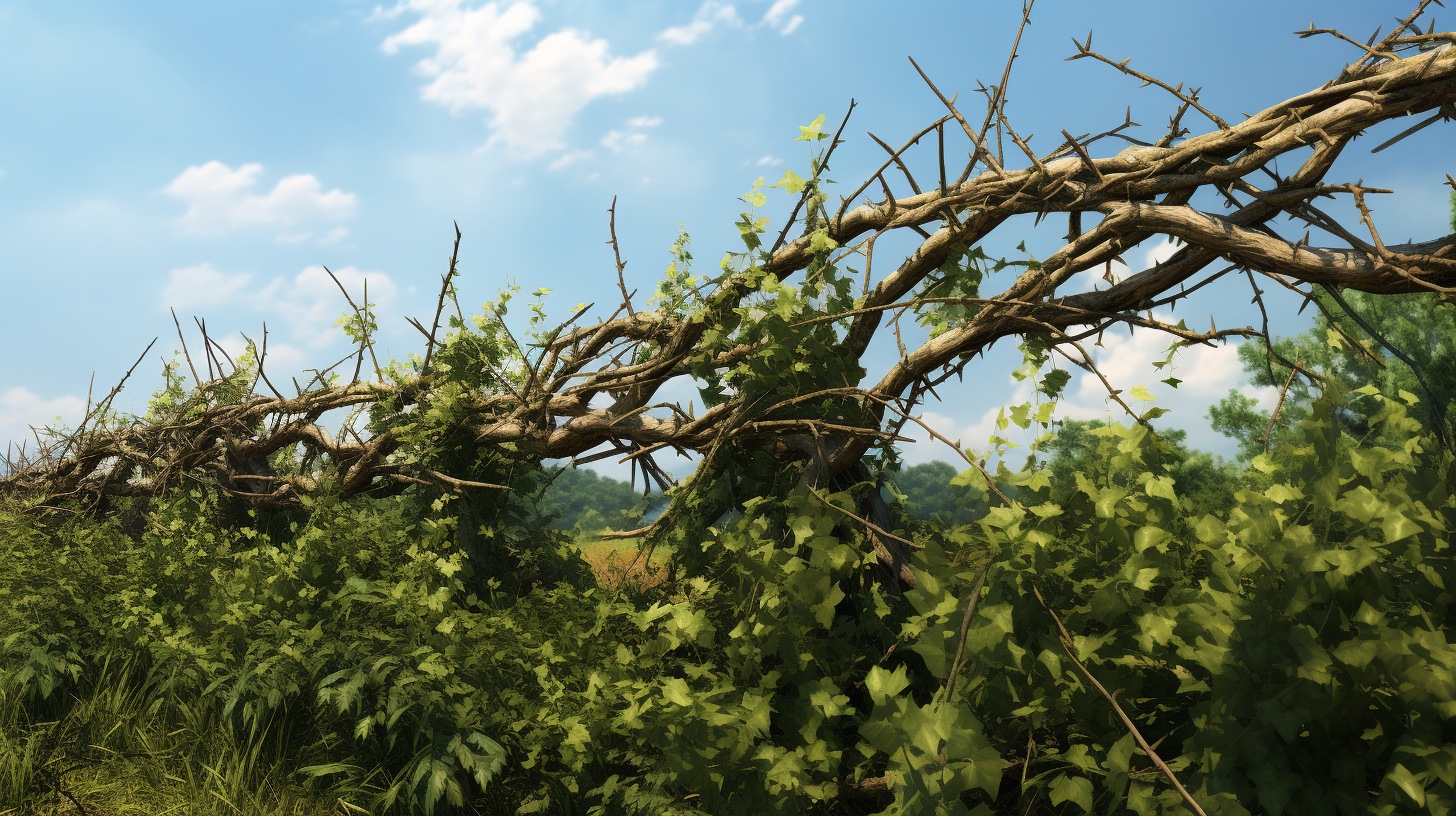
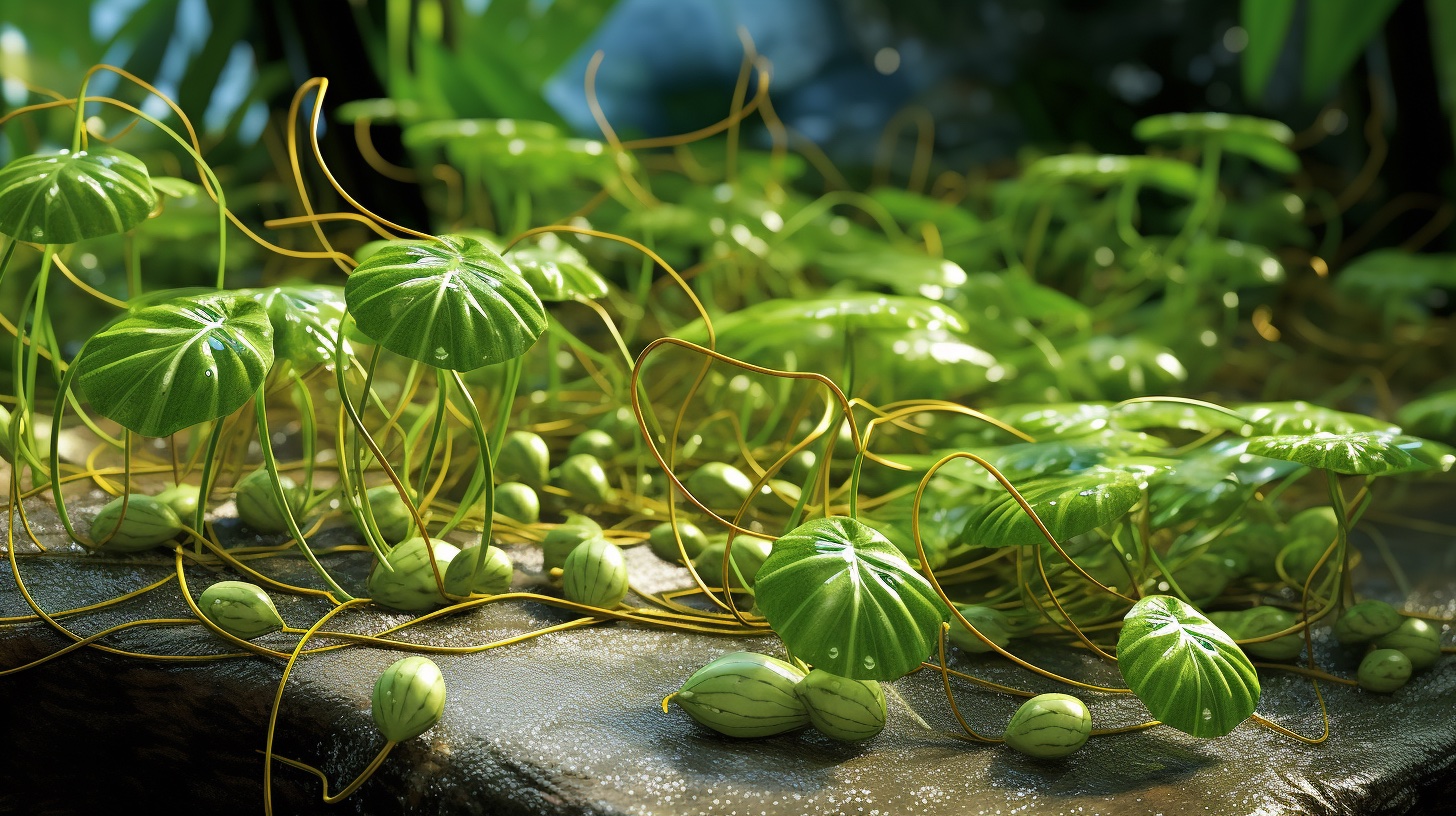
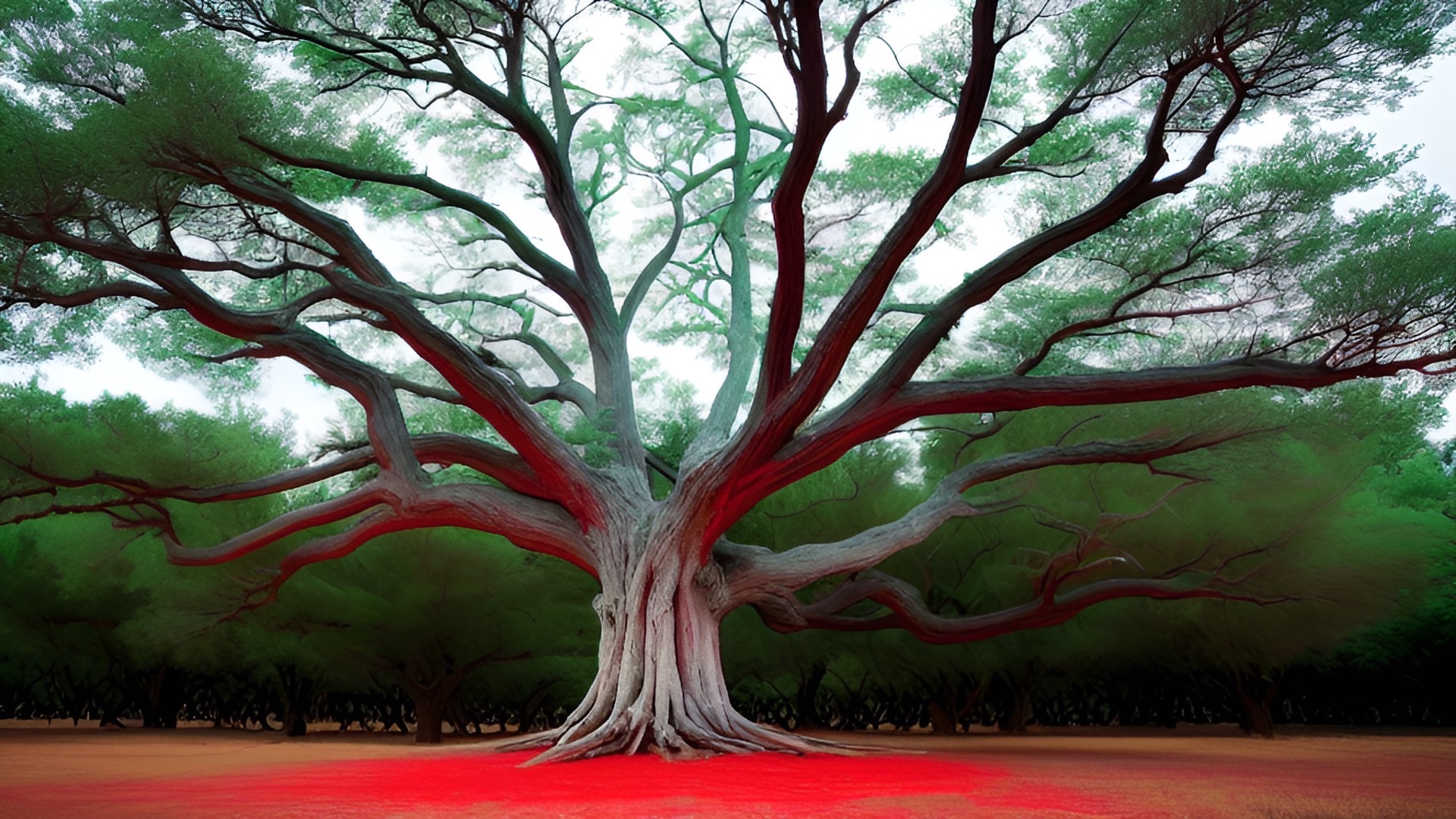
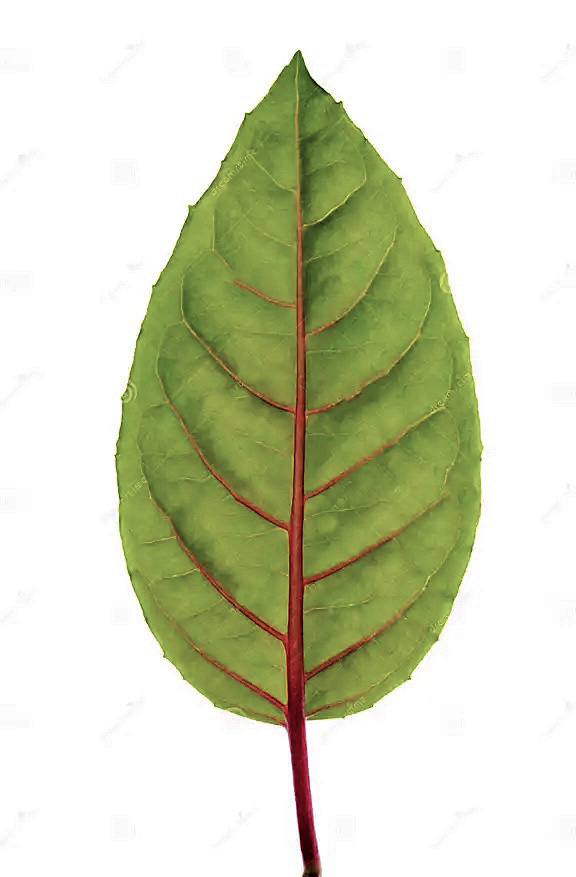
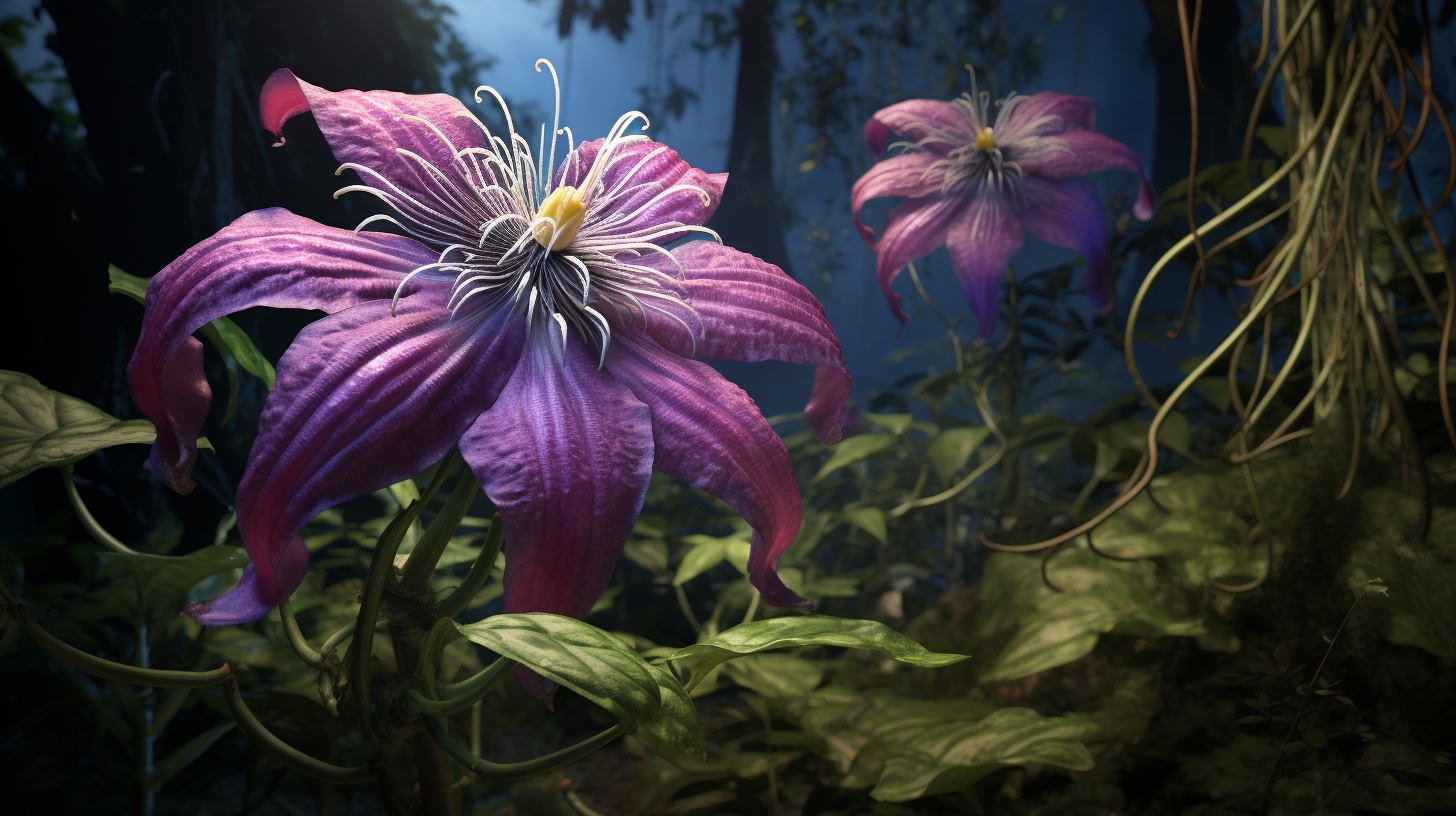
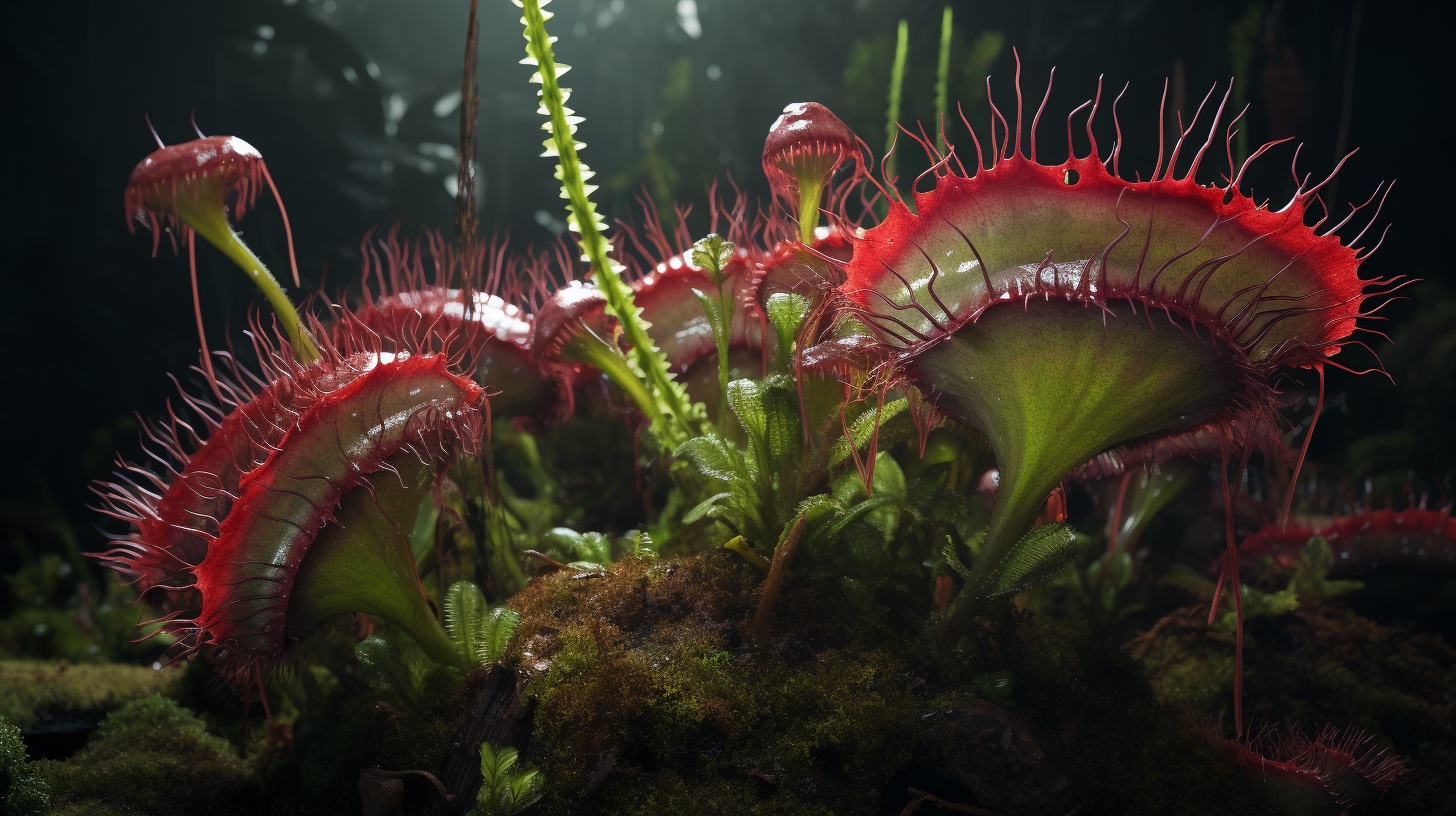
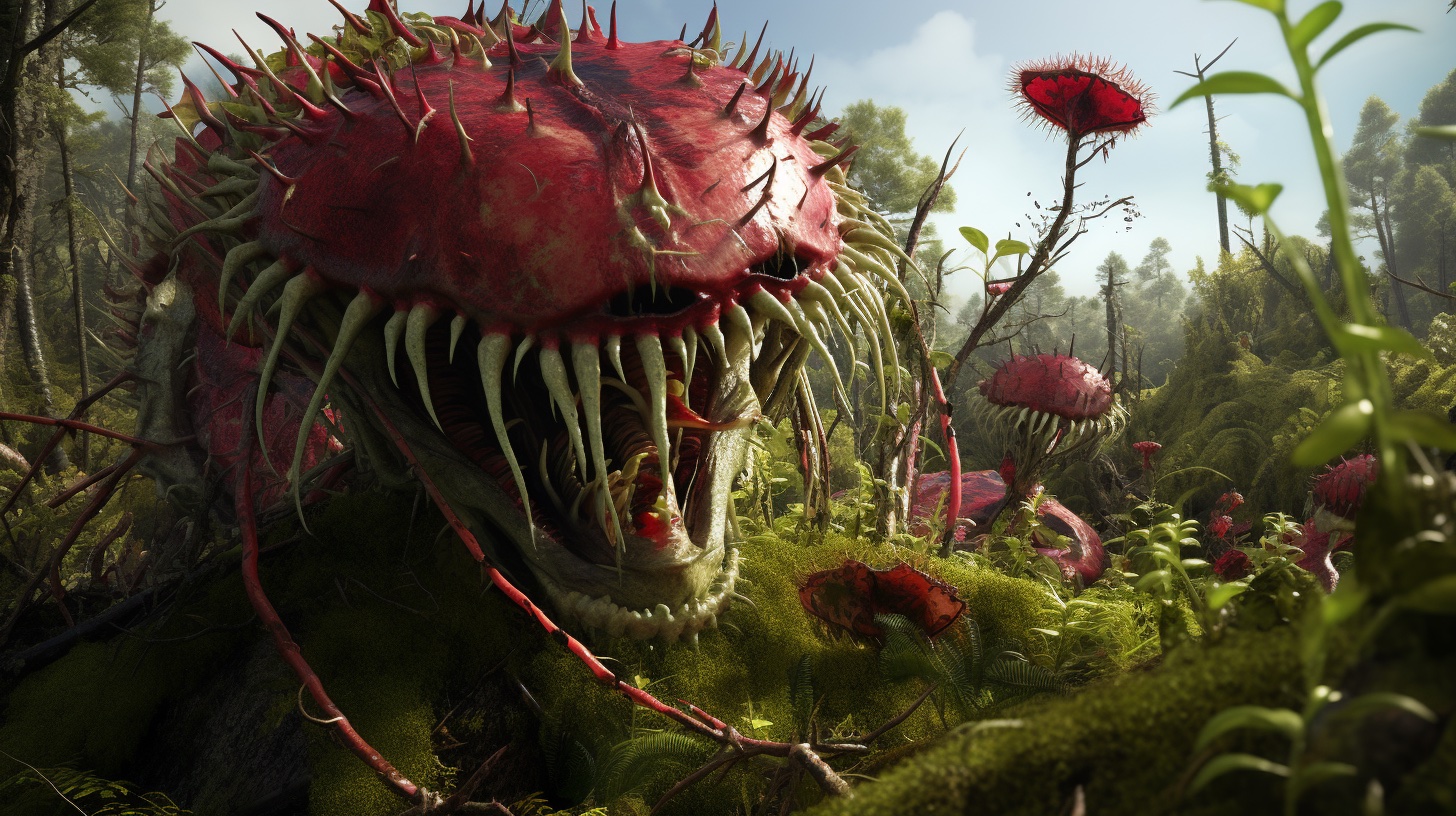
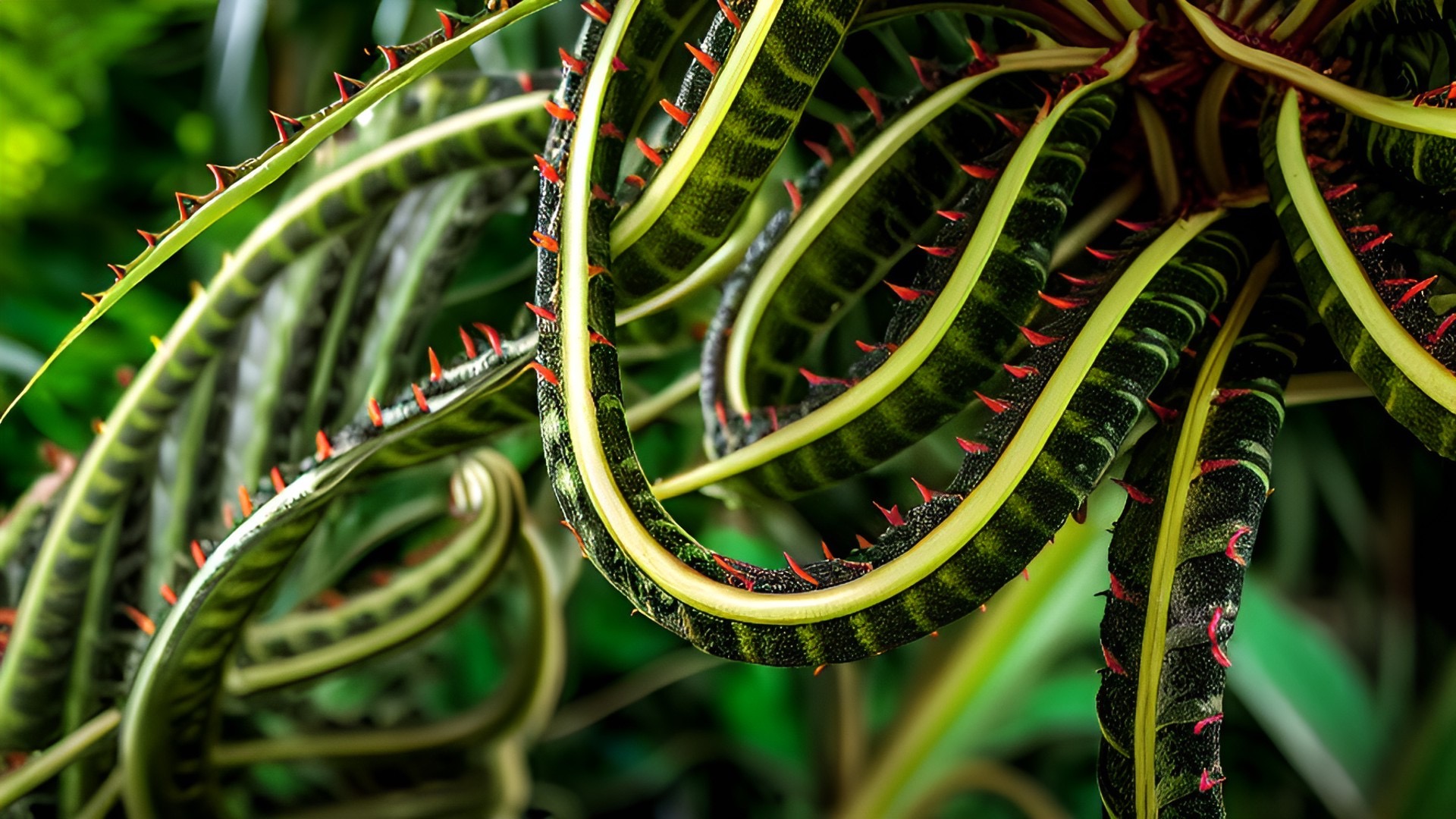
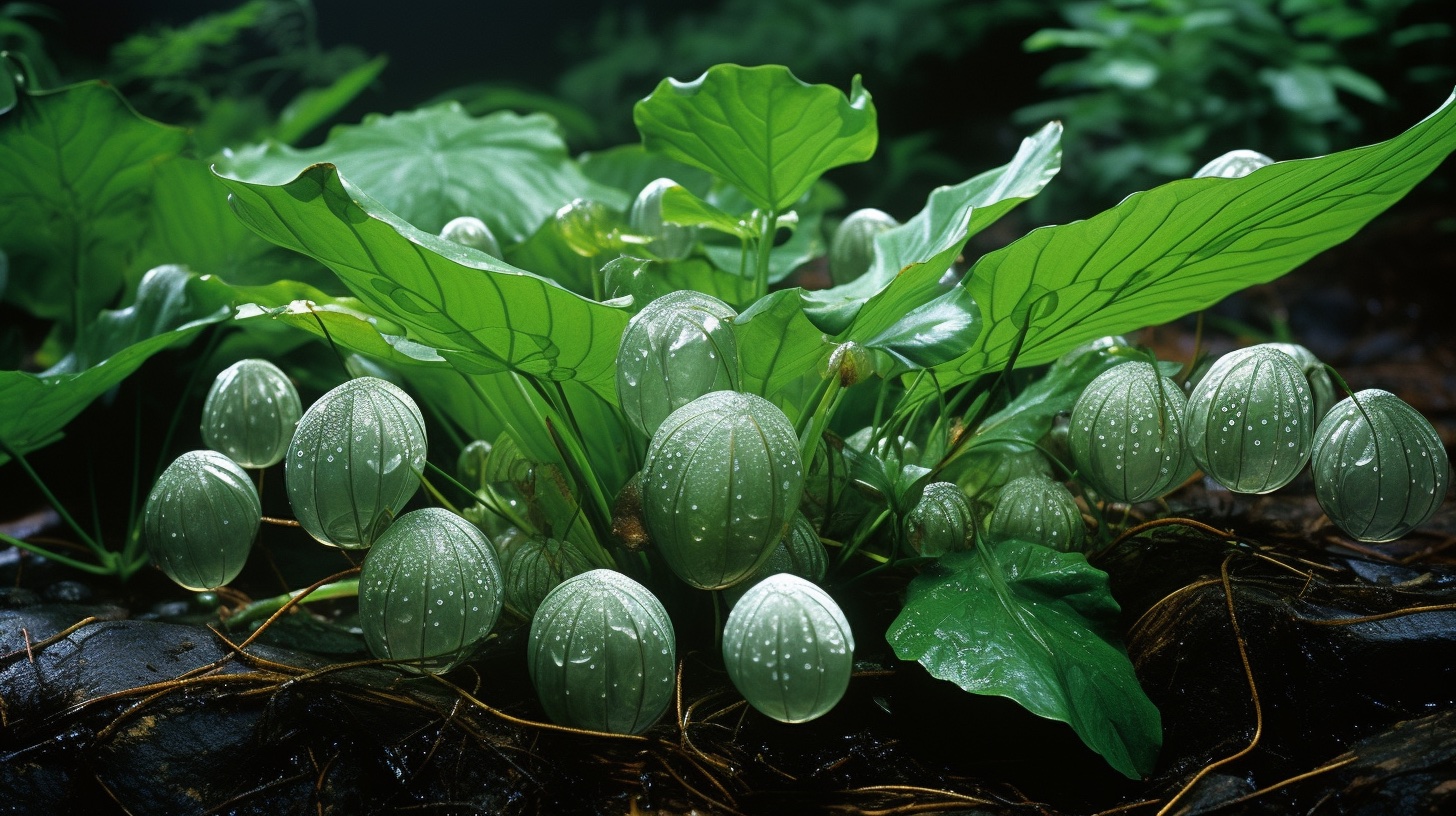
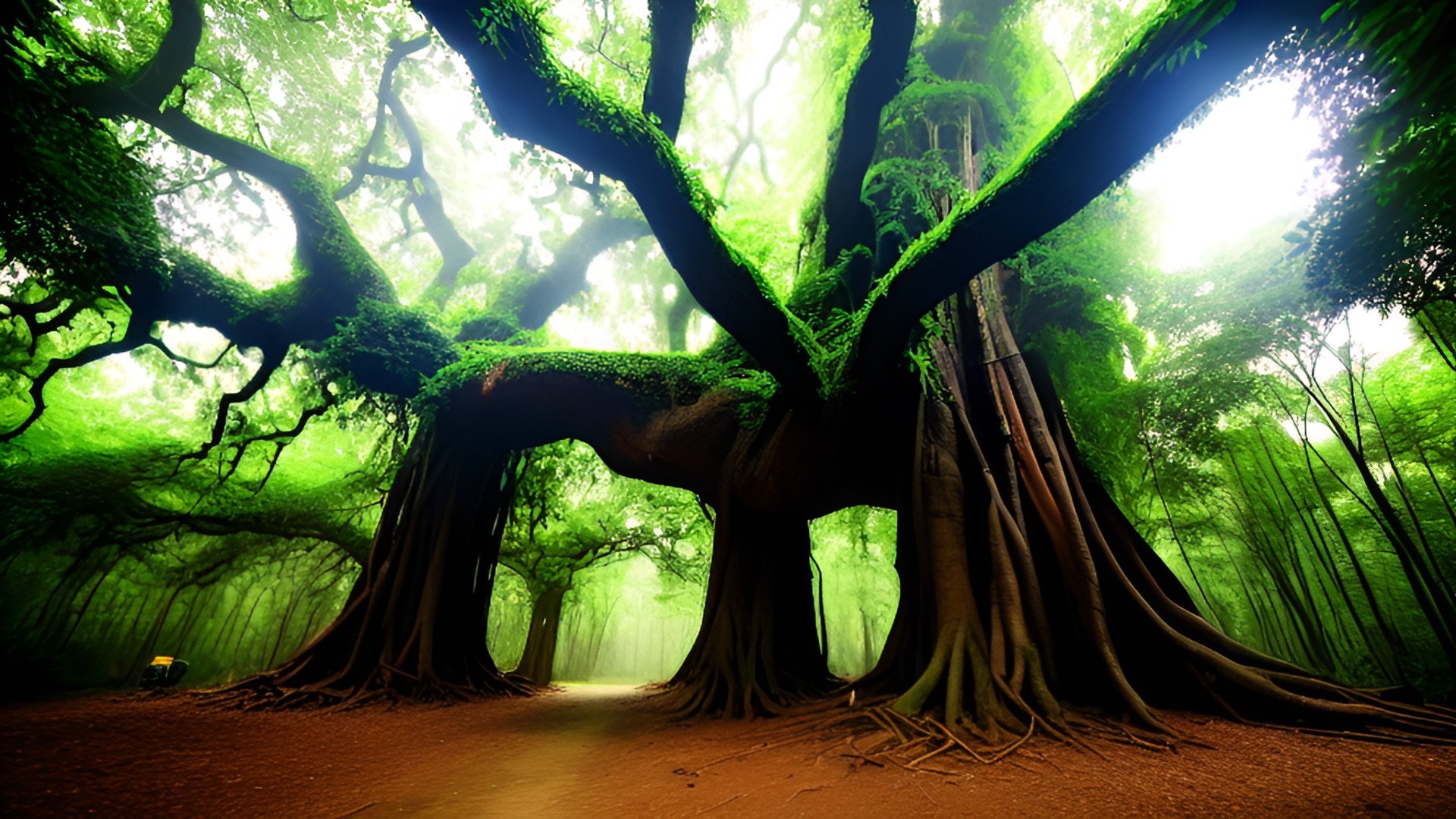
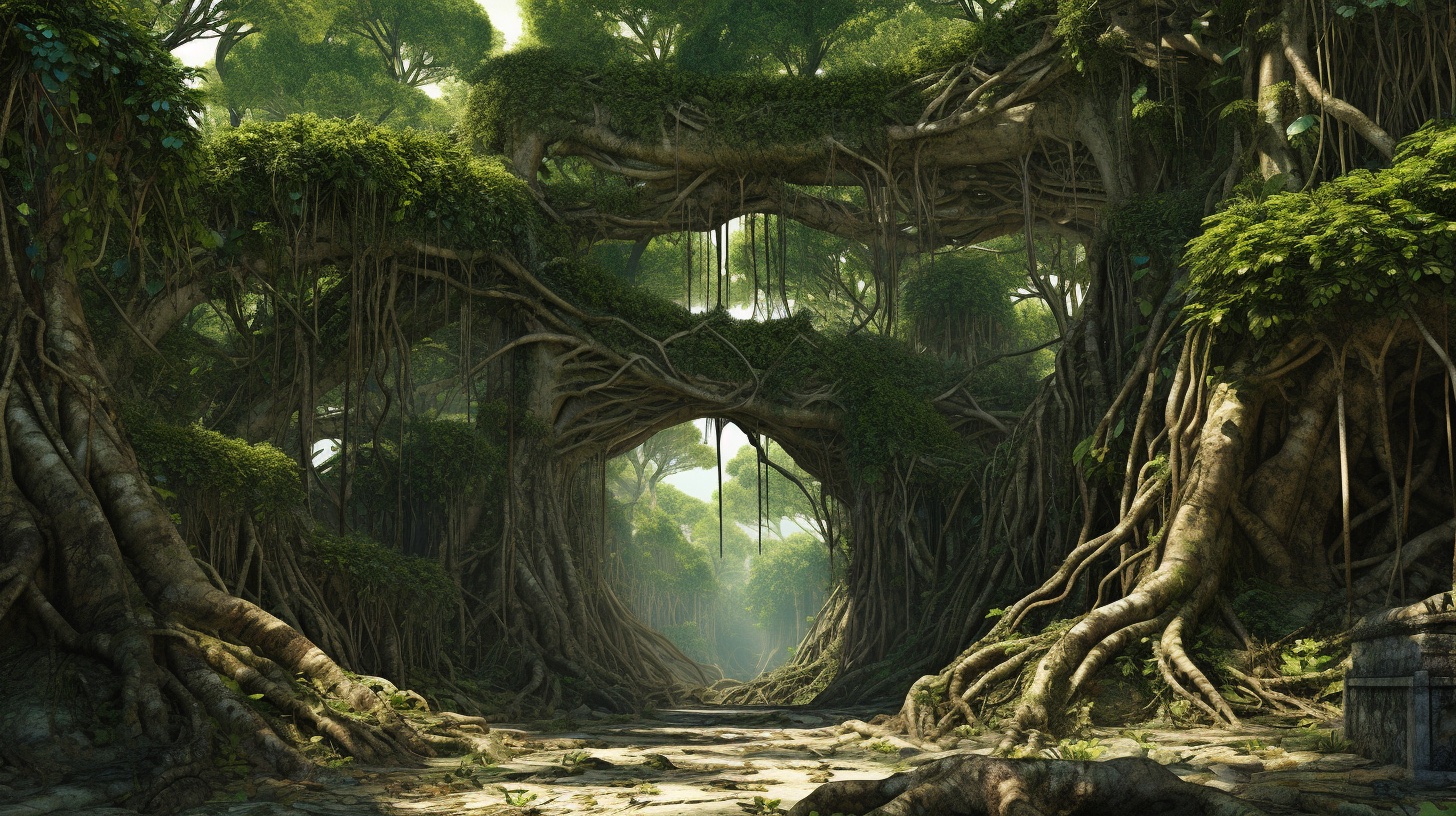
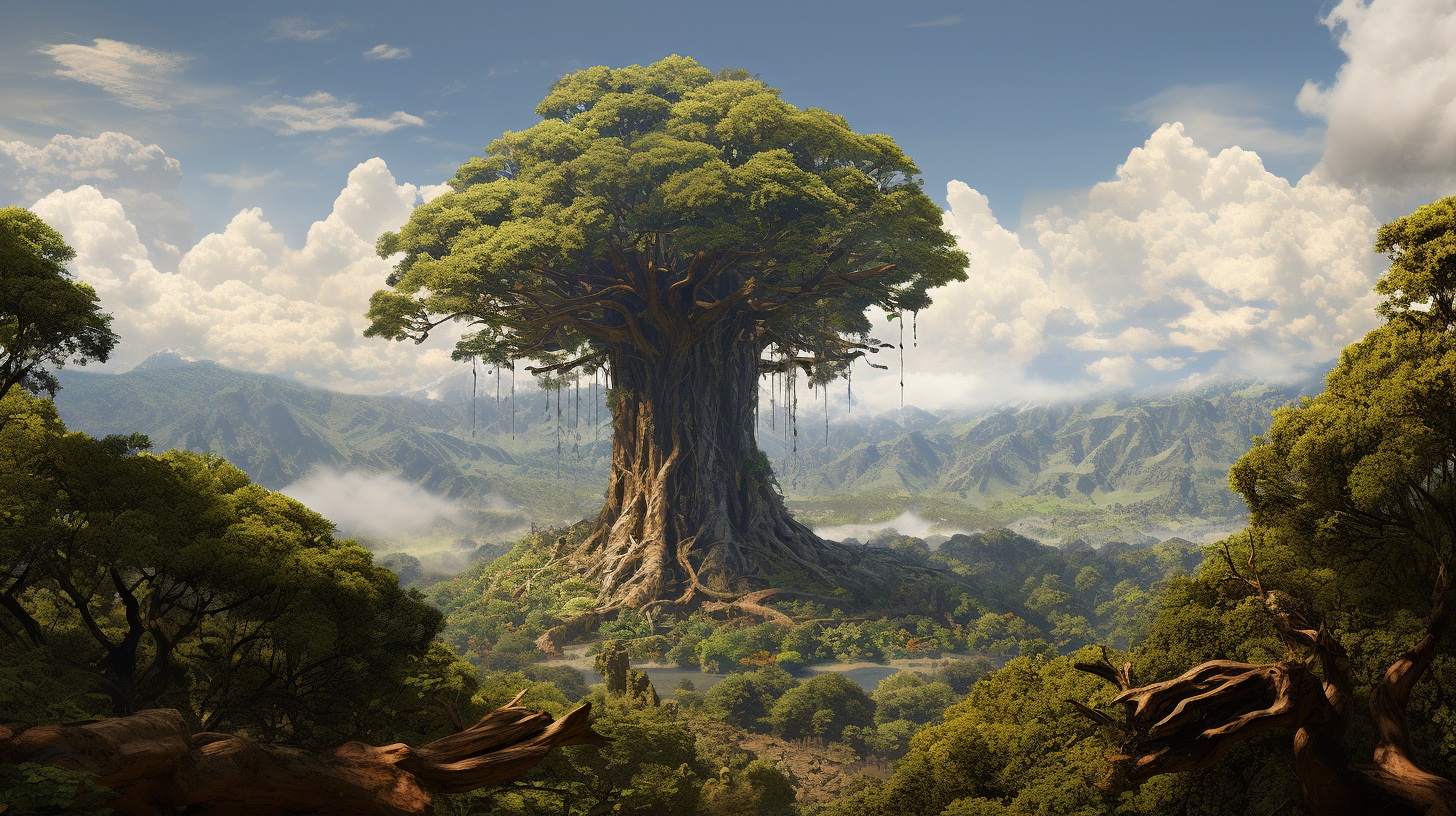
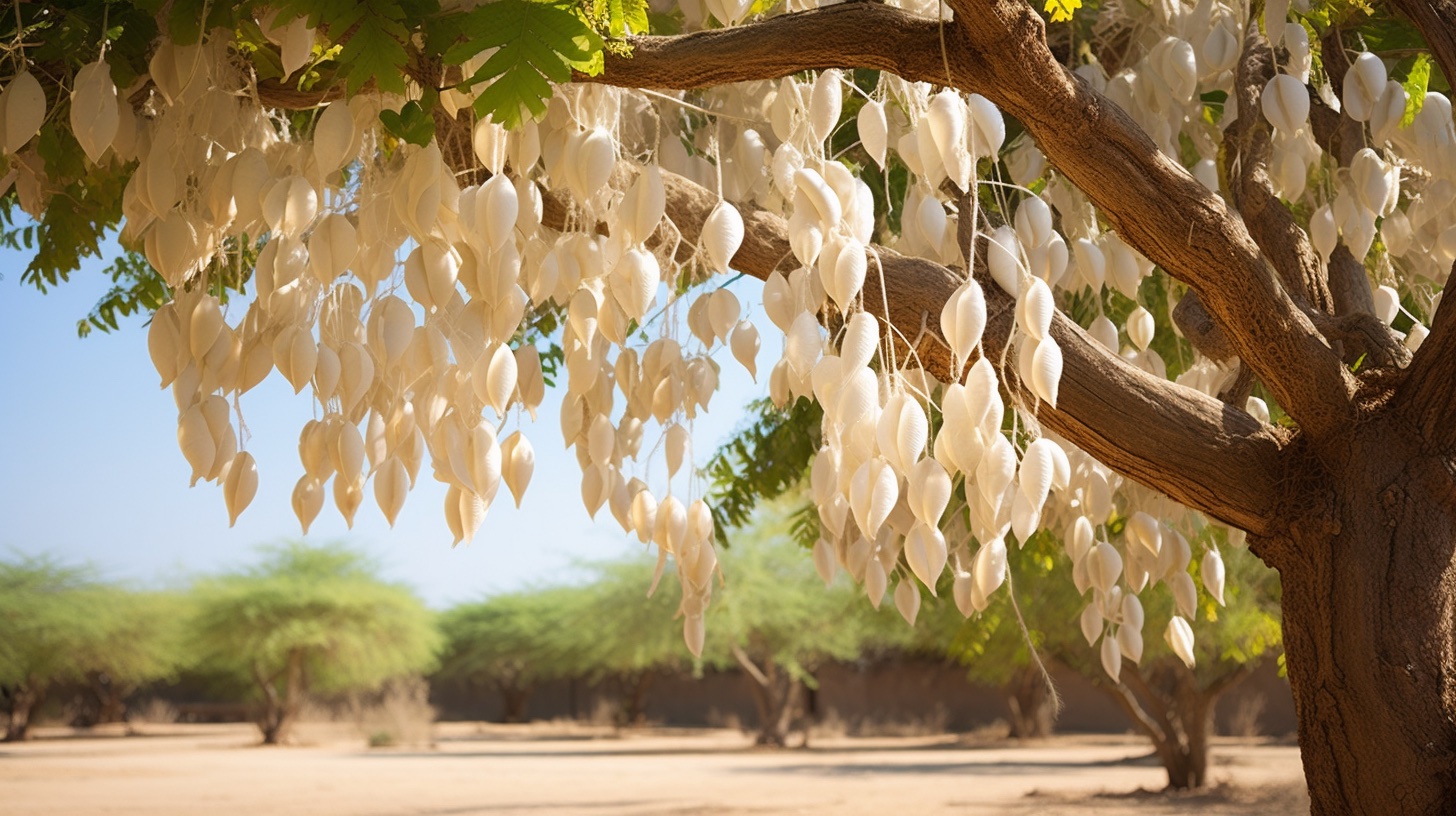
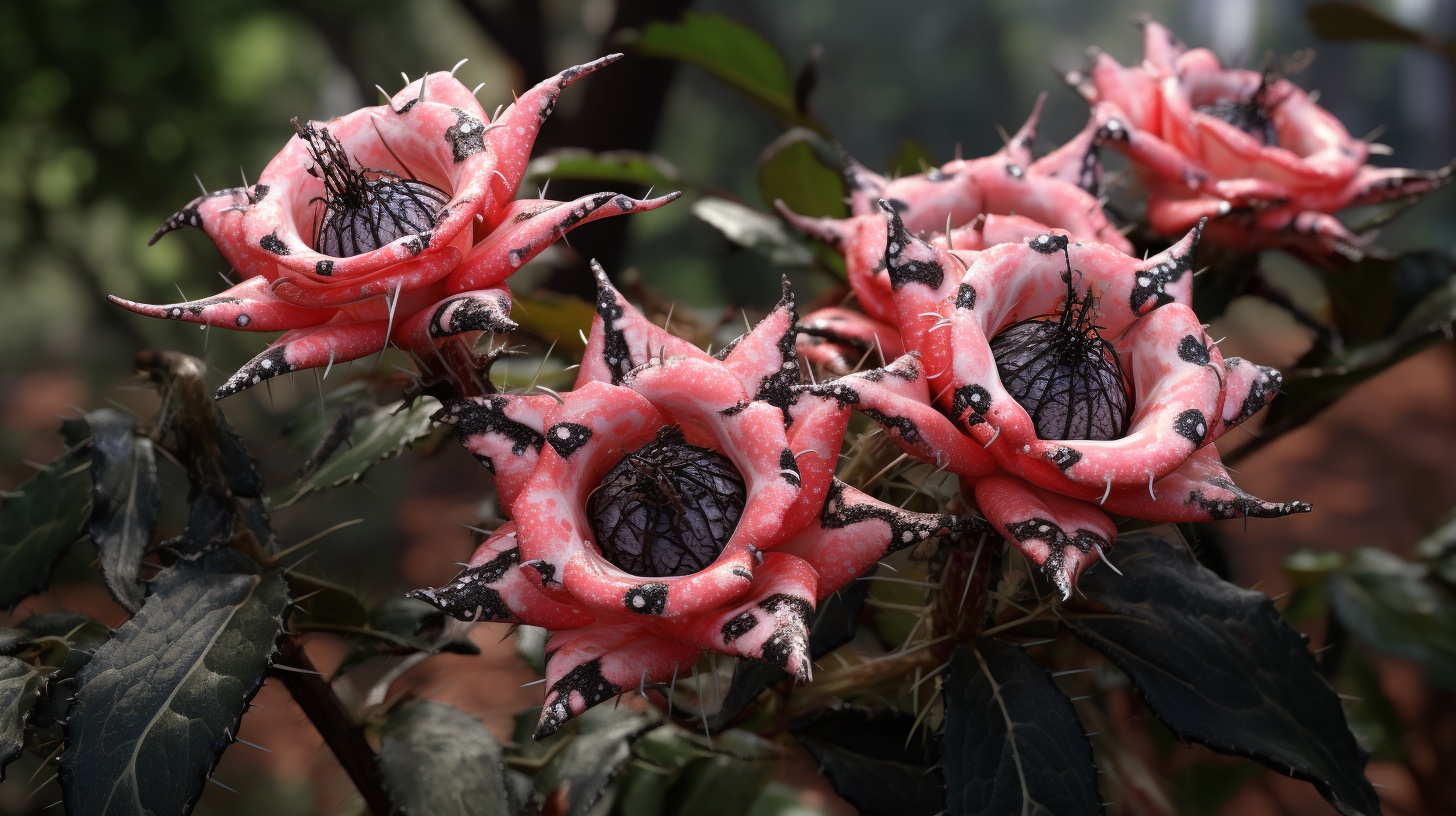
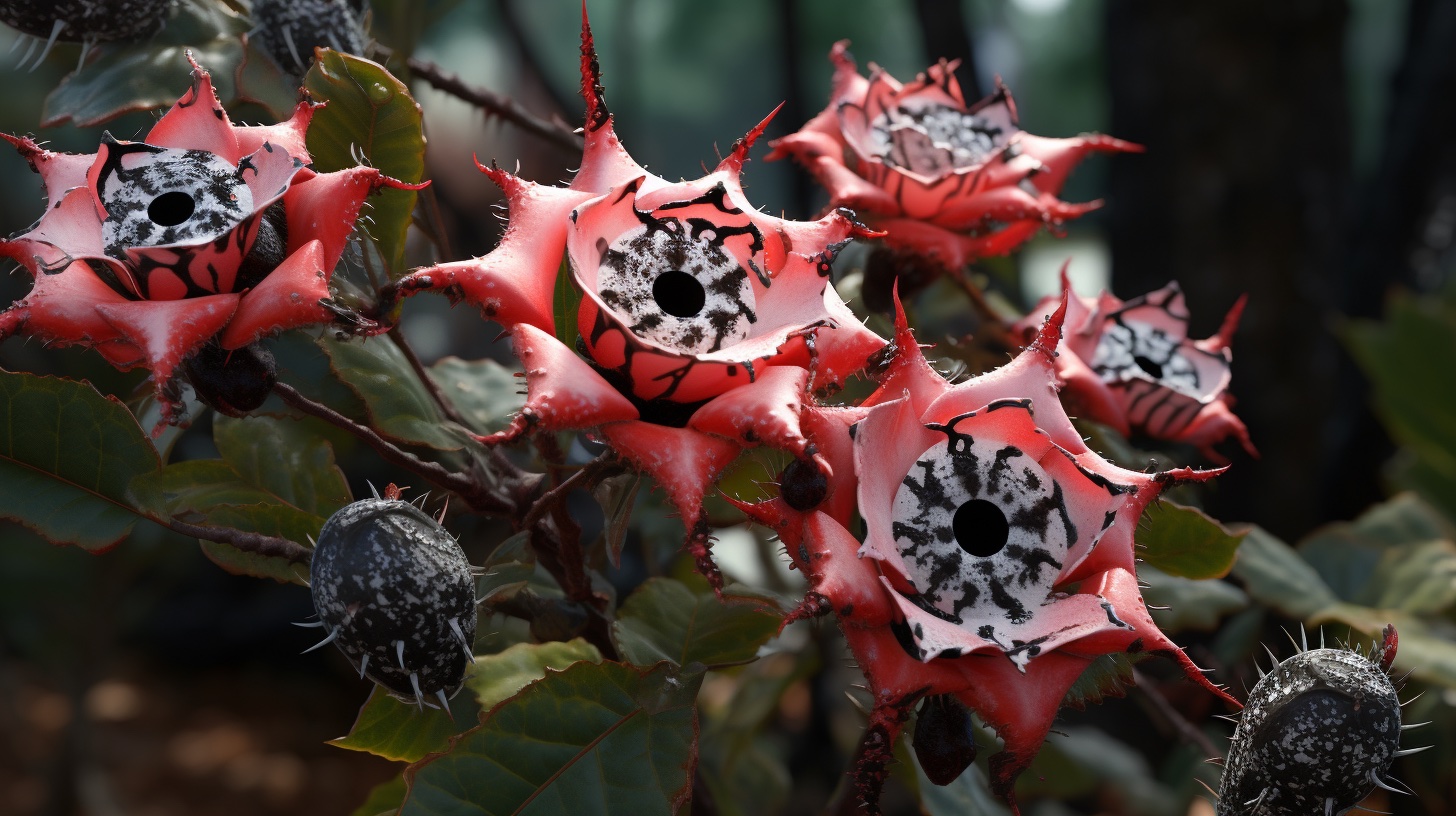
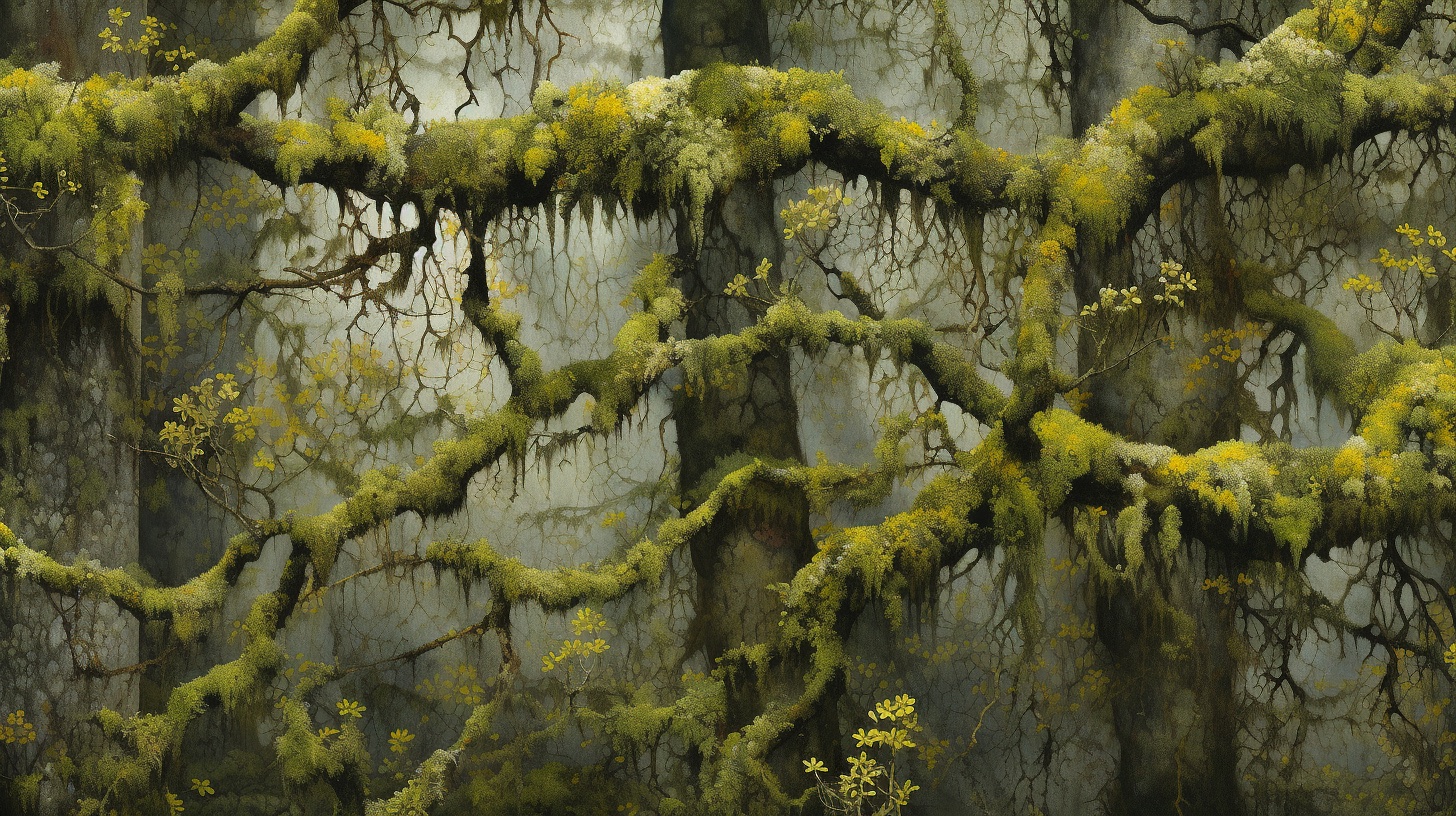
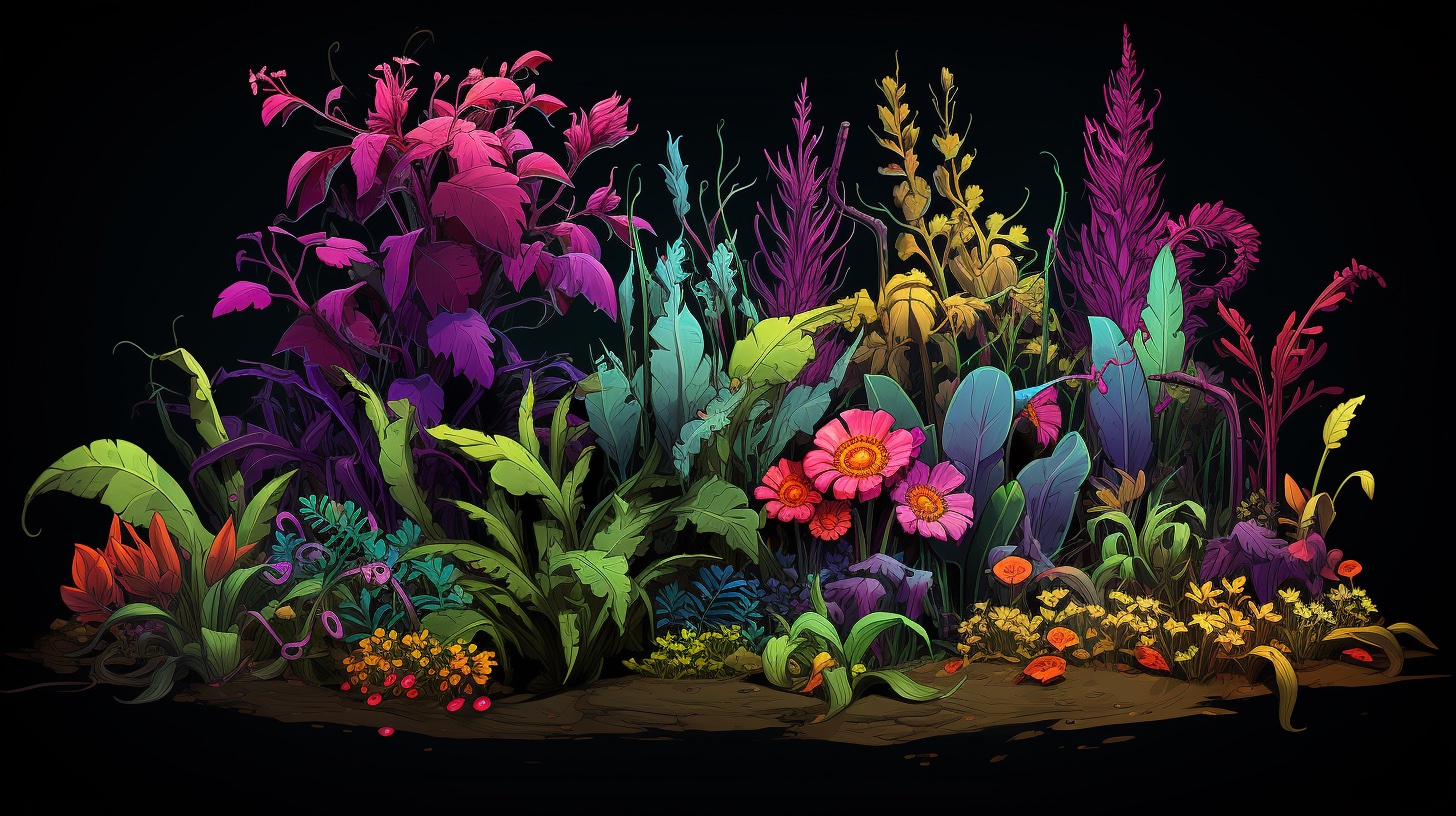
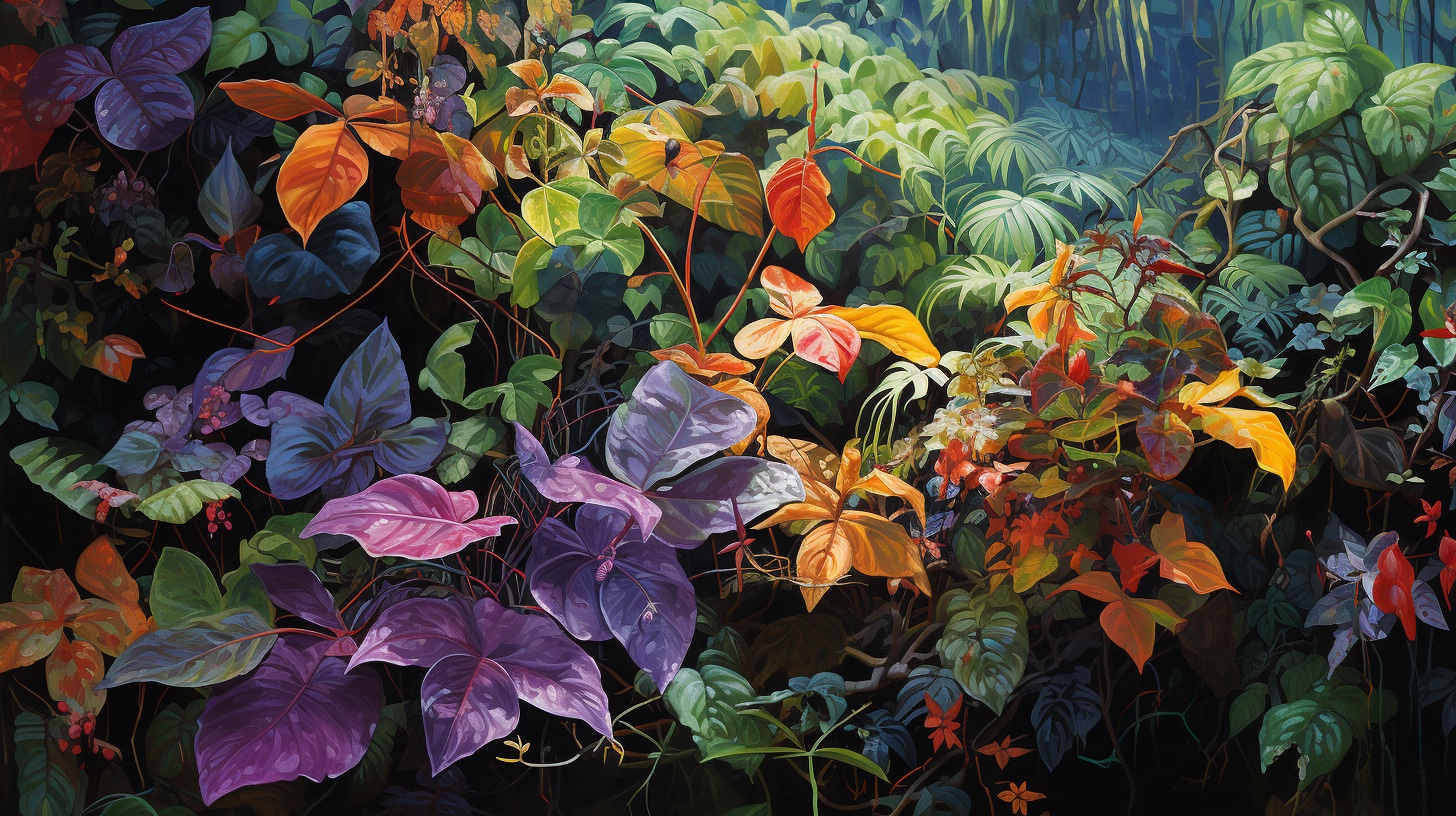


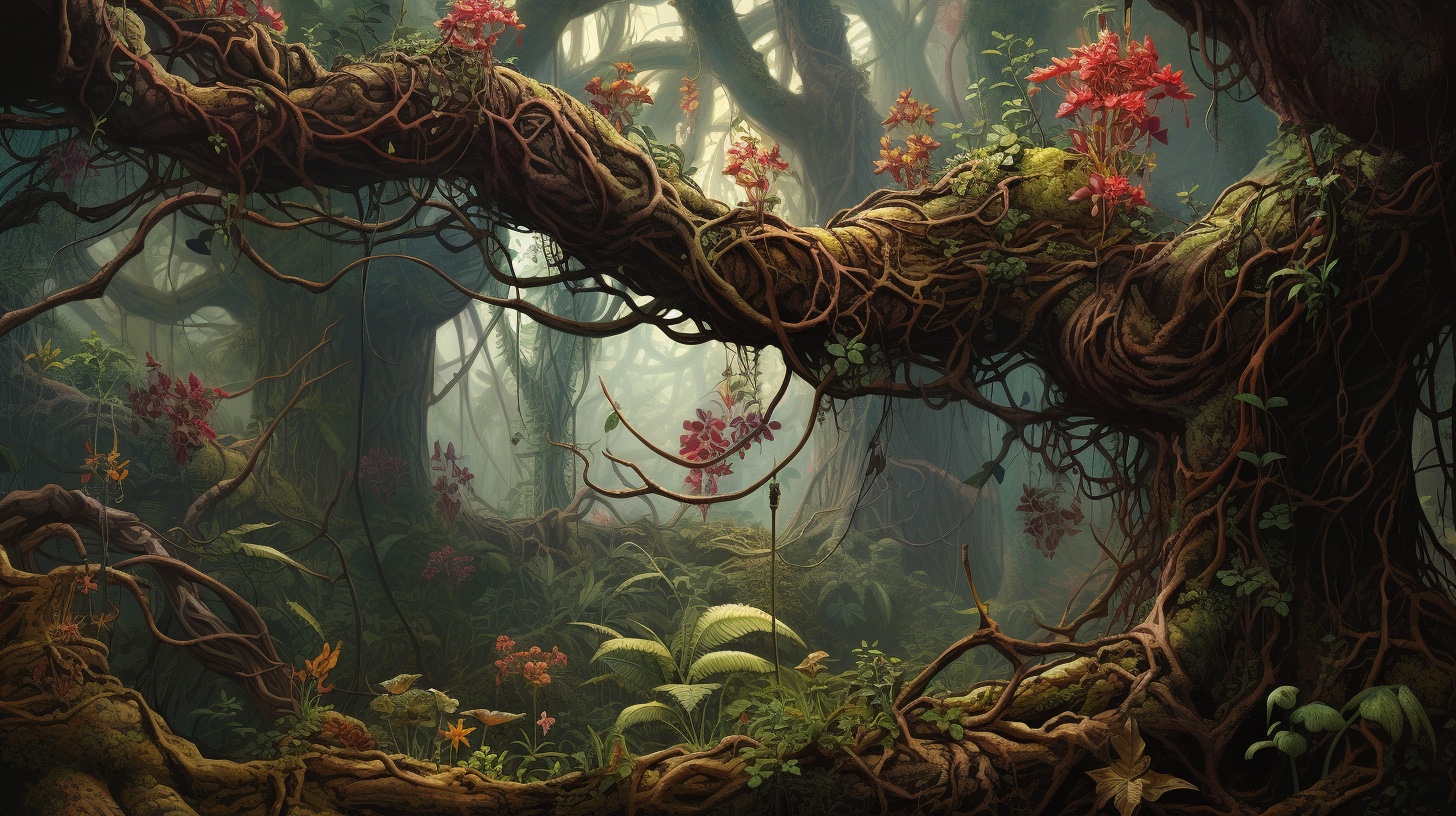
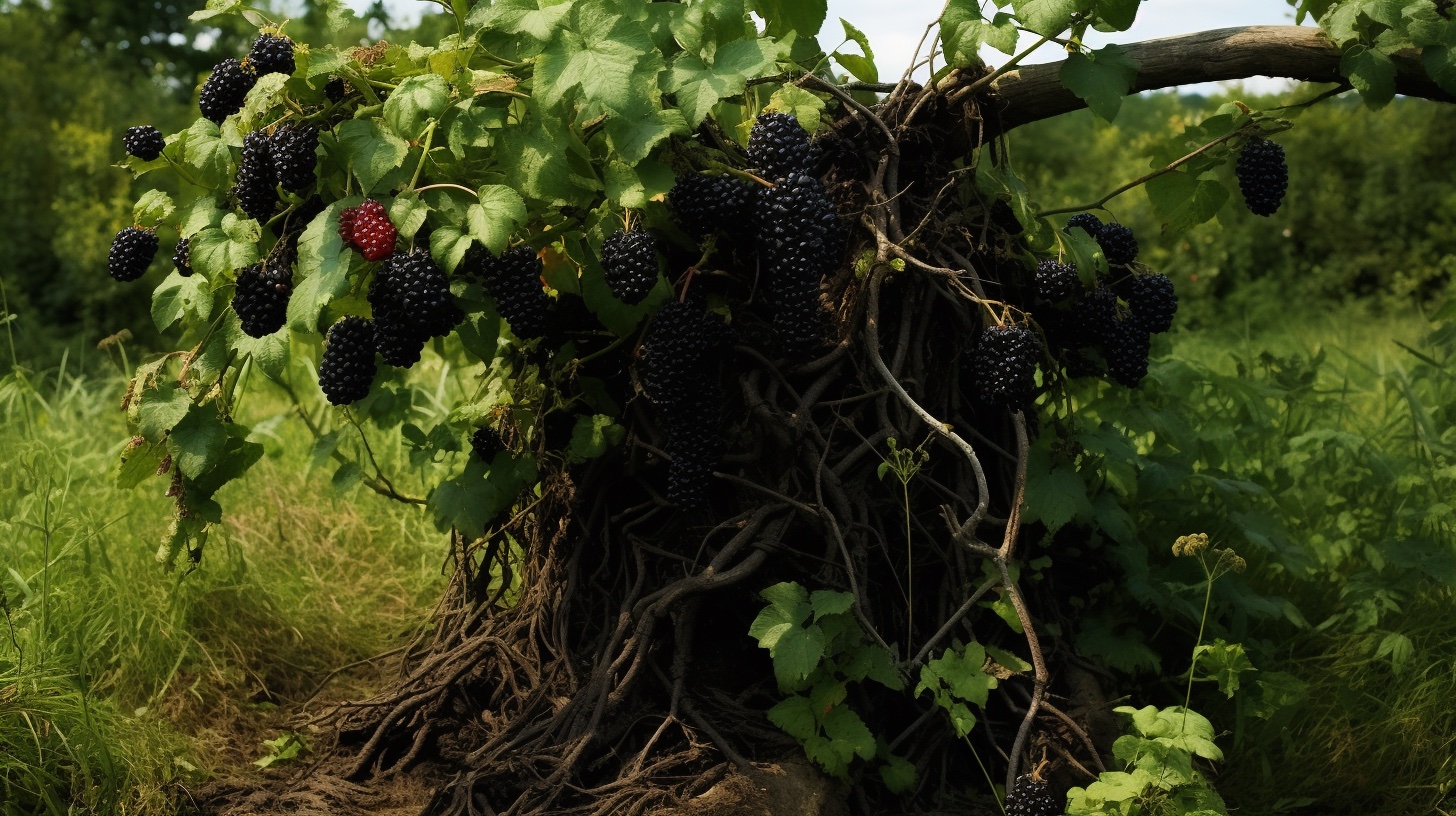
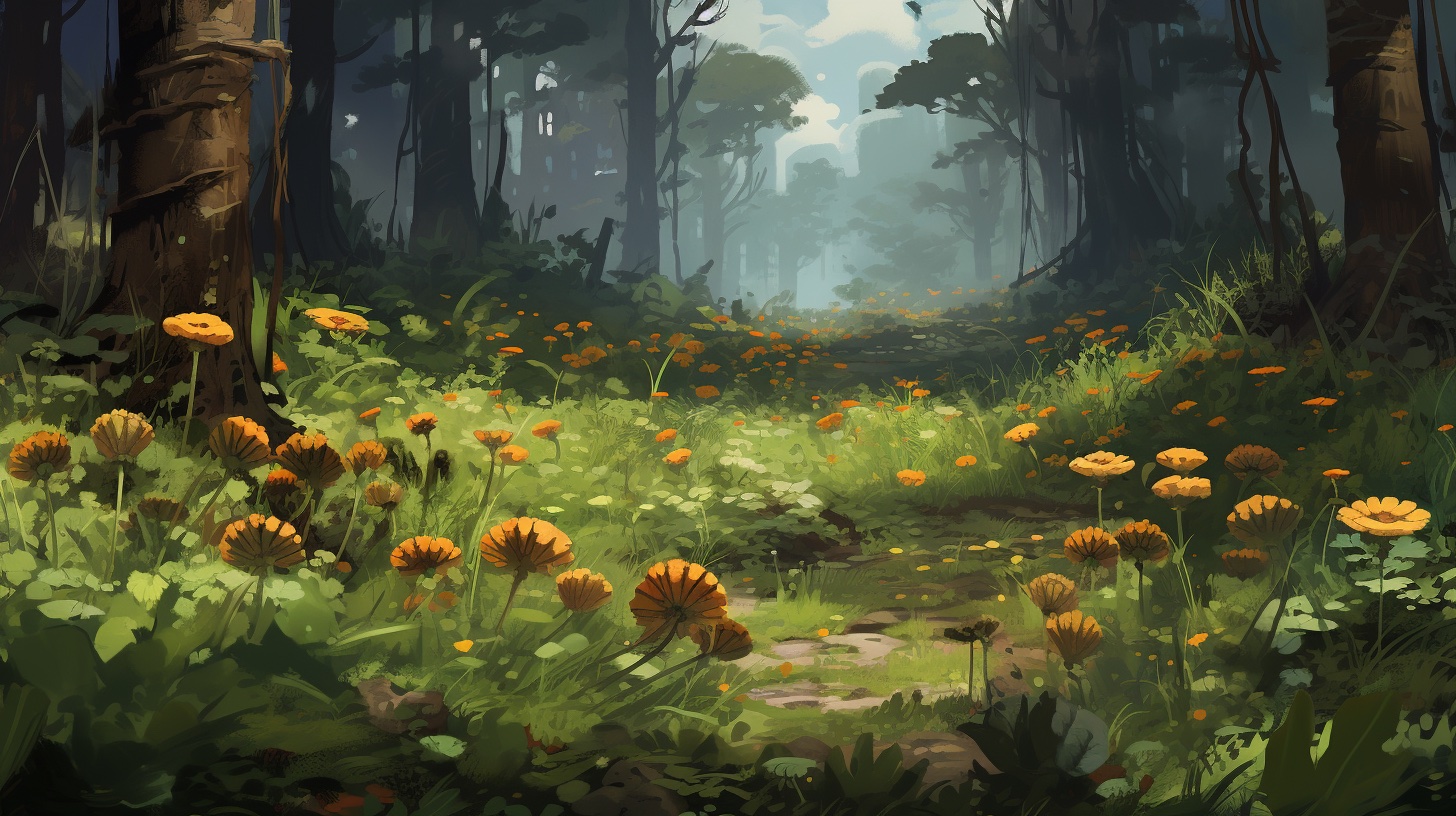
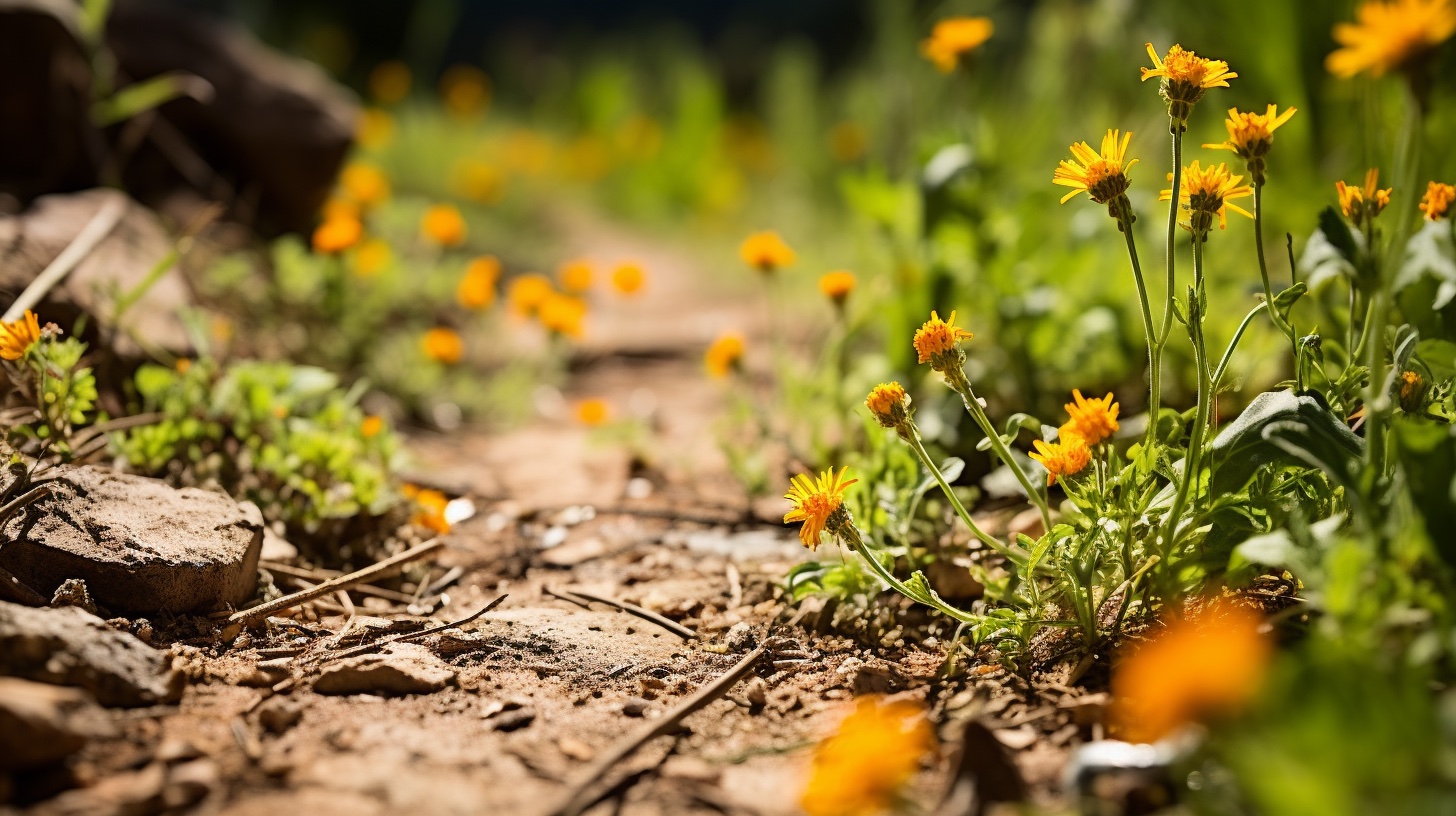
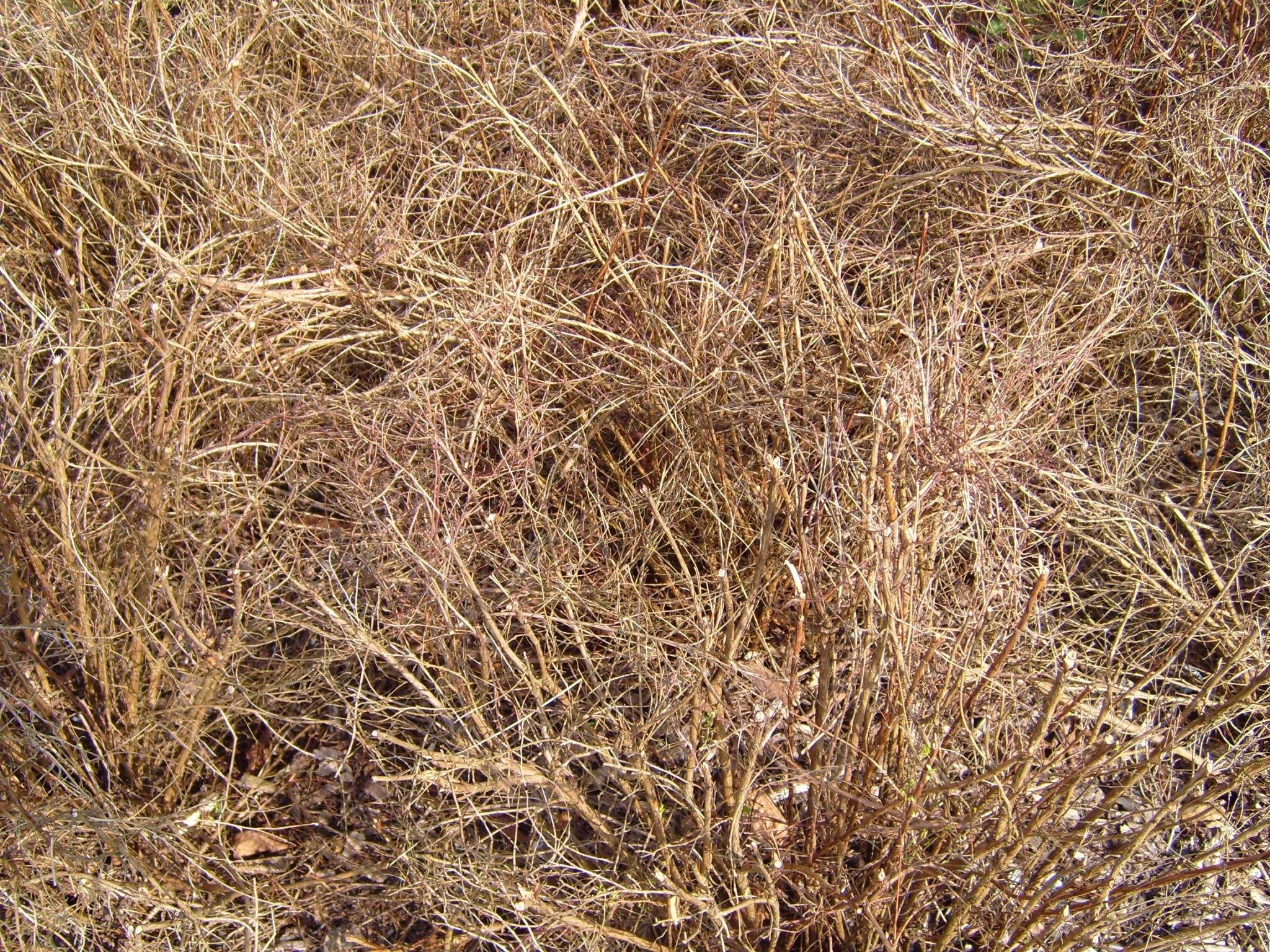
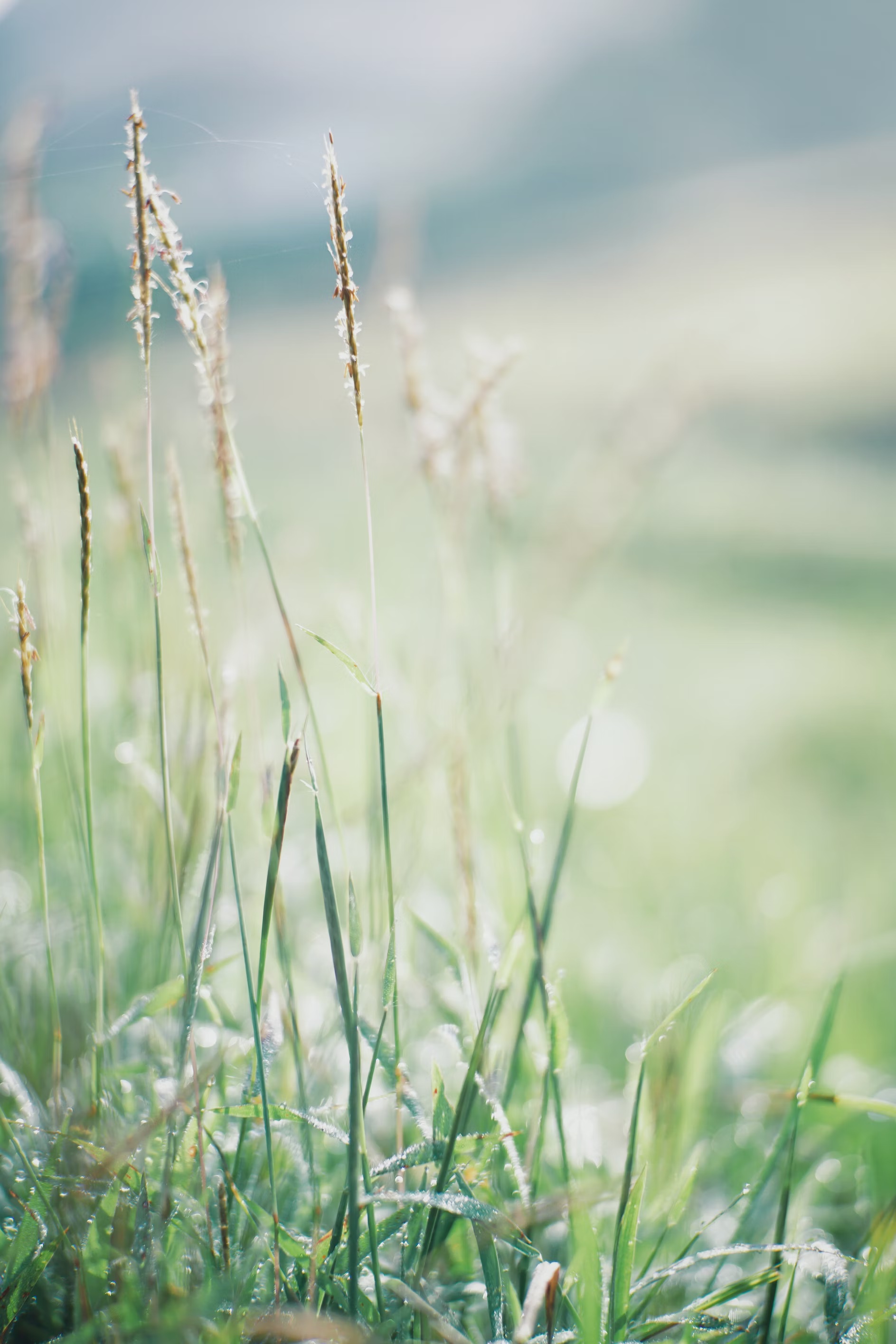
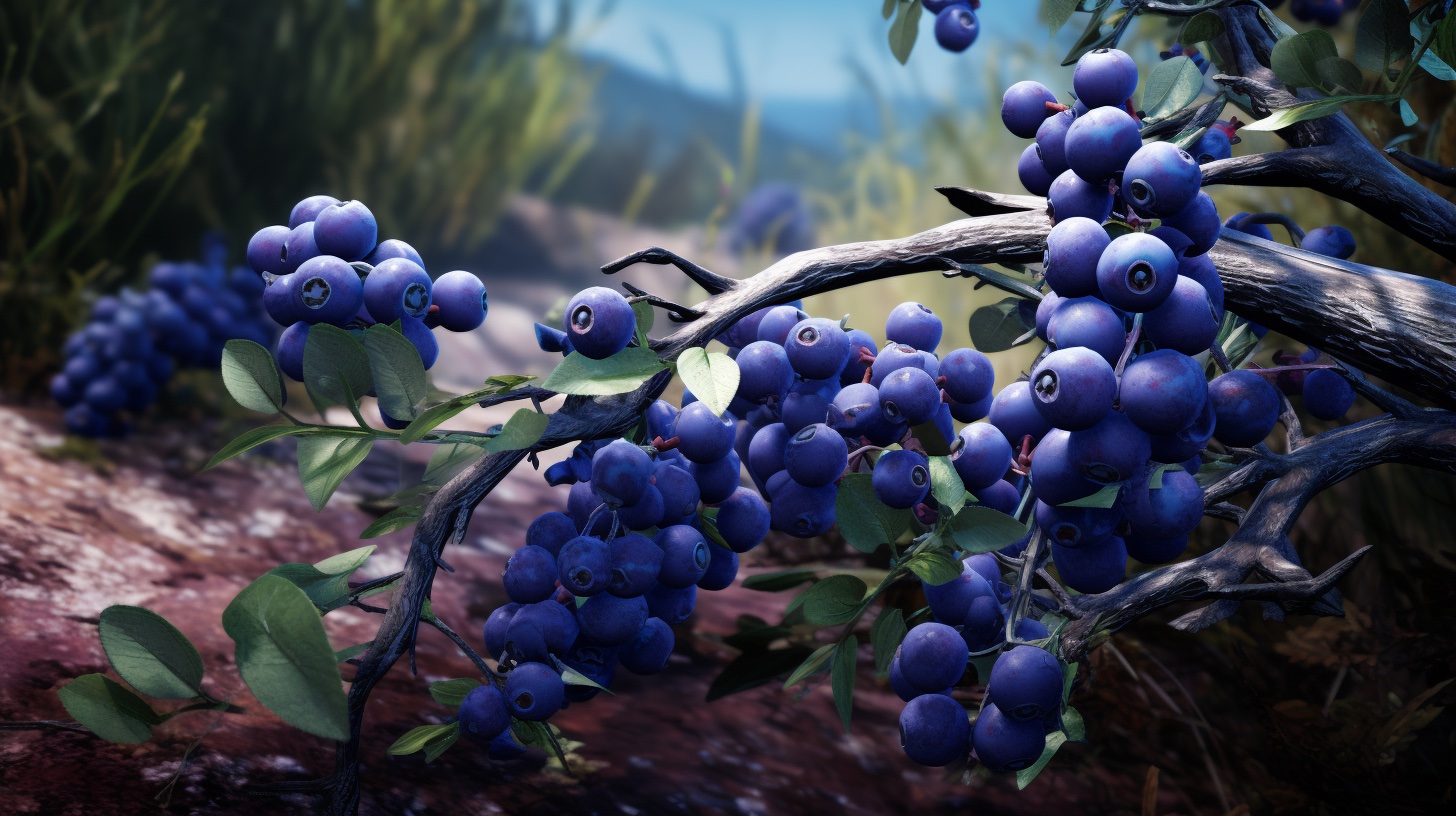
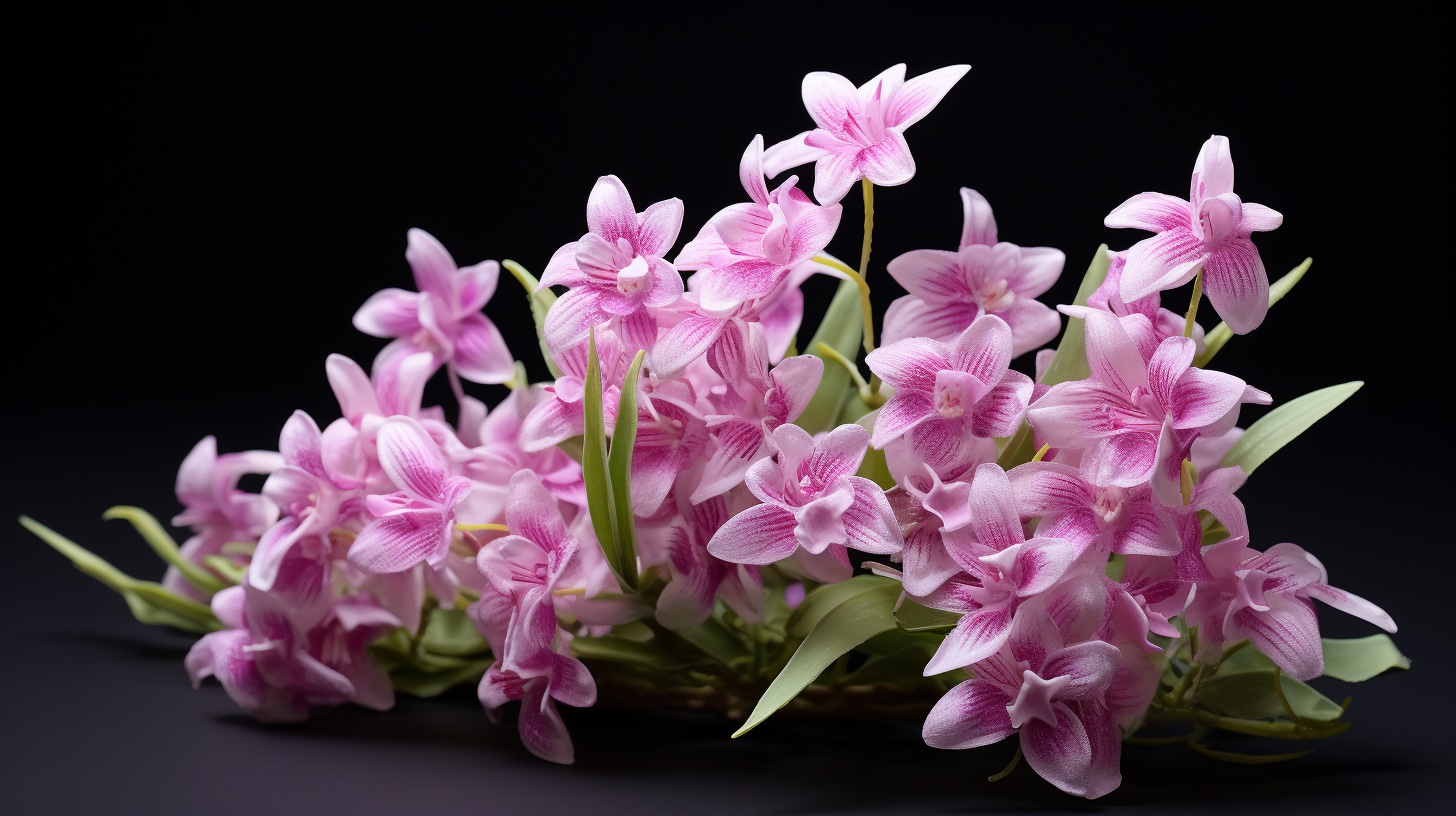
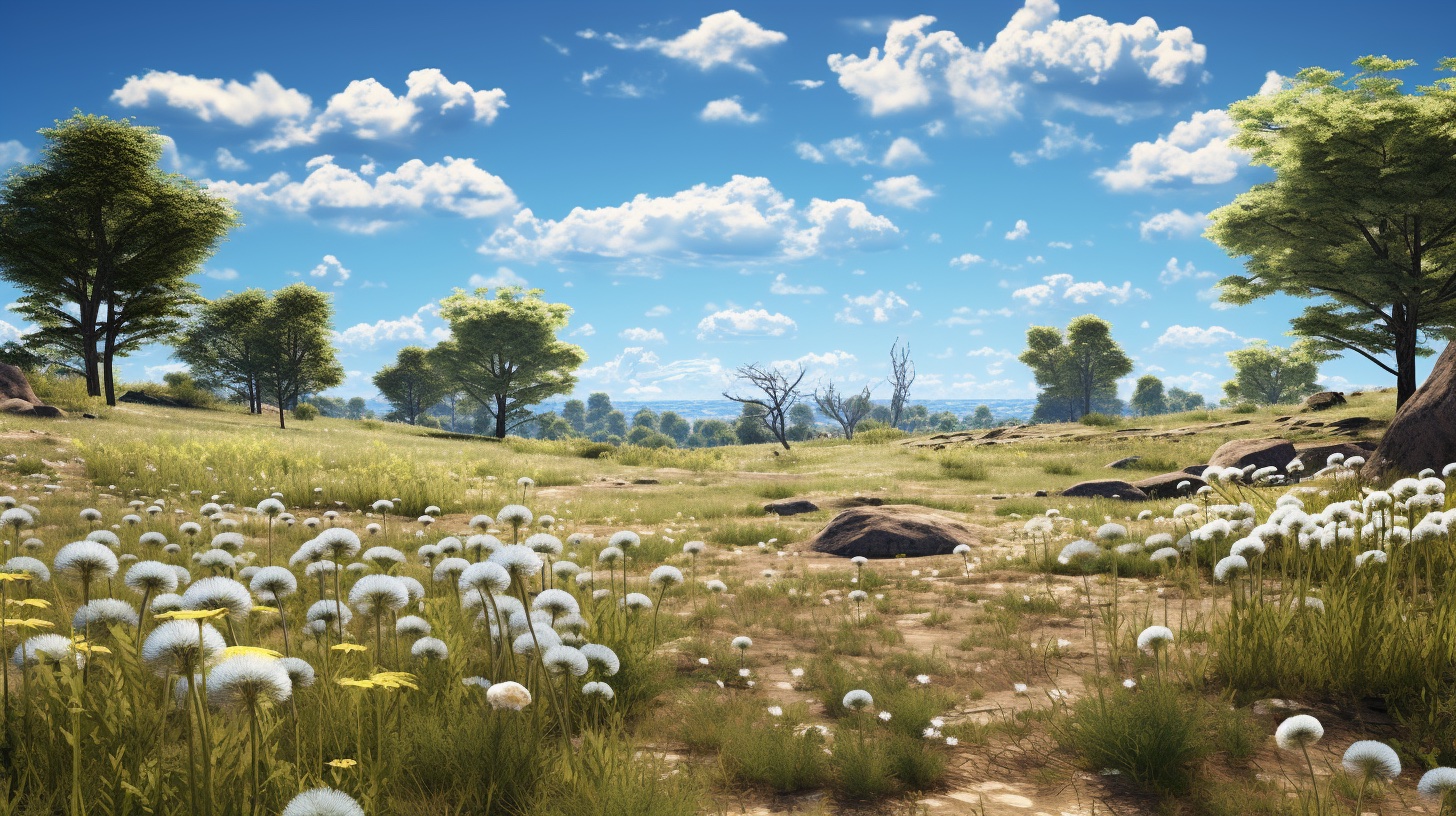
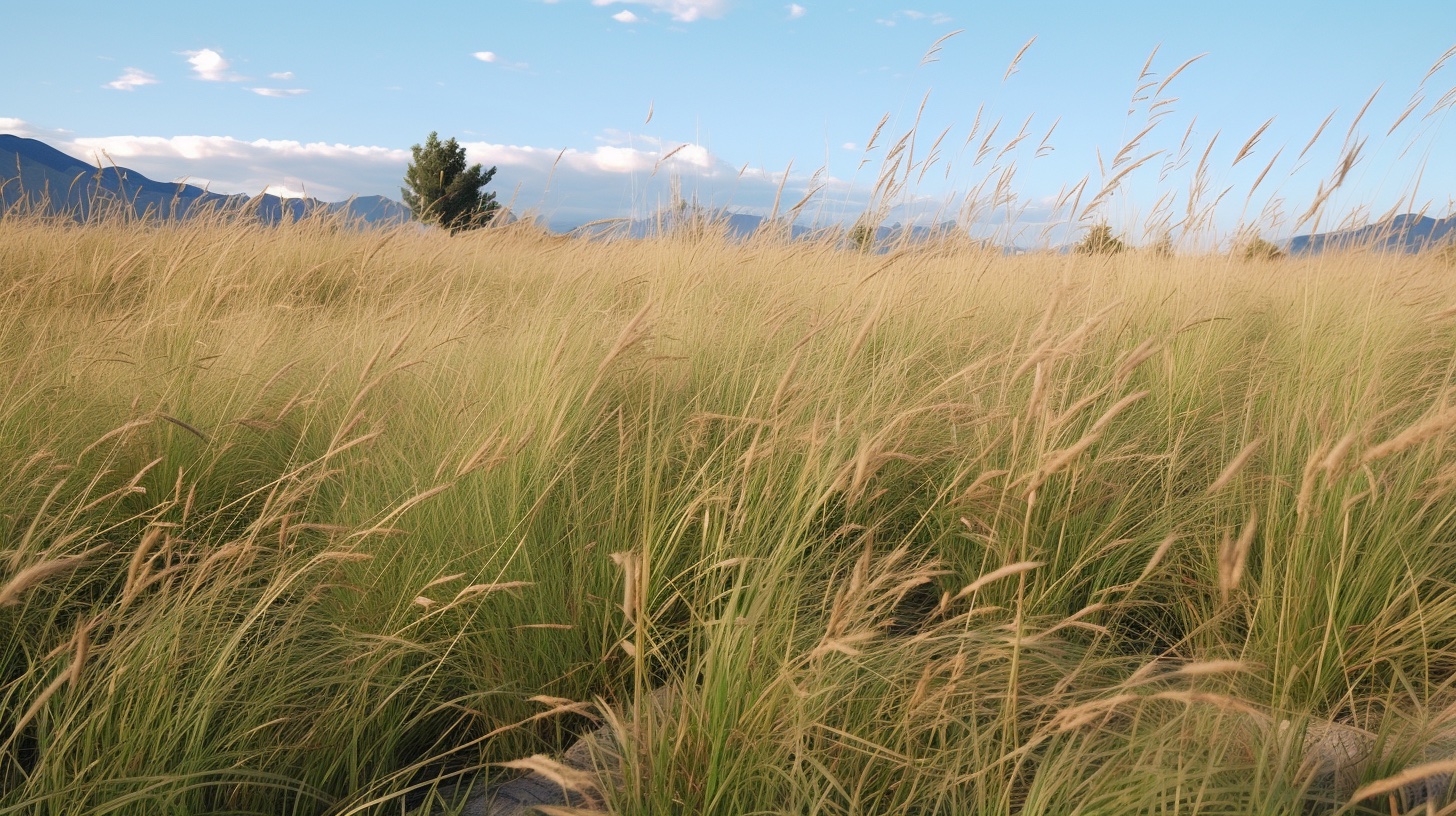
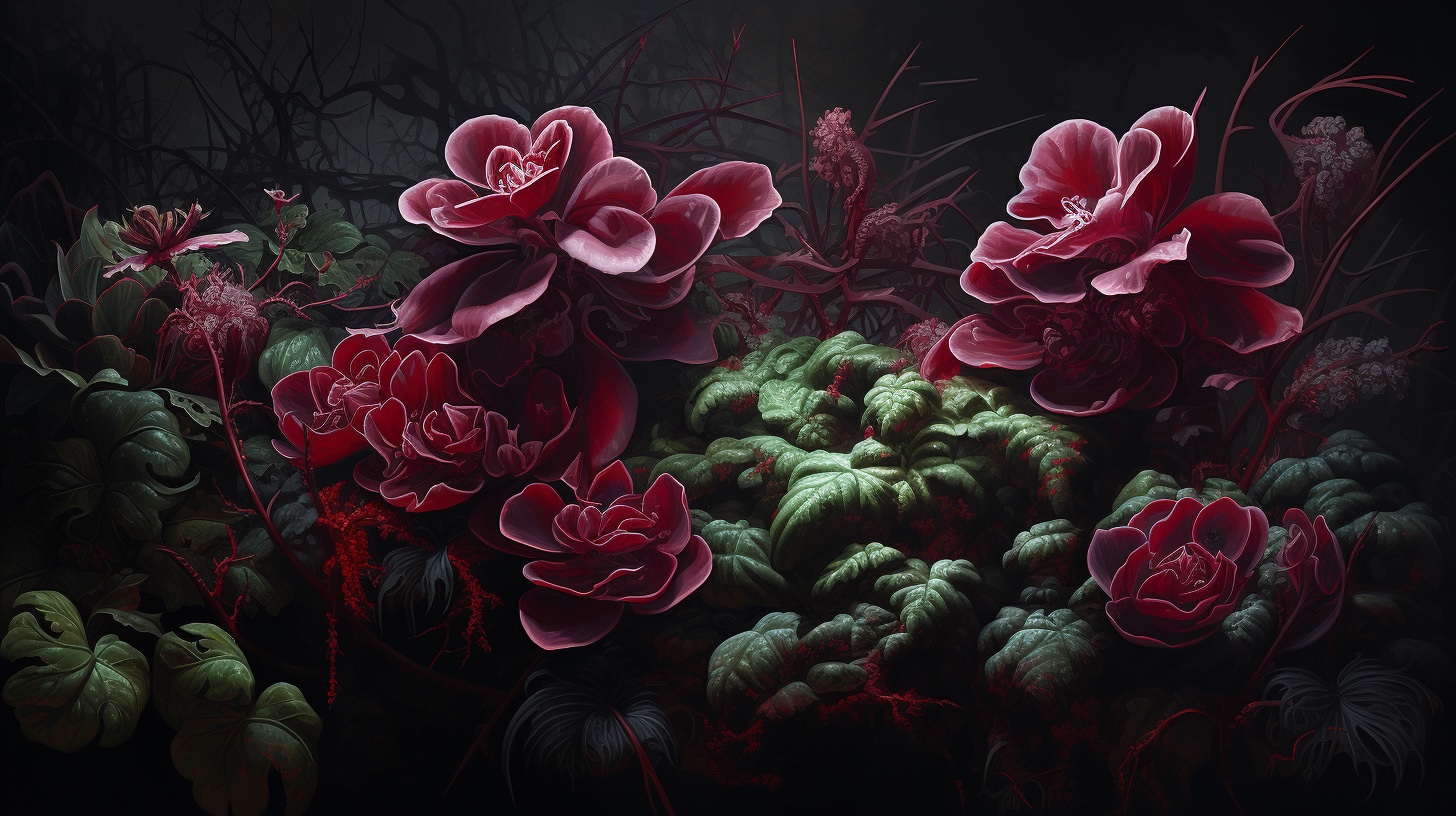
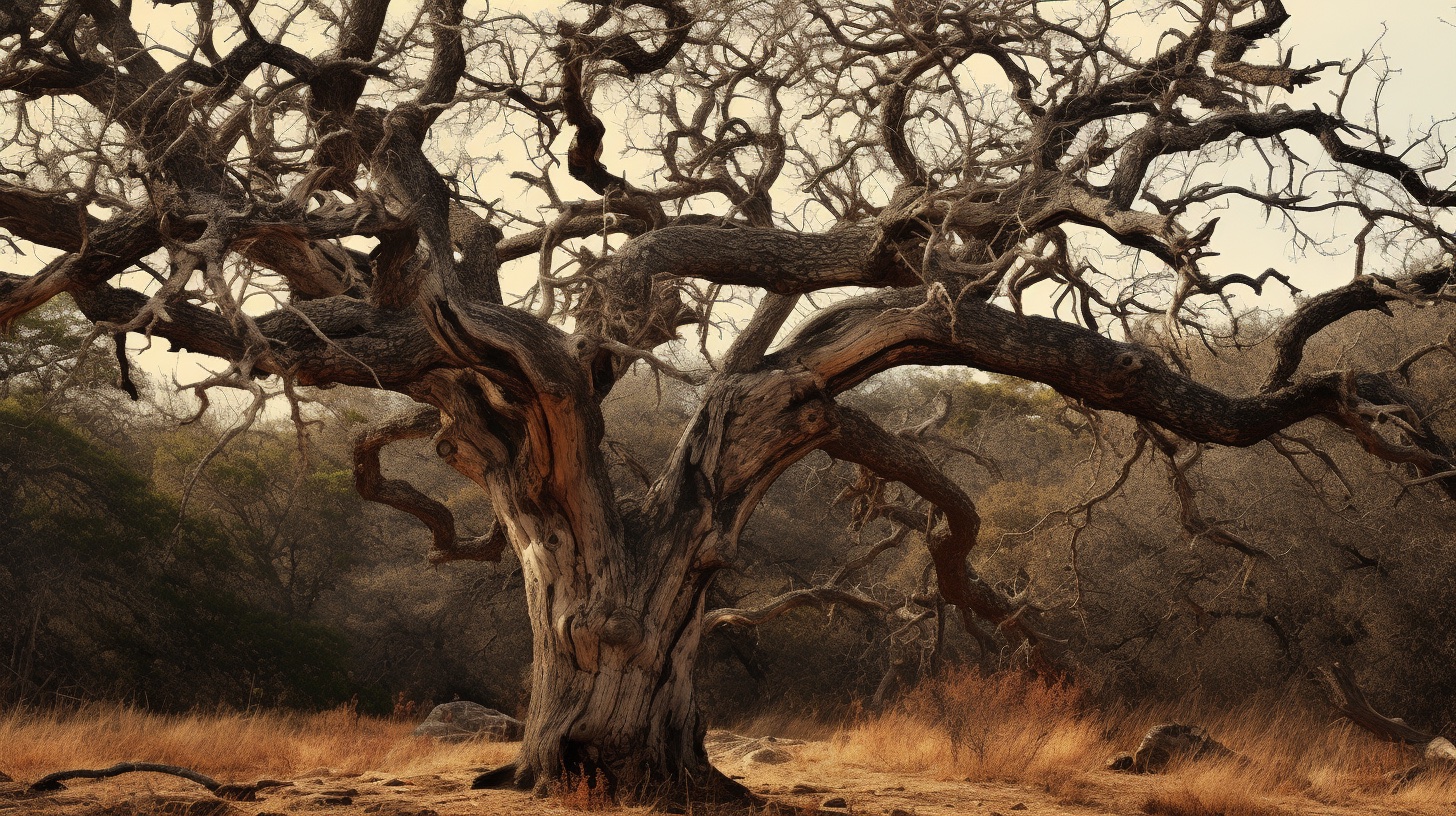
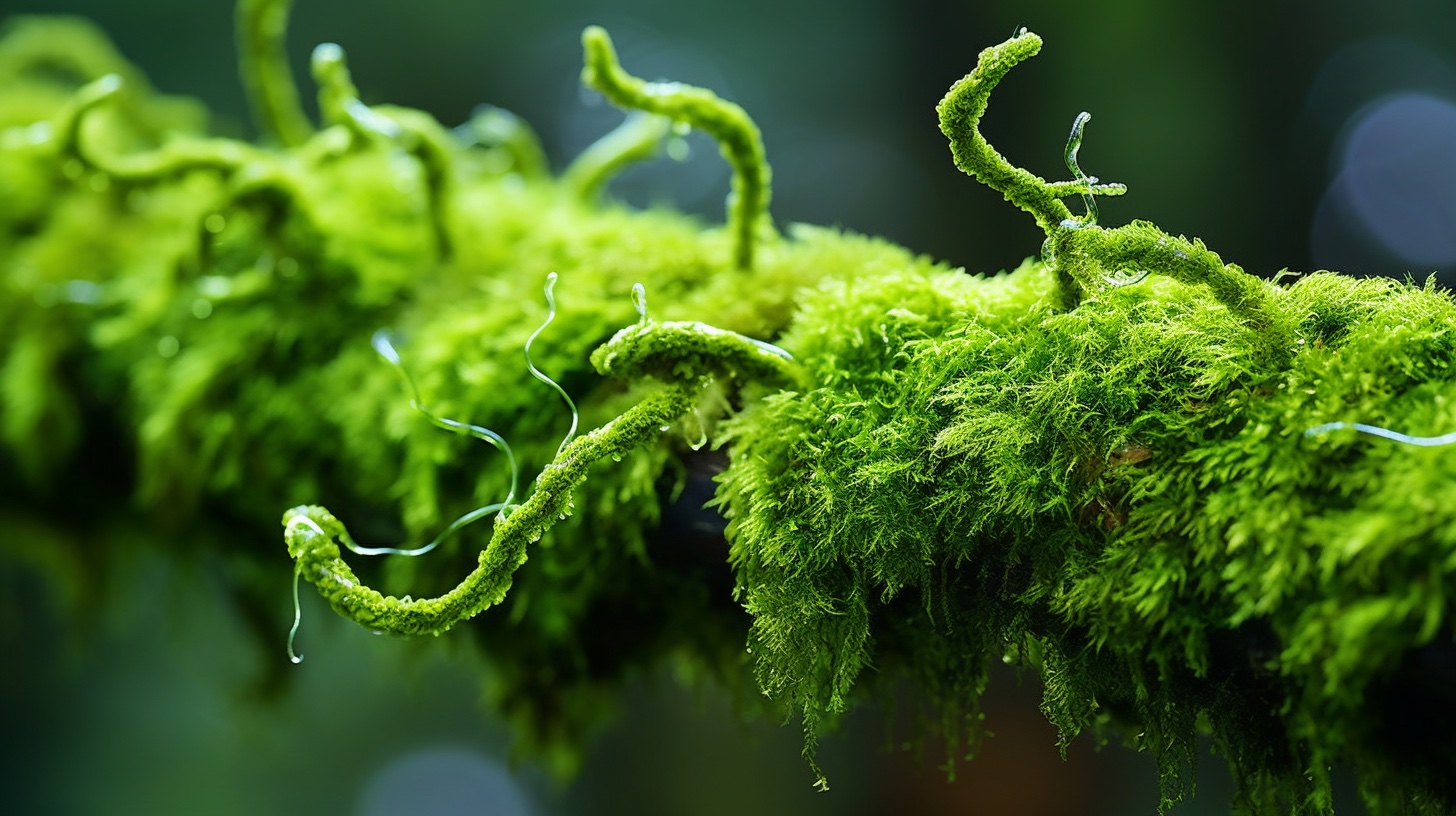
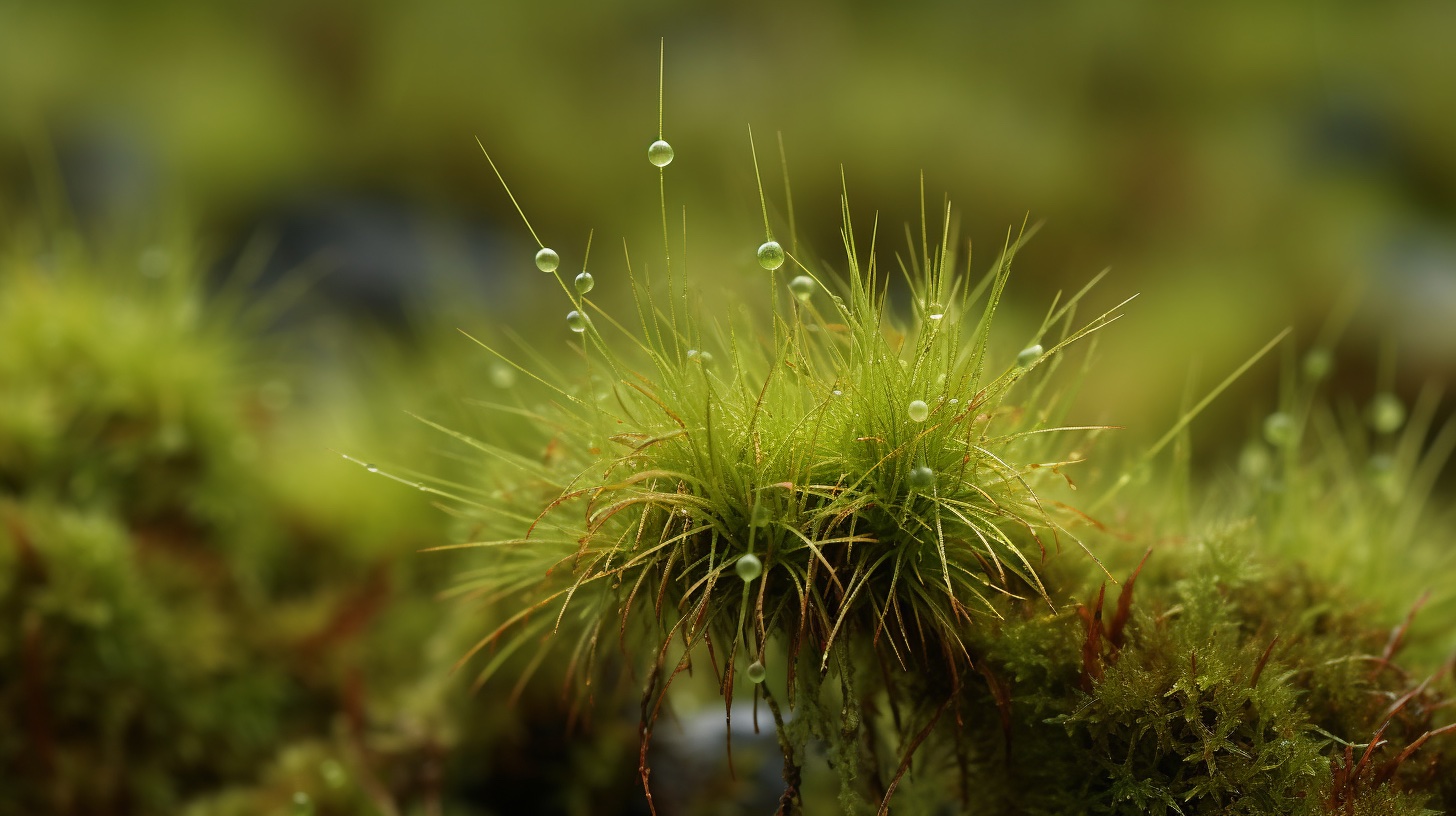

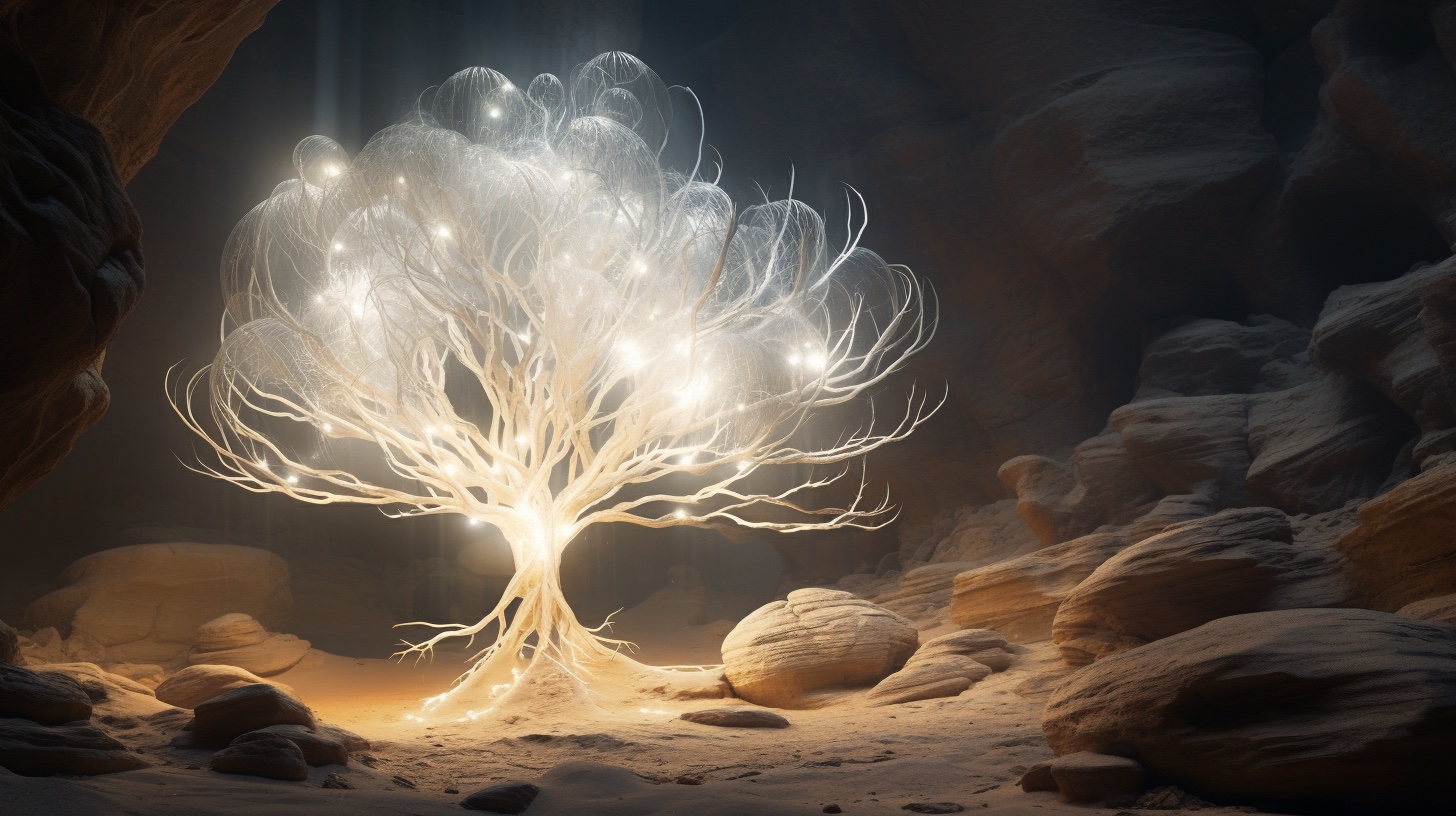
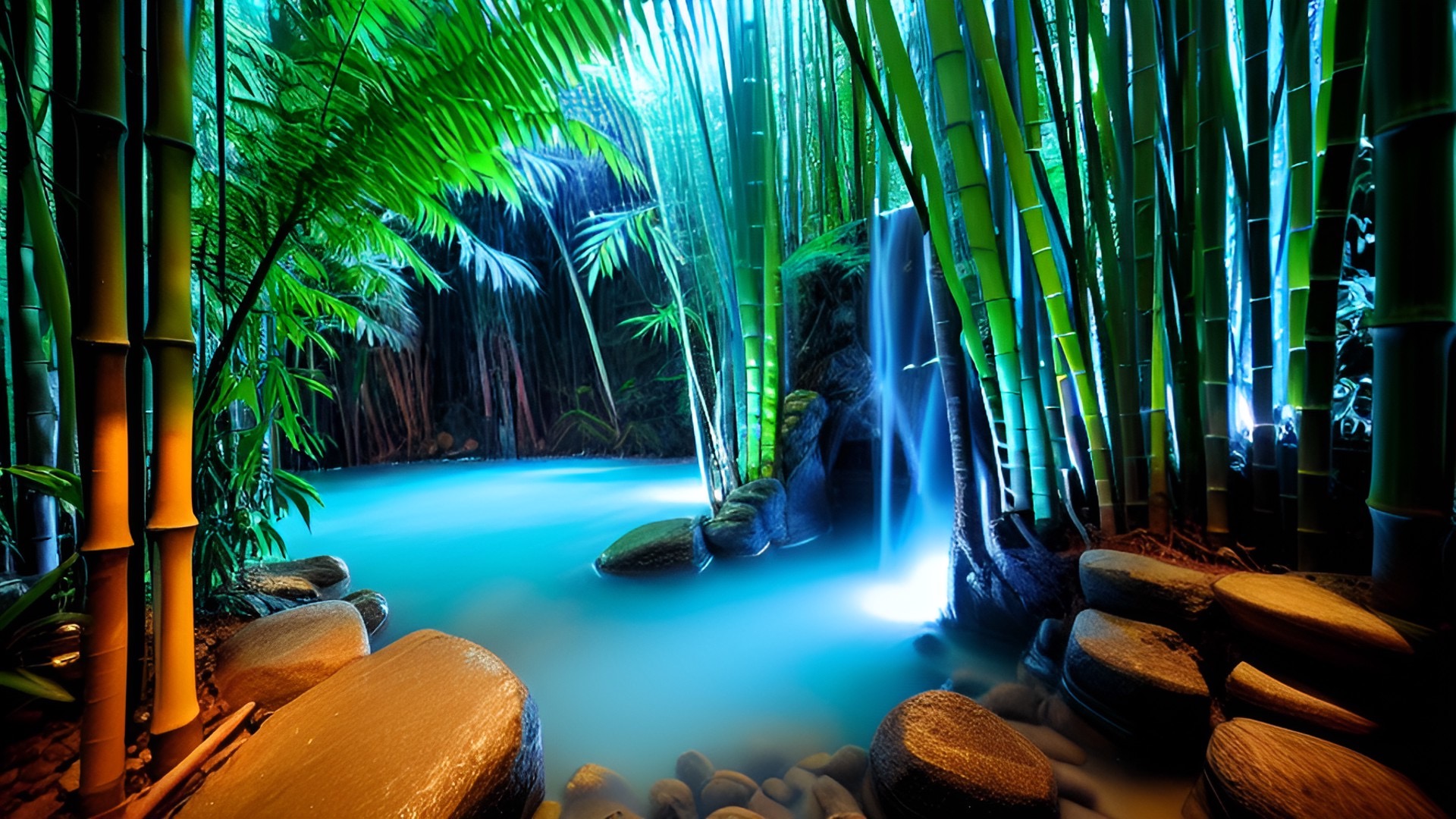
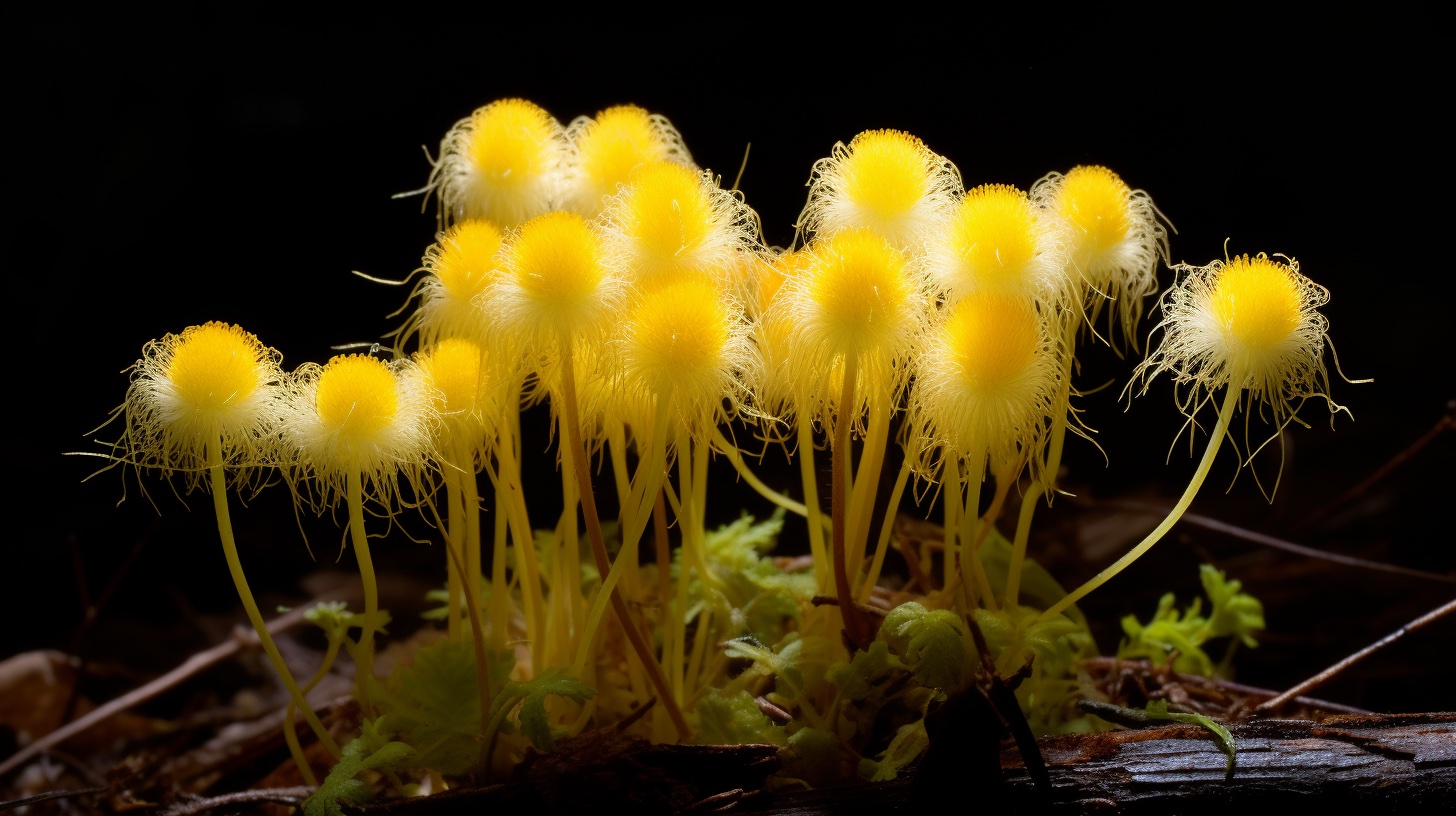
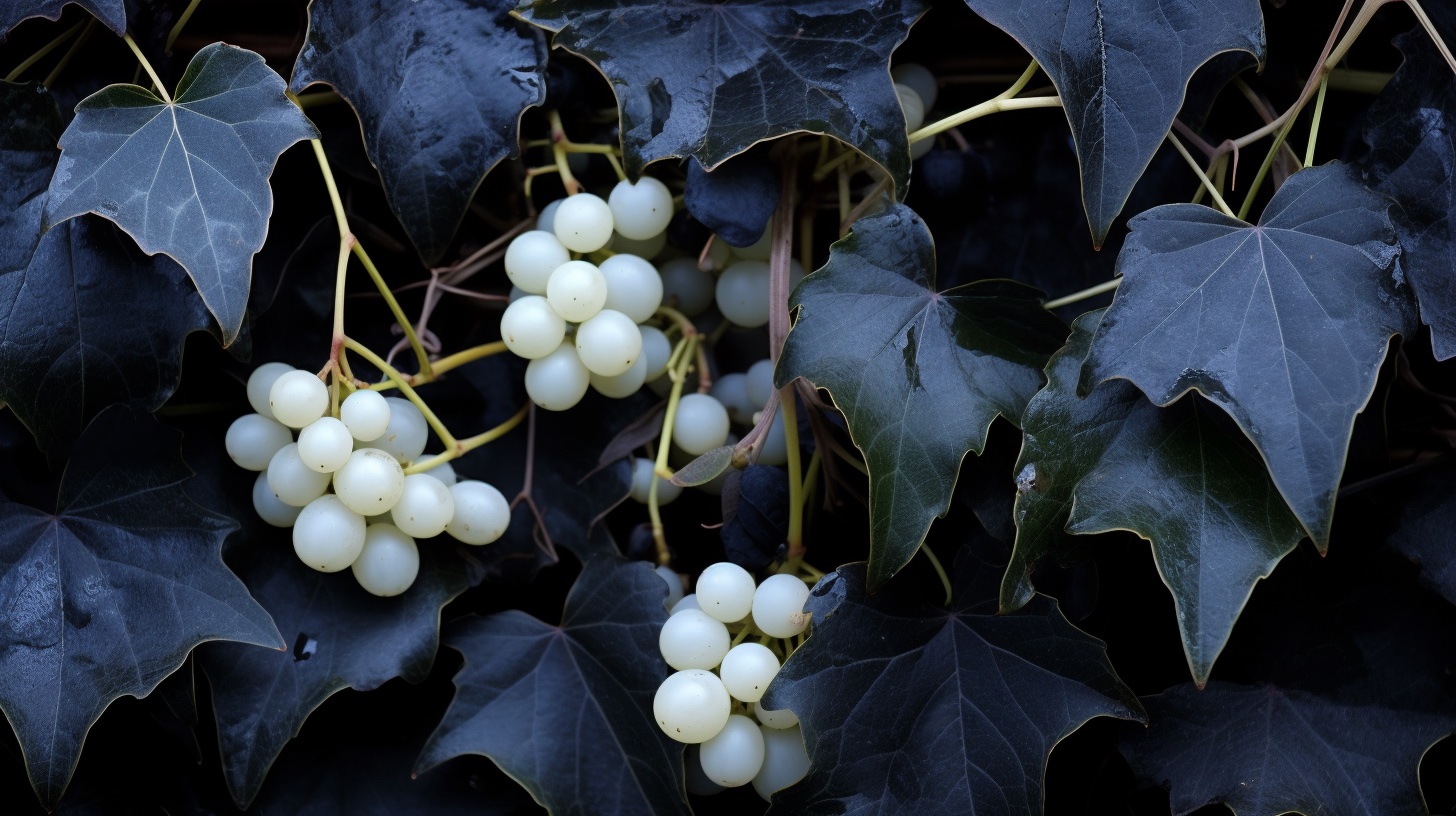
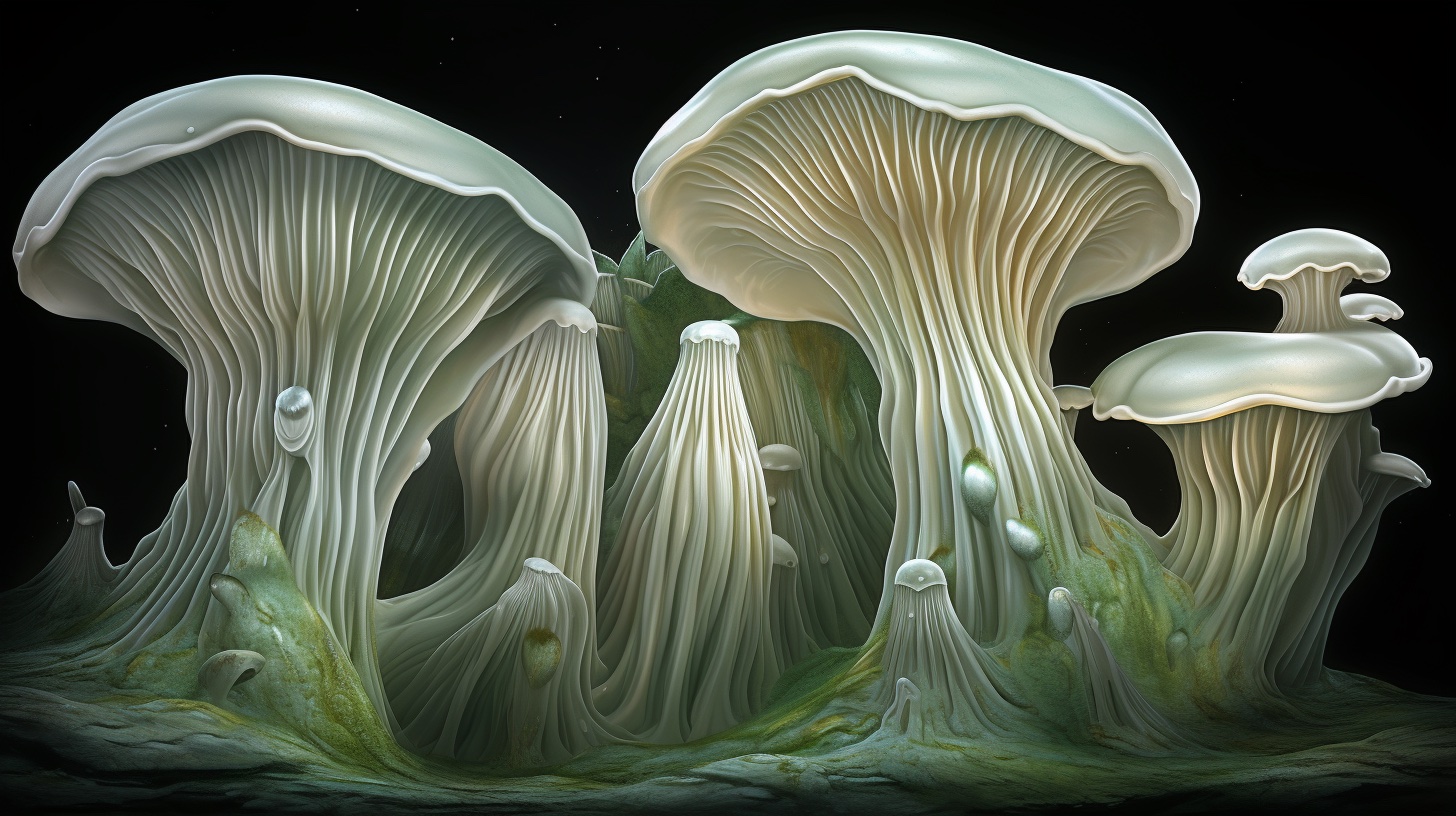
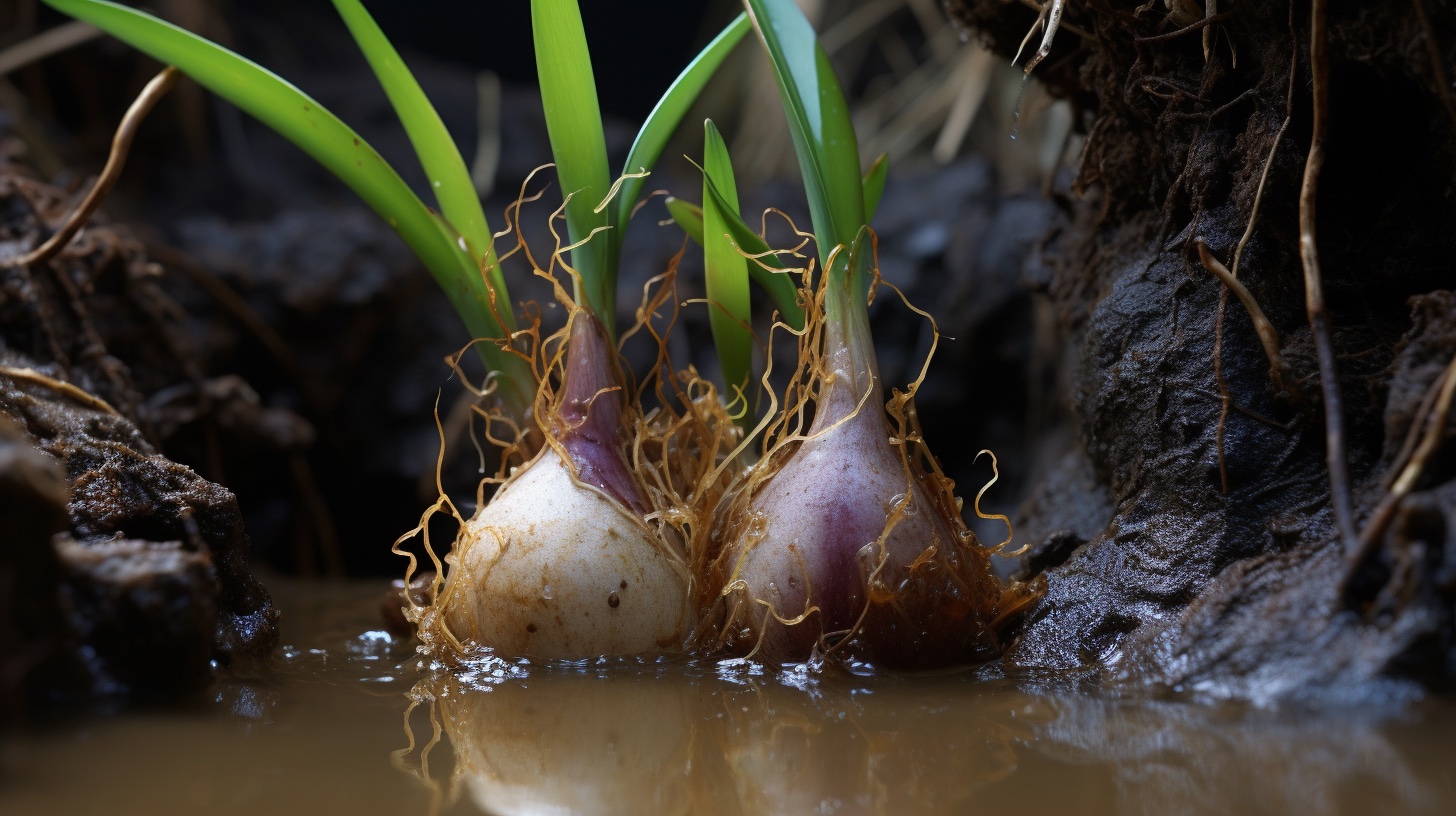
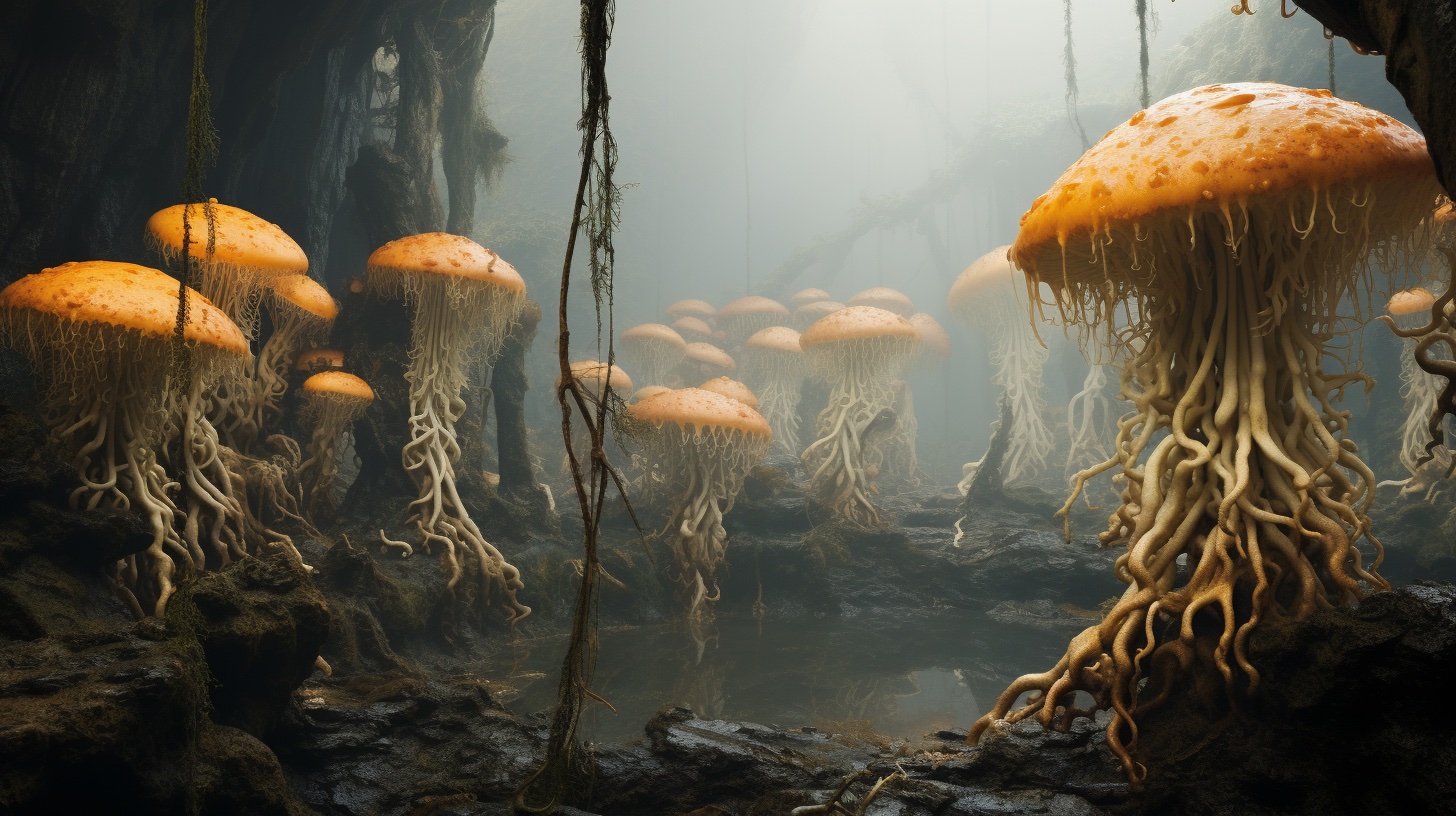
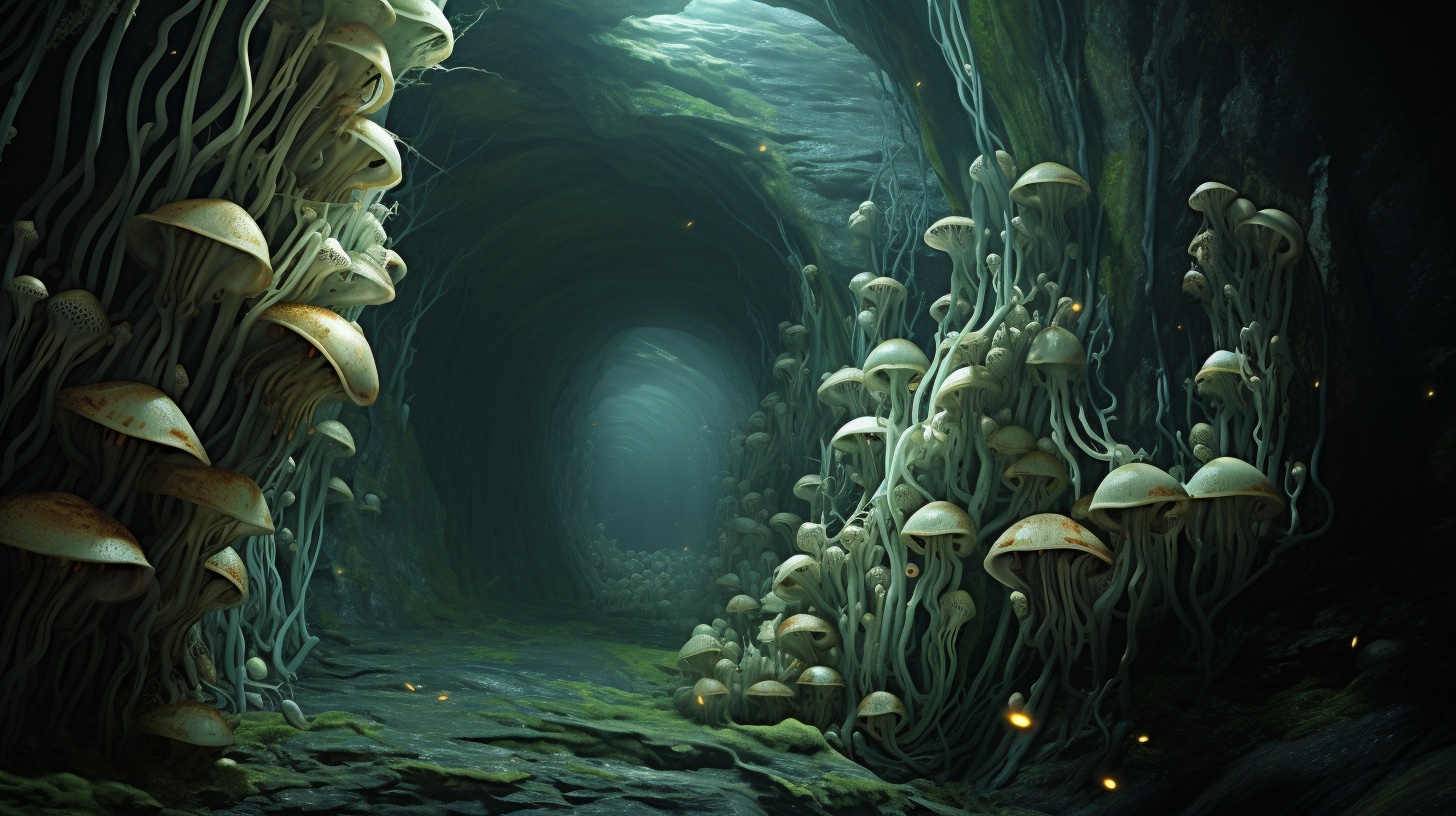
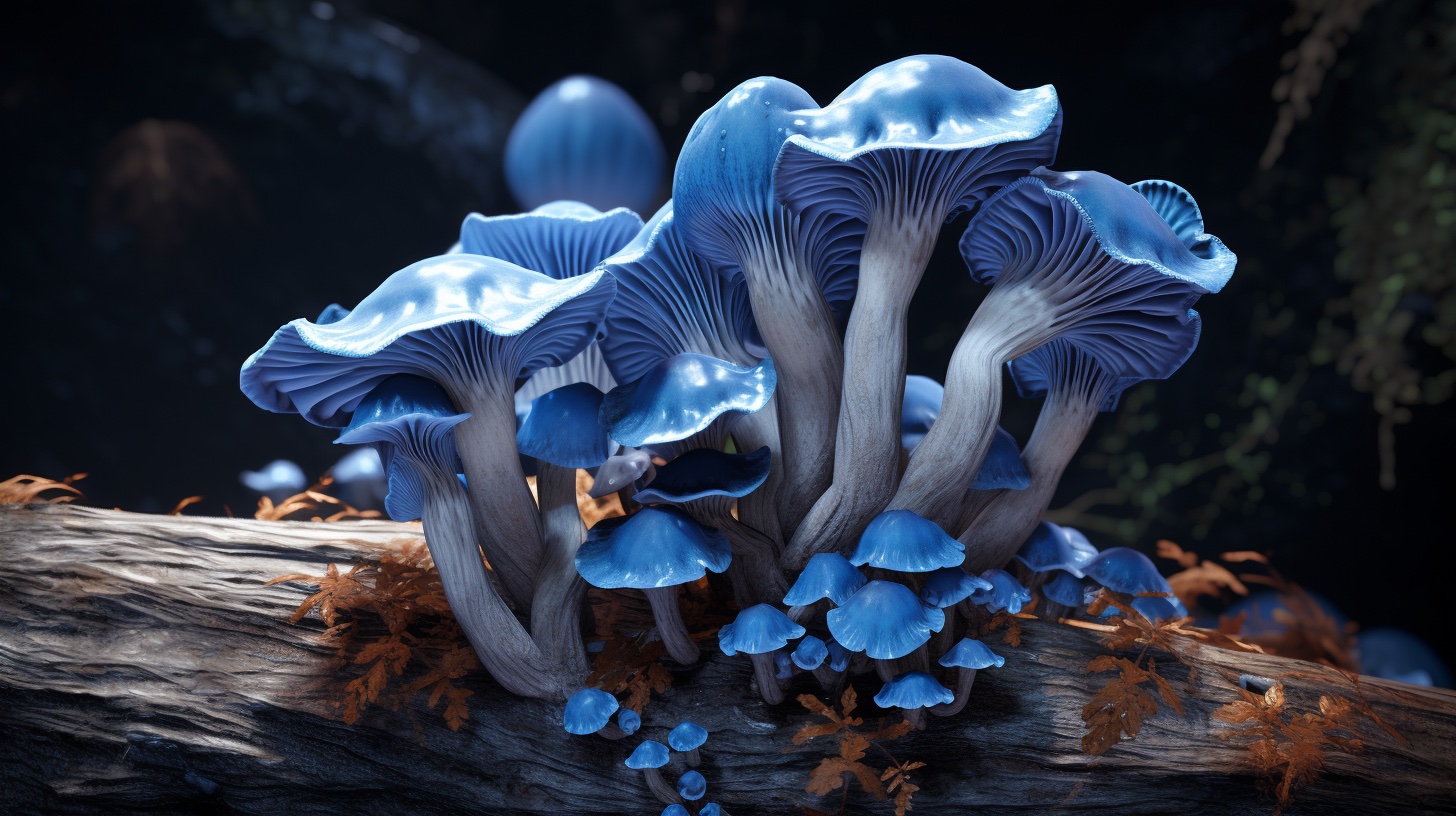
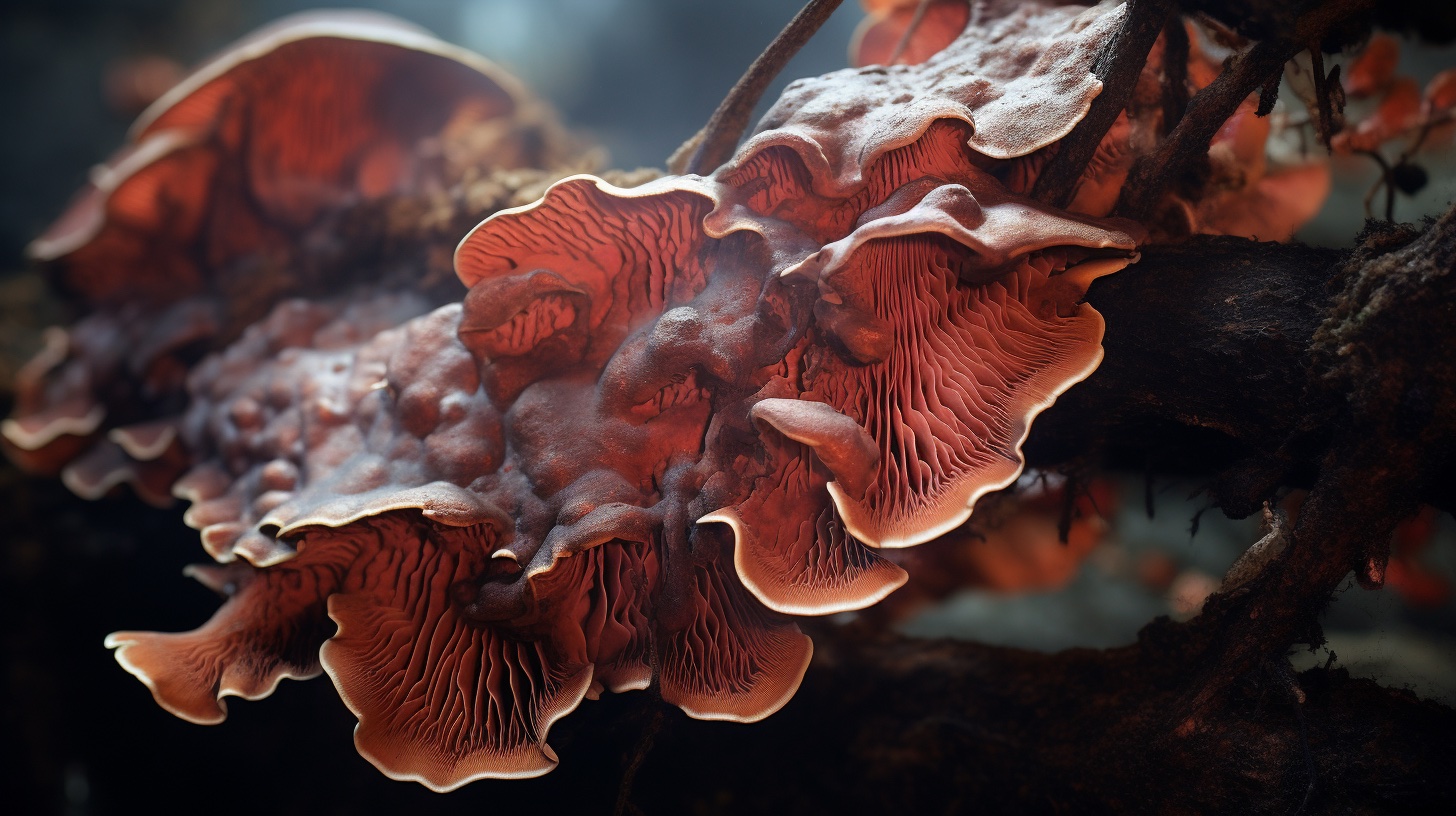
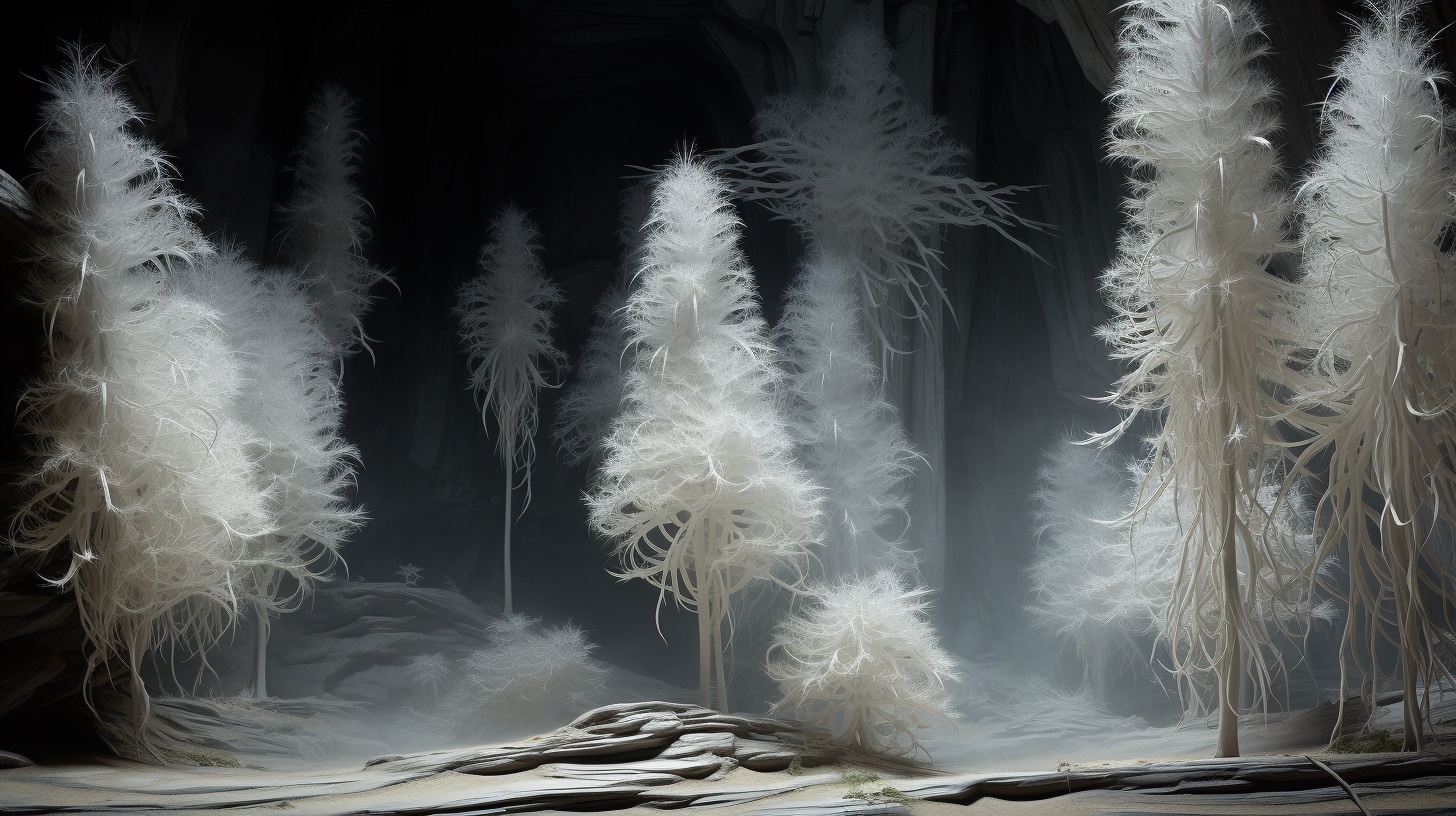
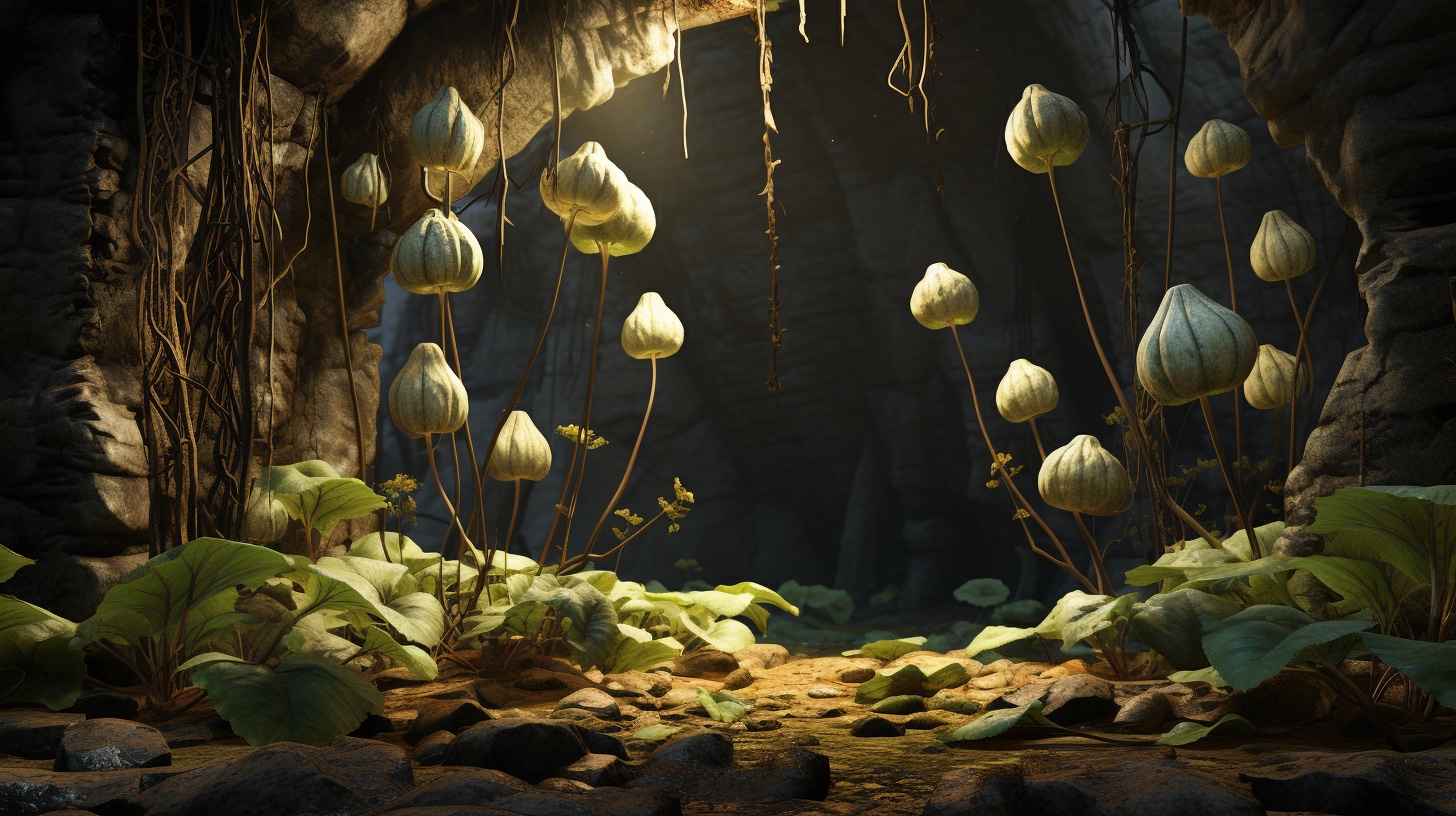
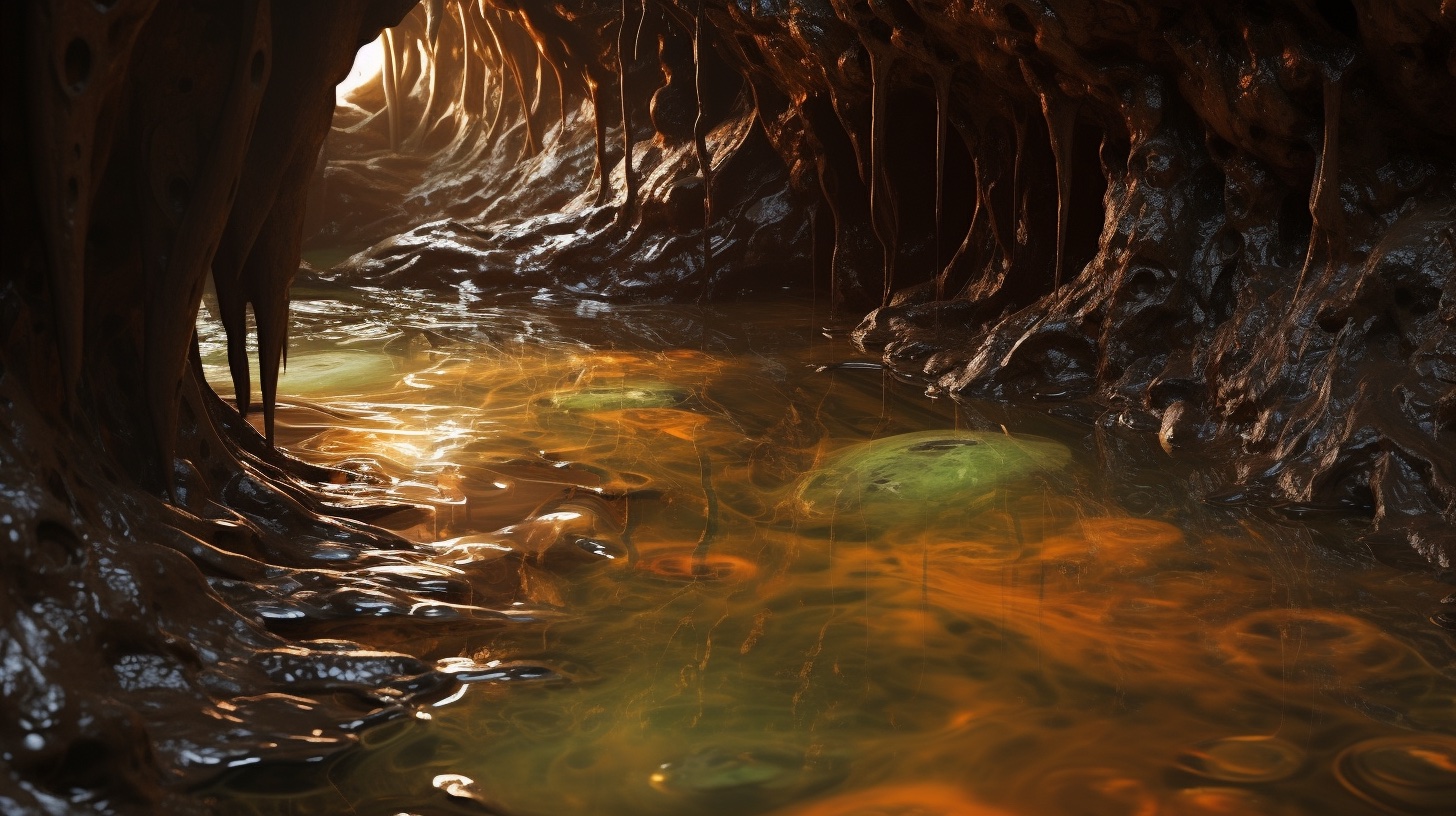
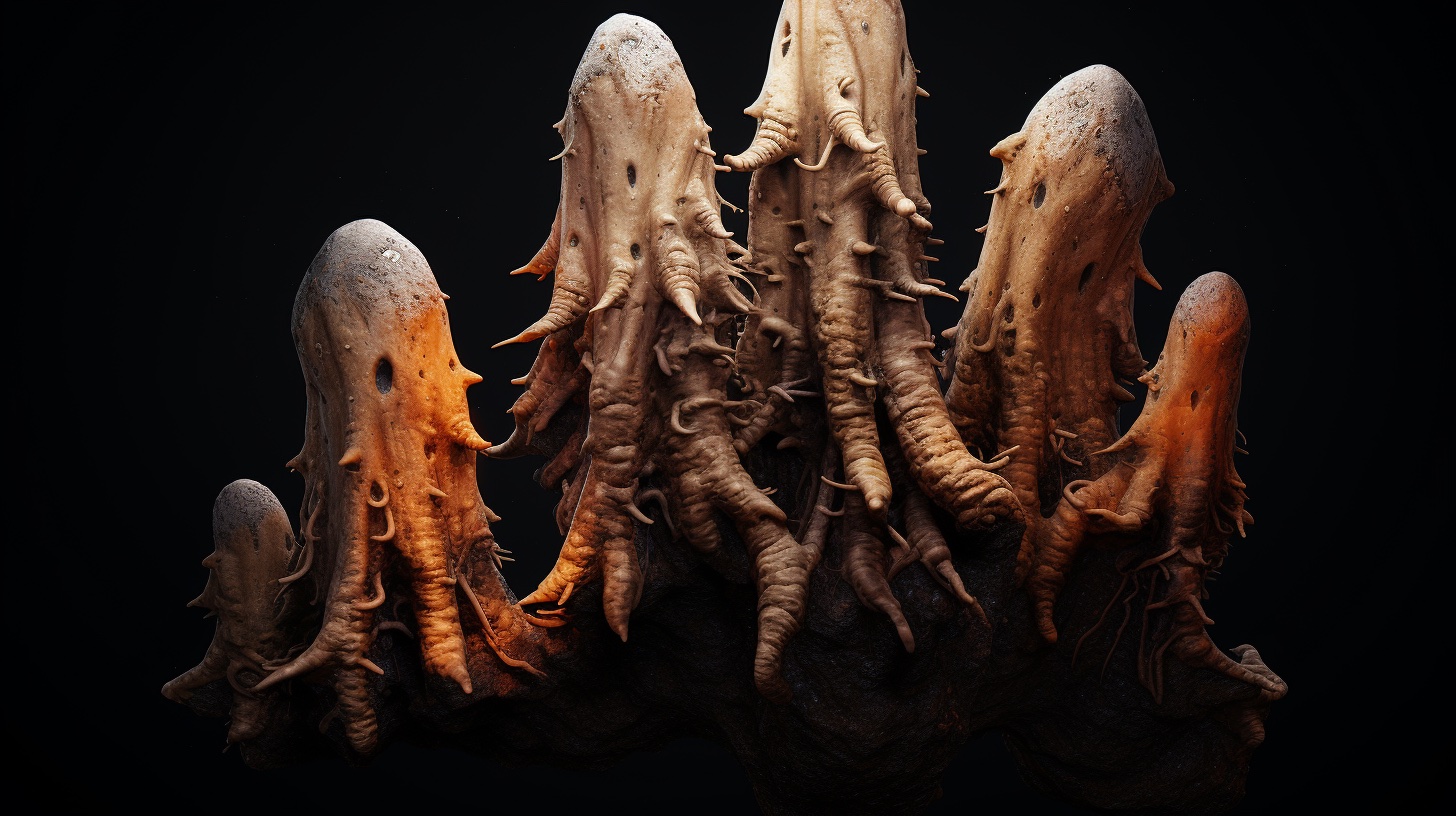


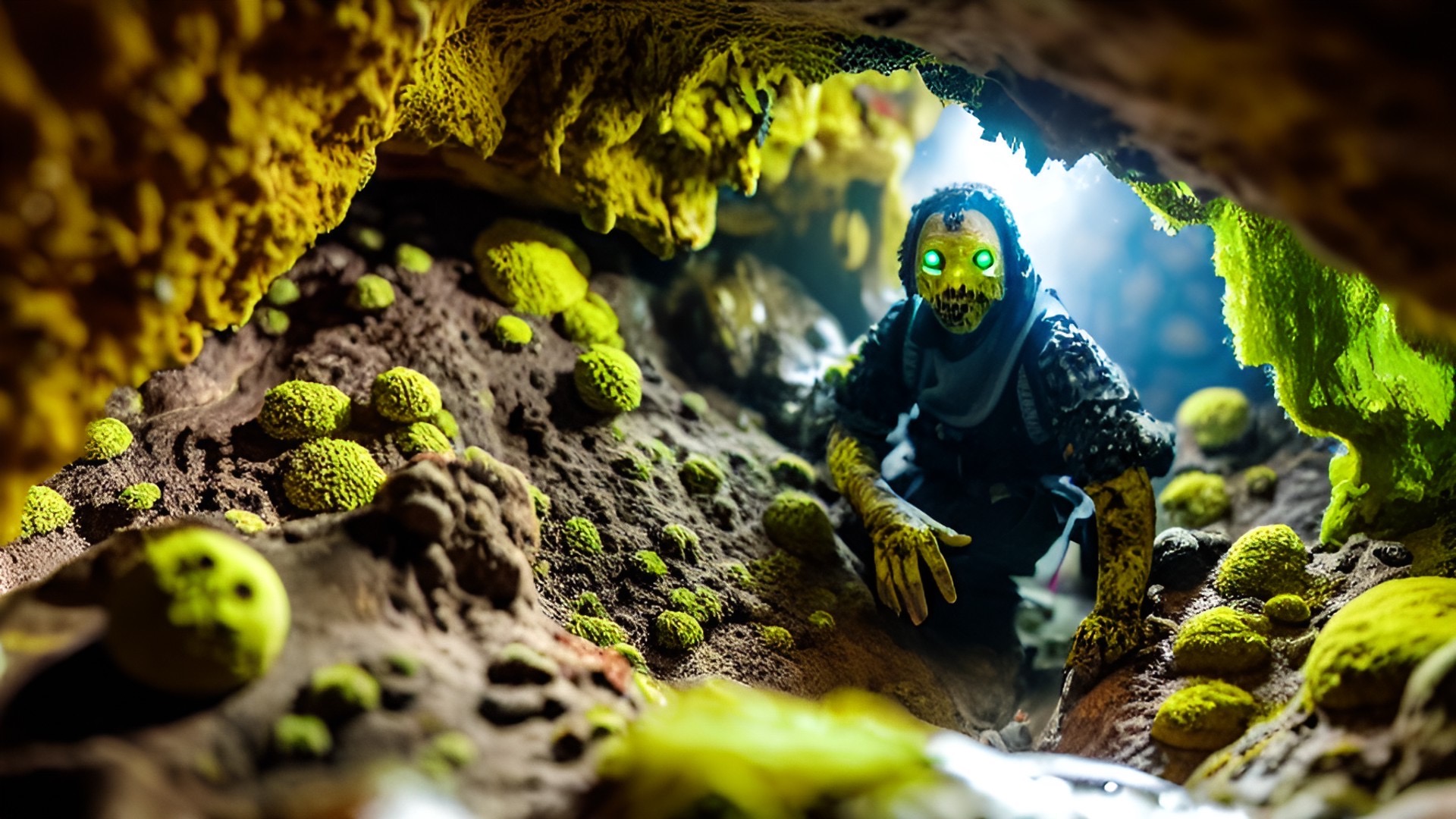
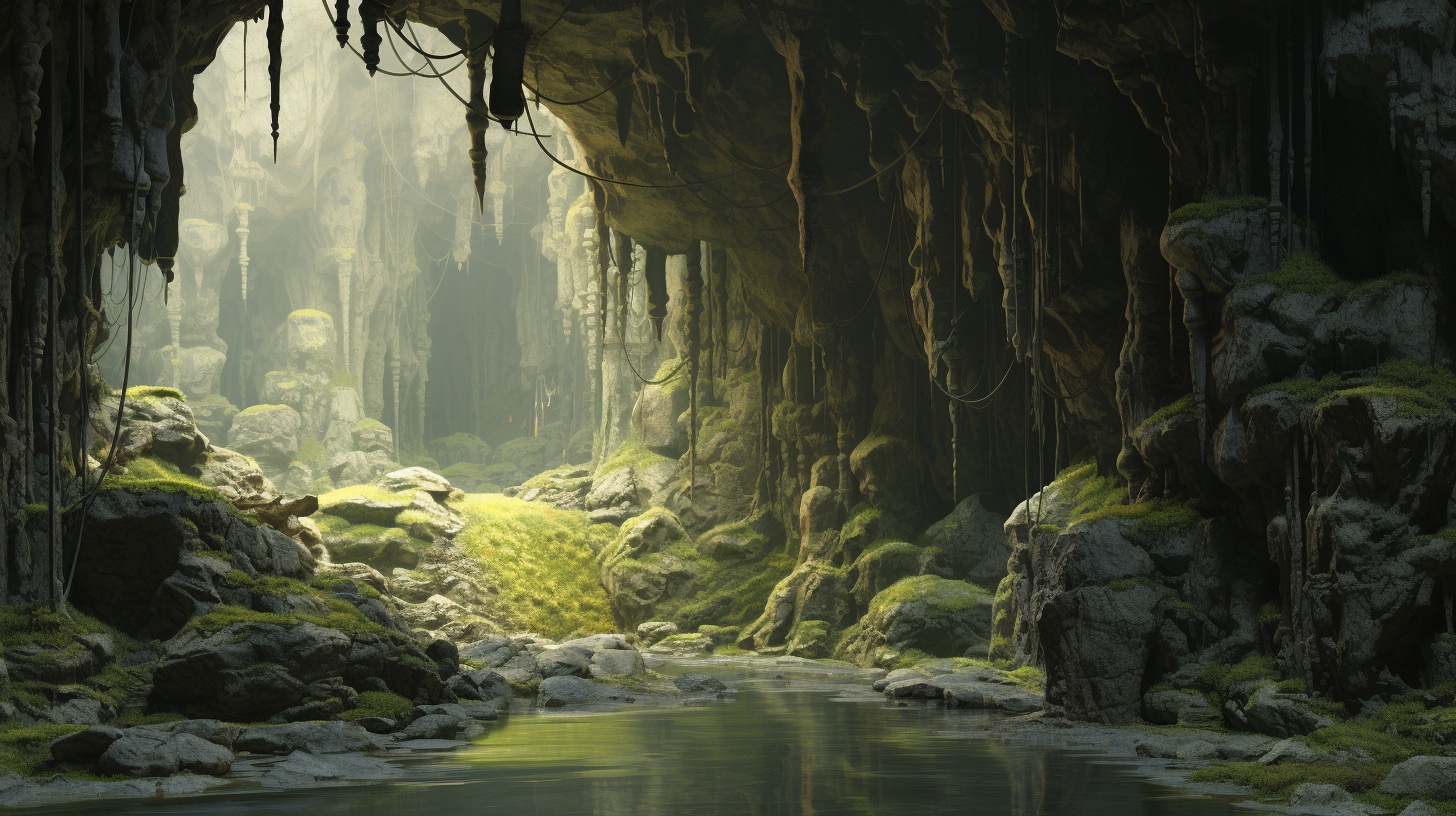
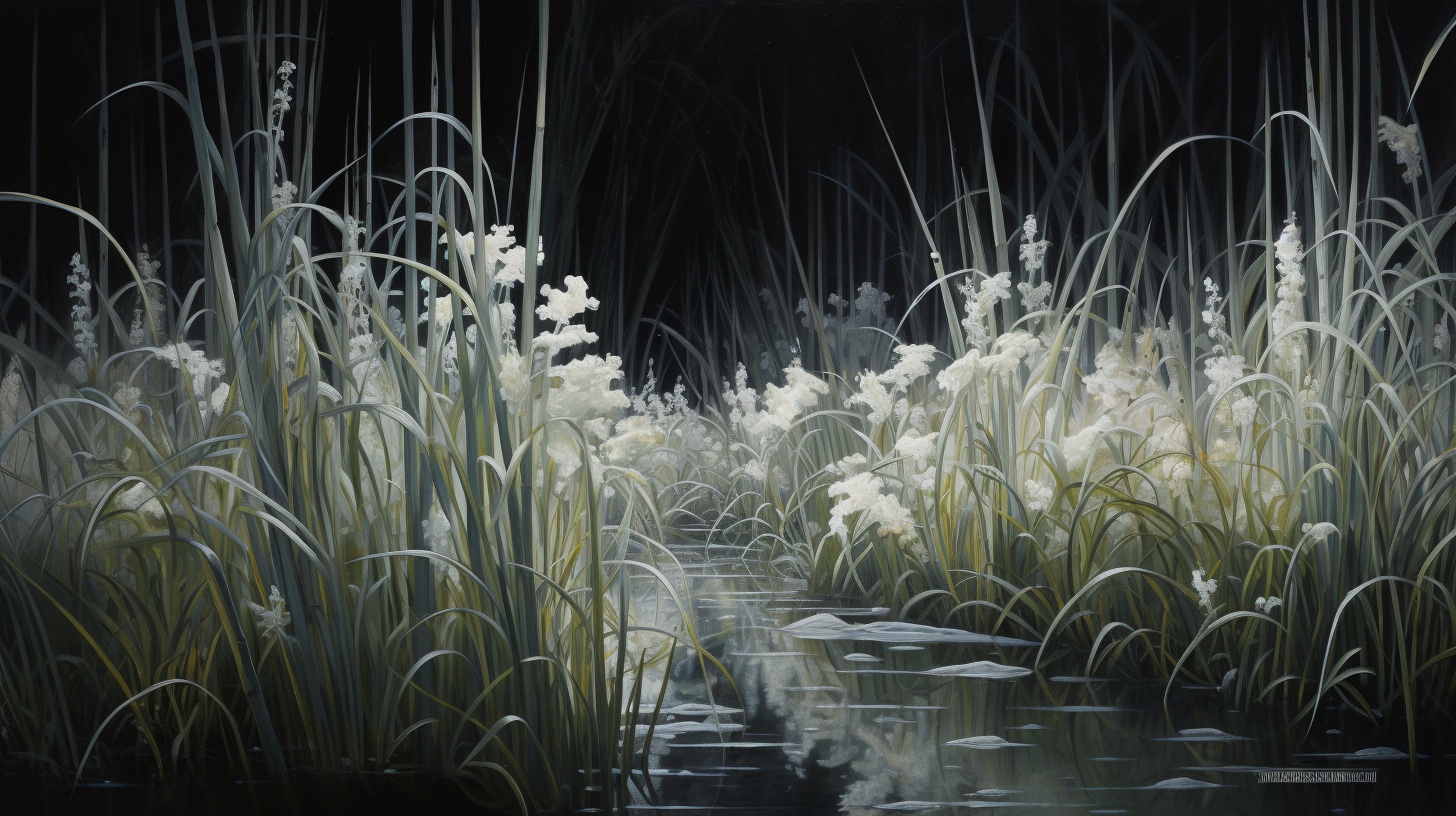
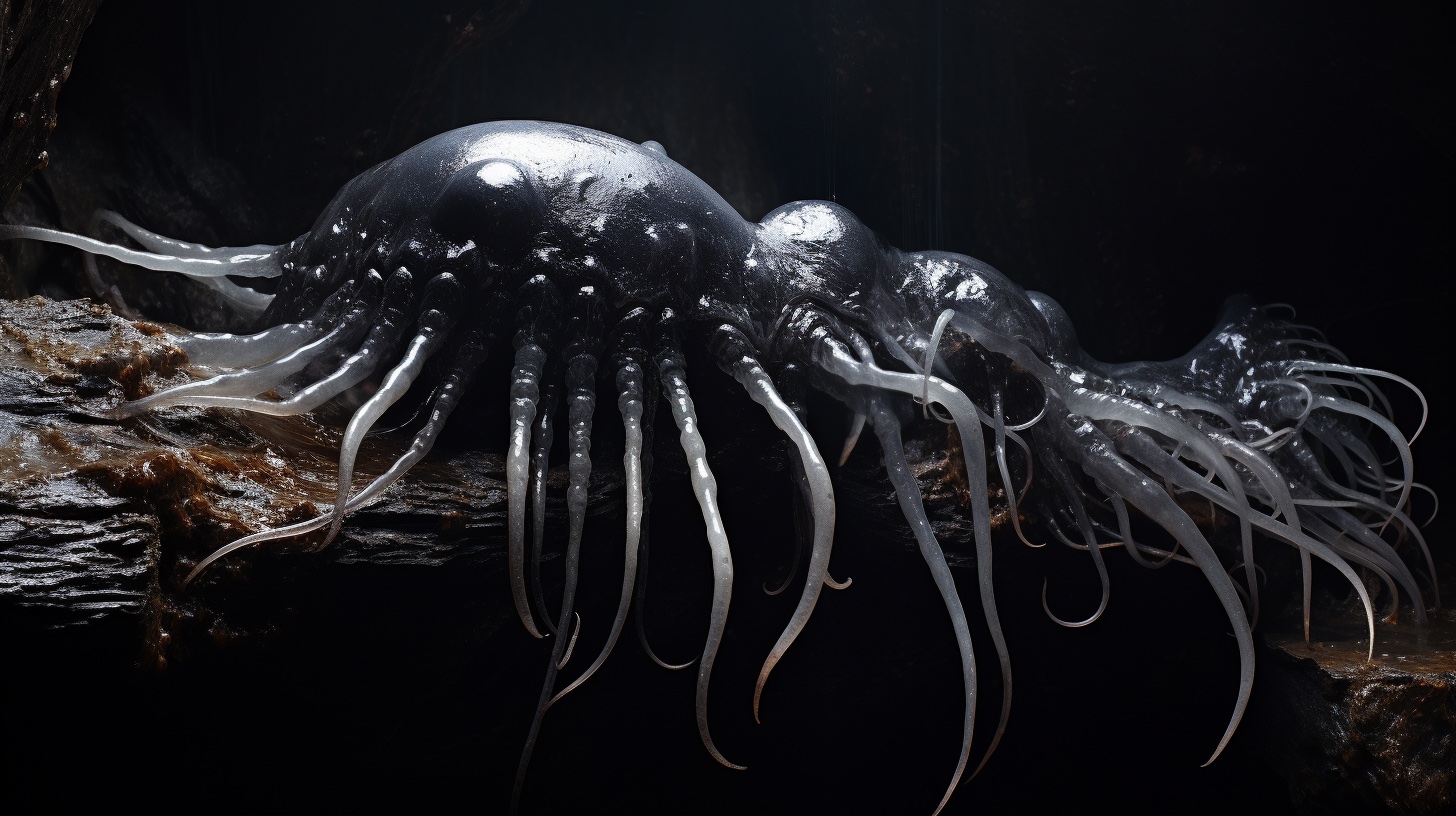
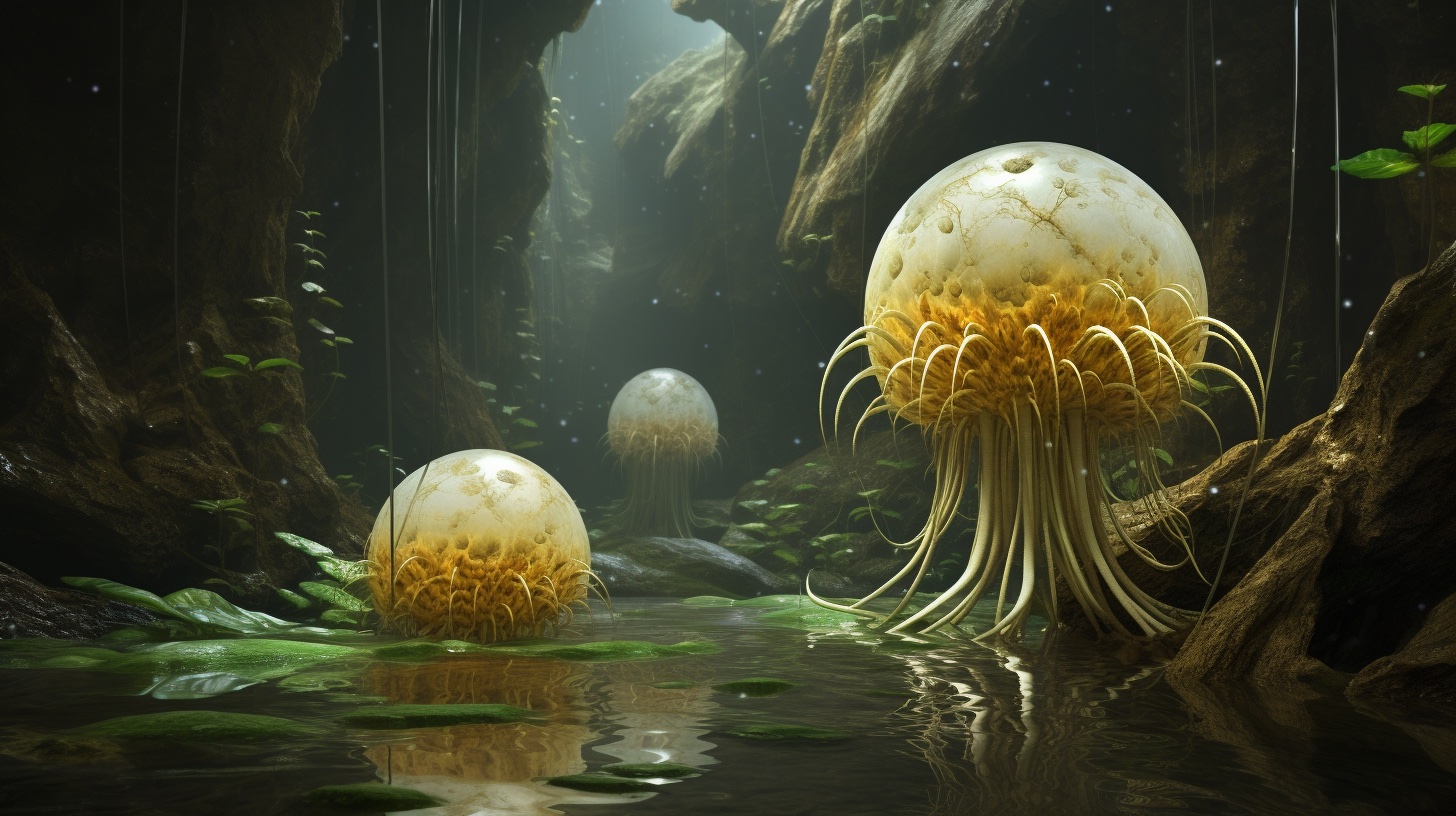


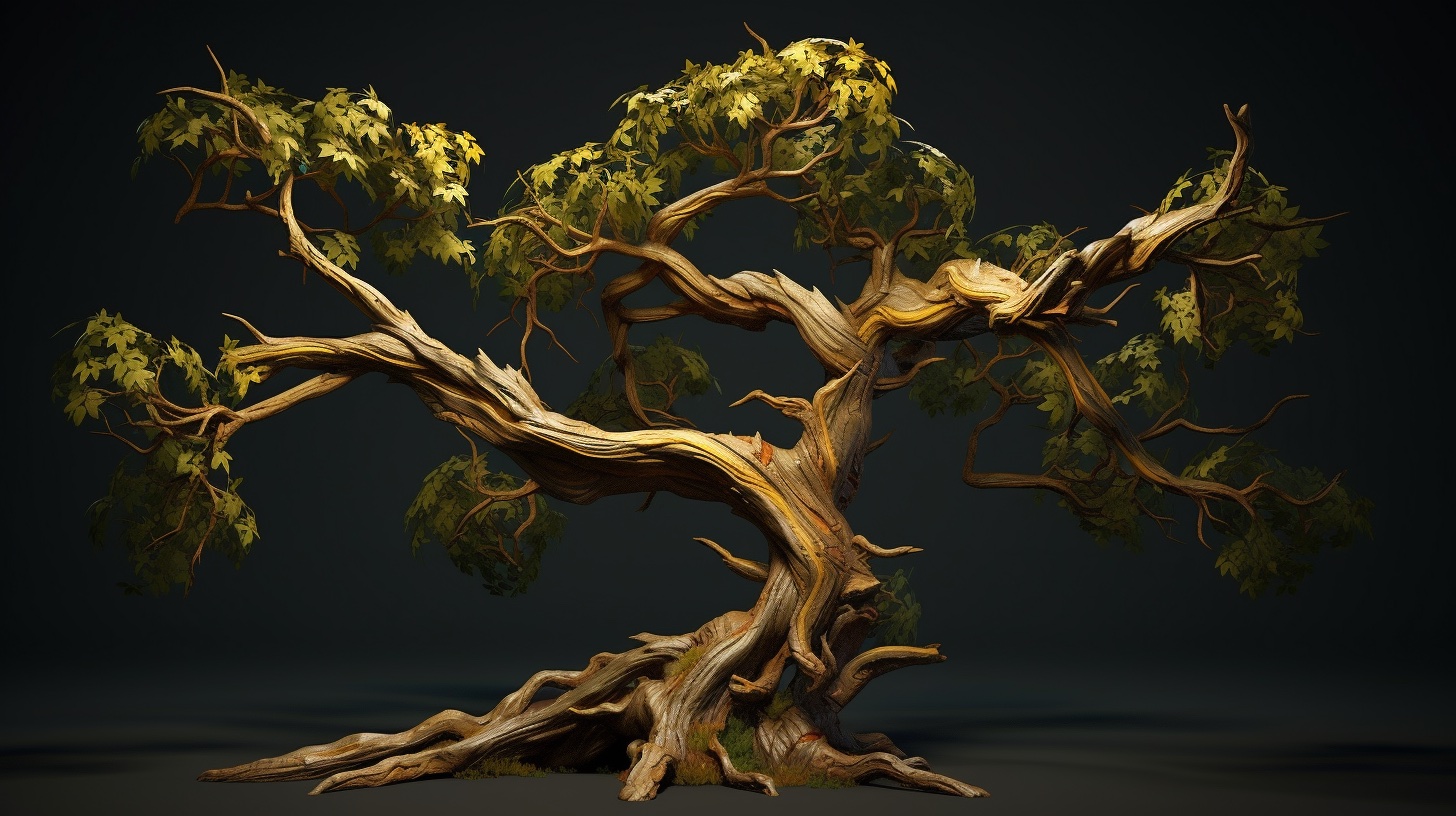

Comments